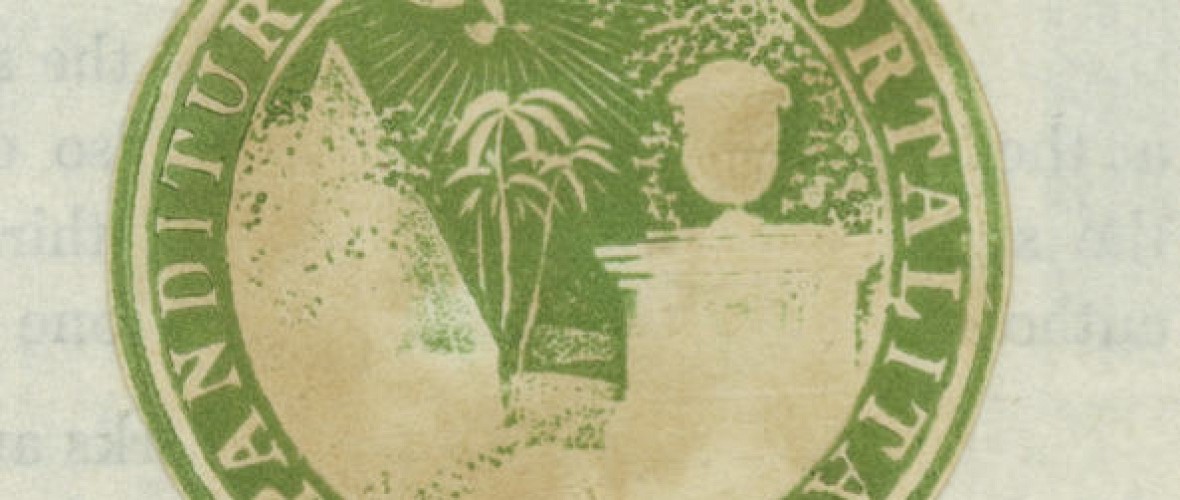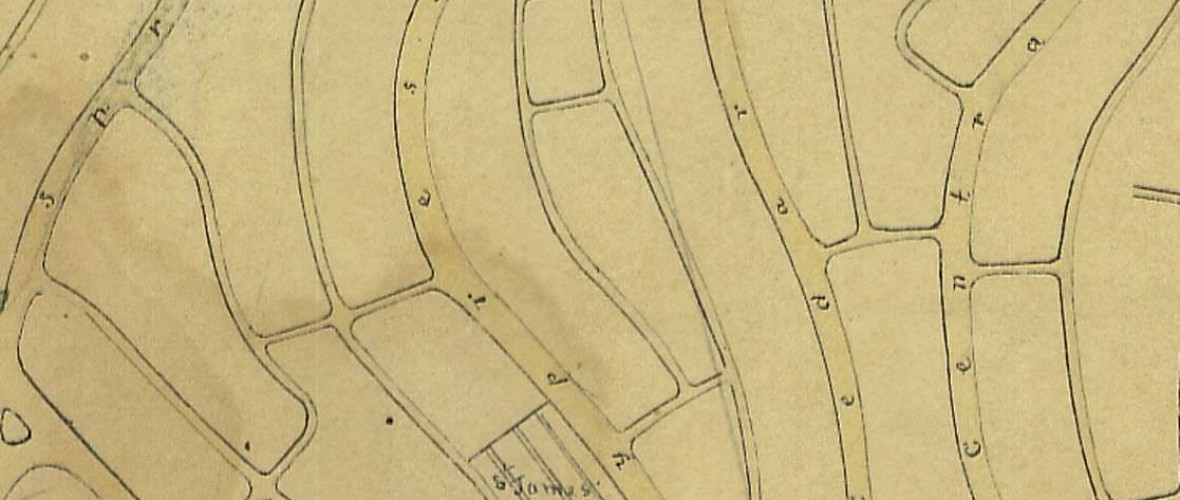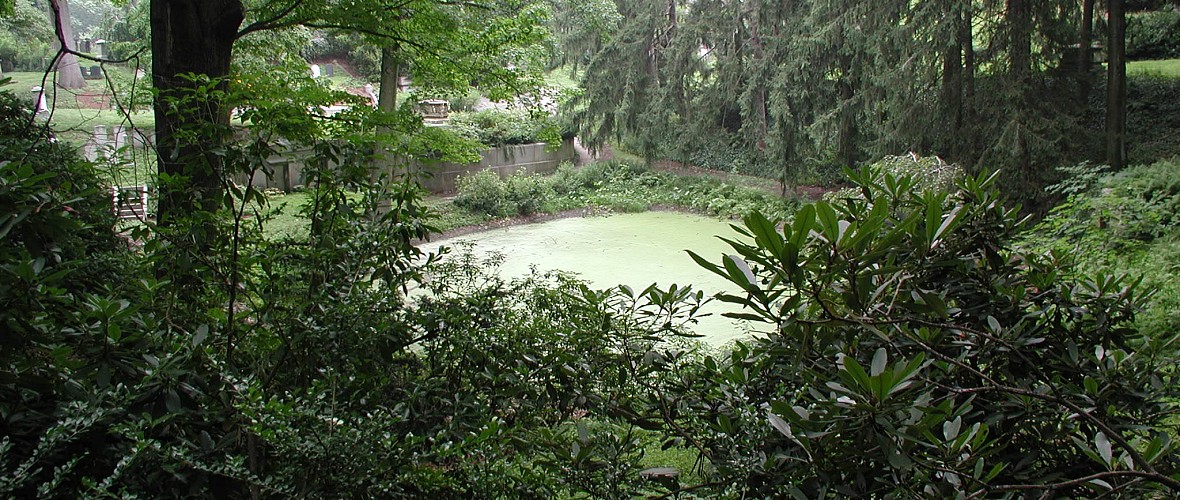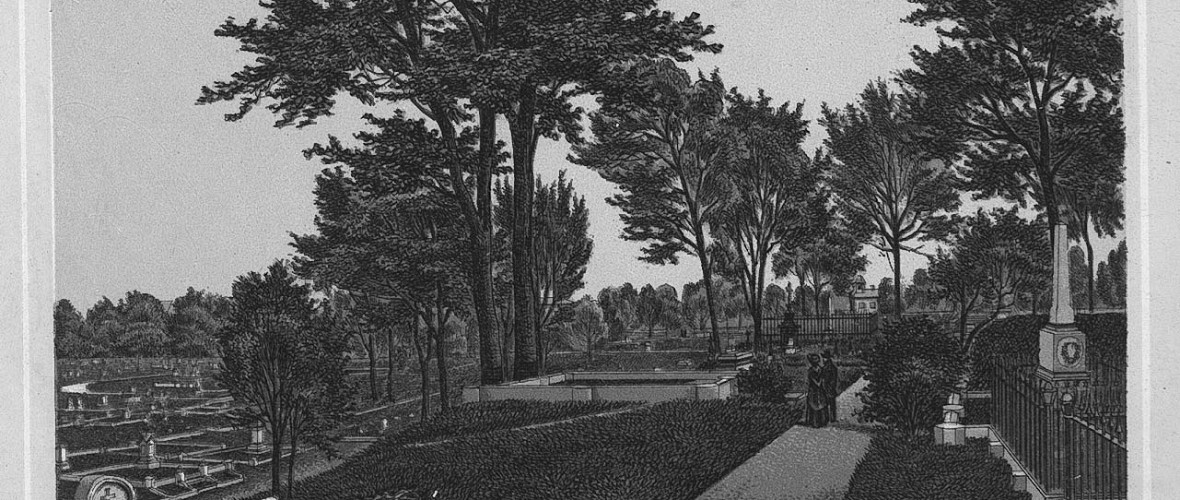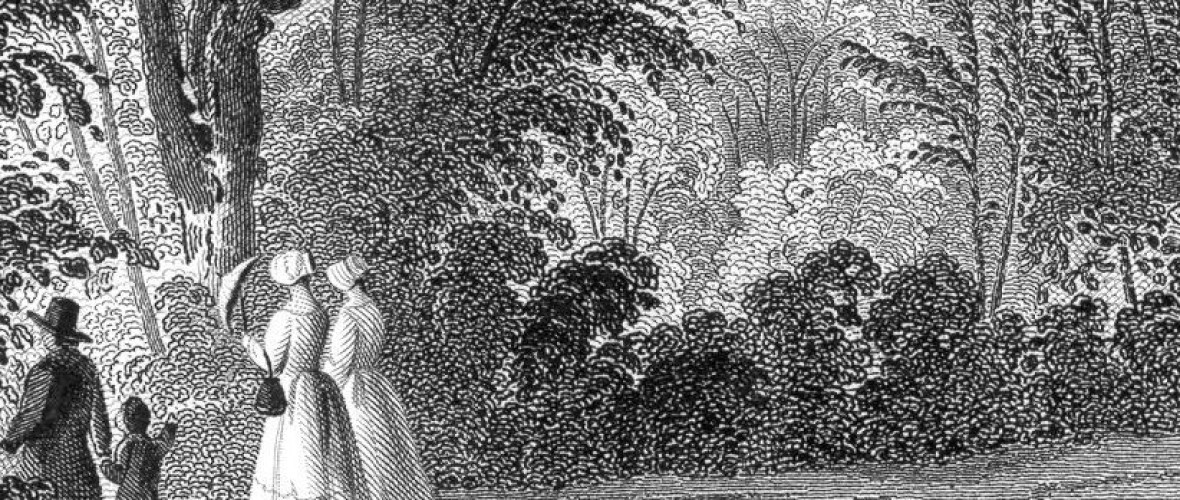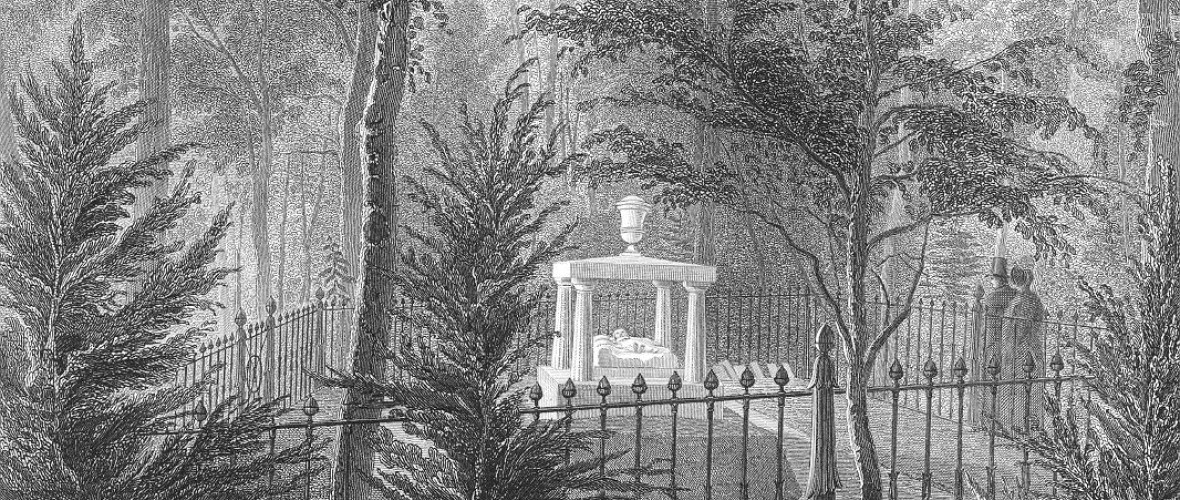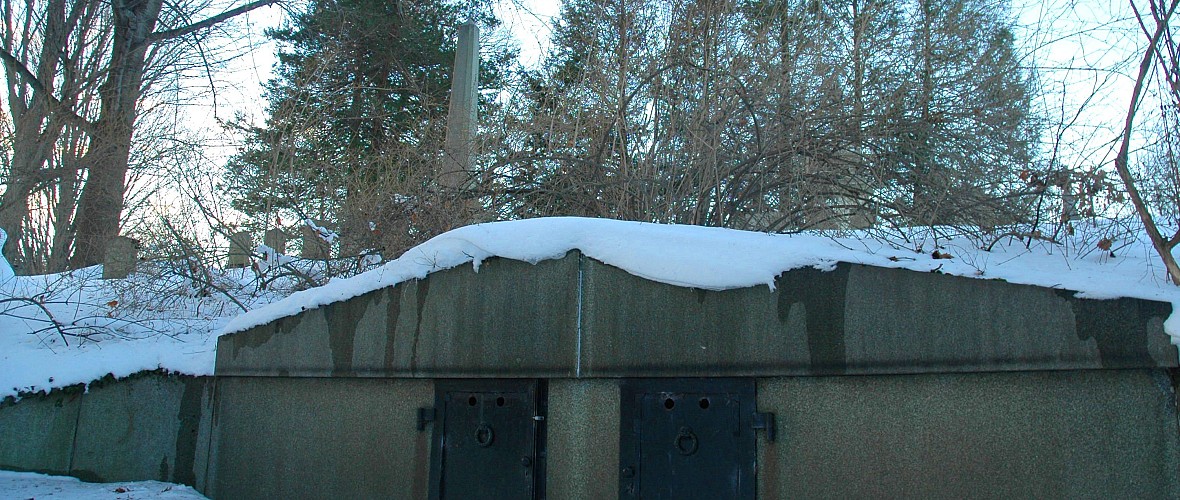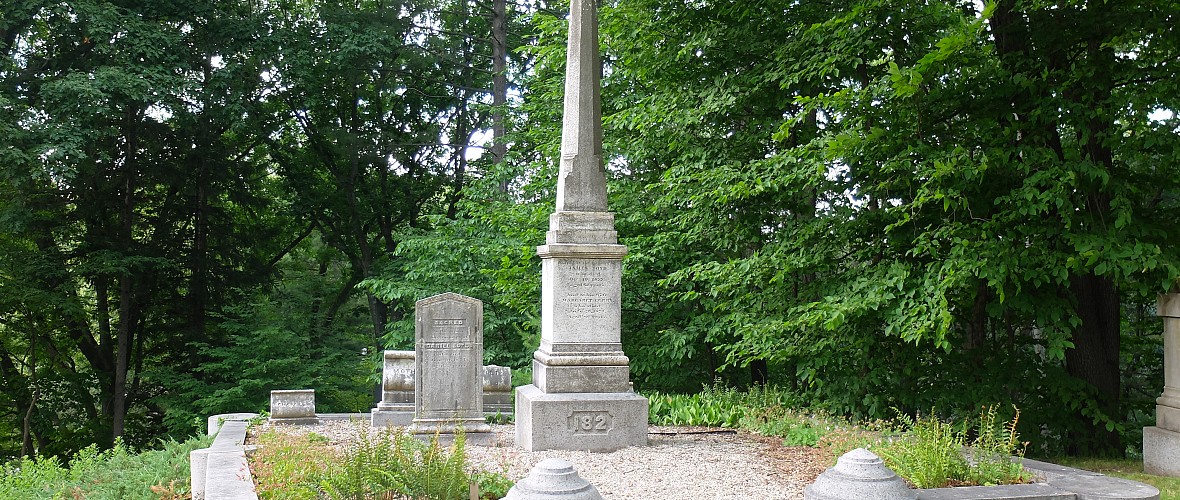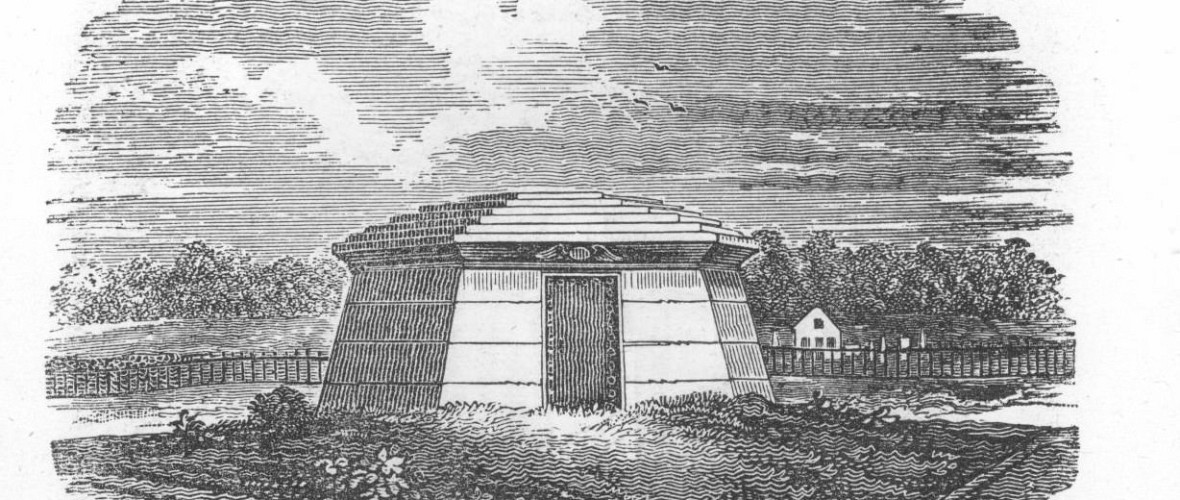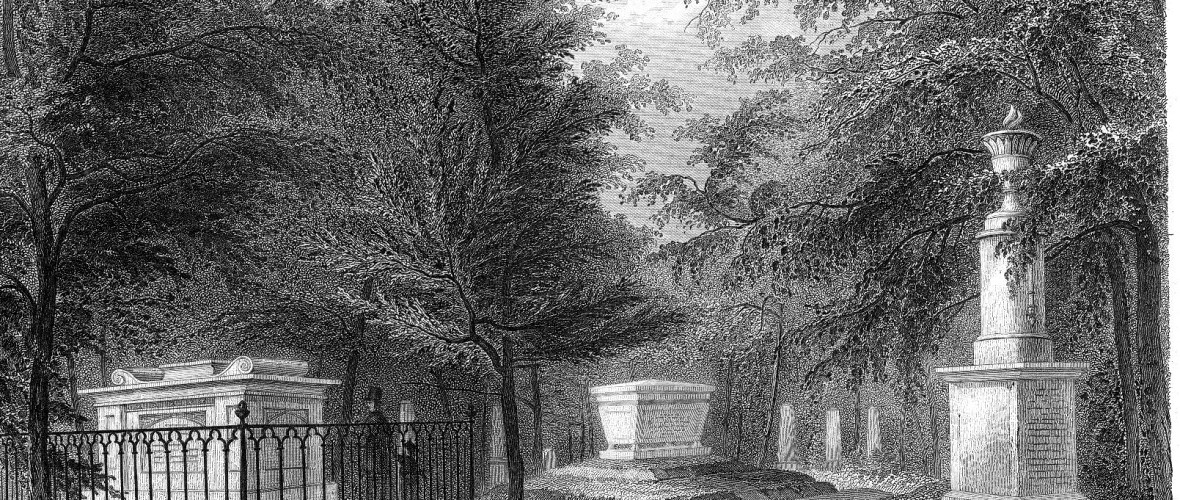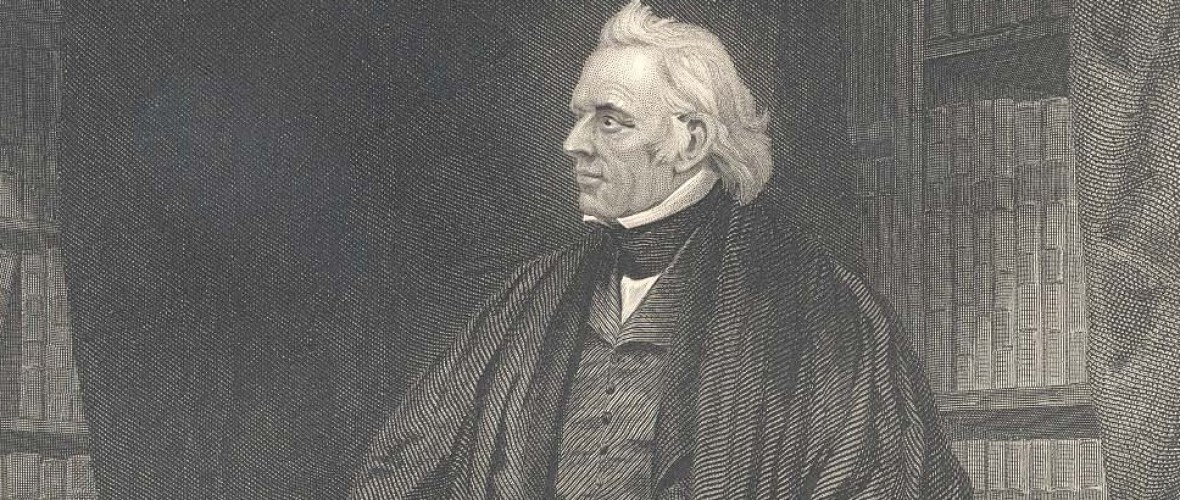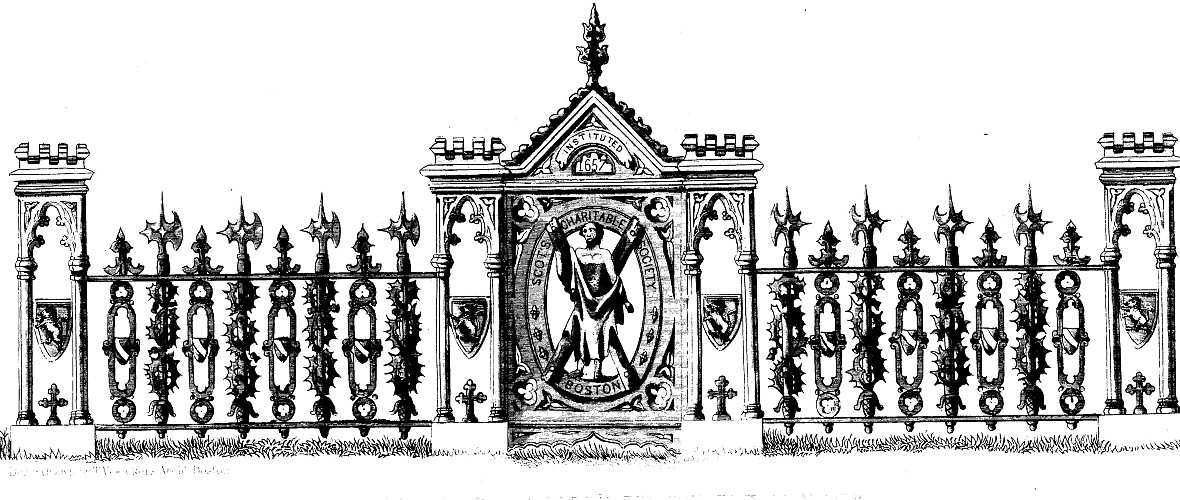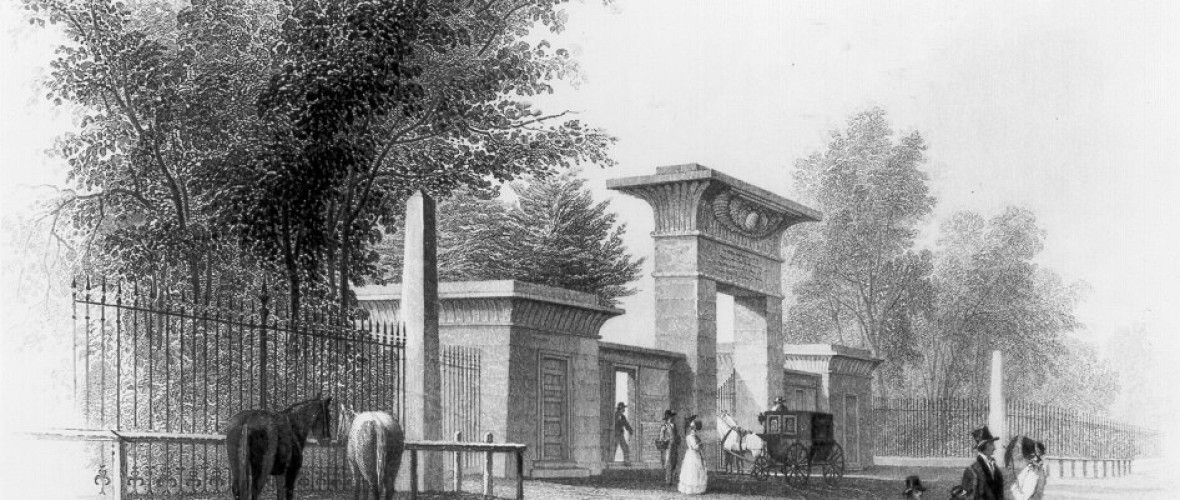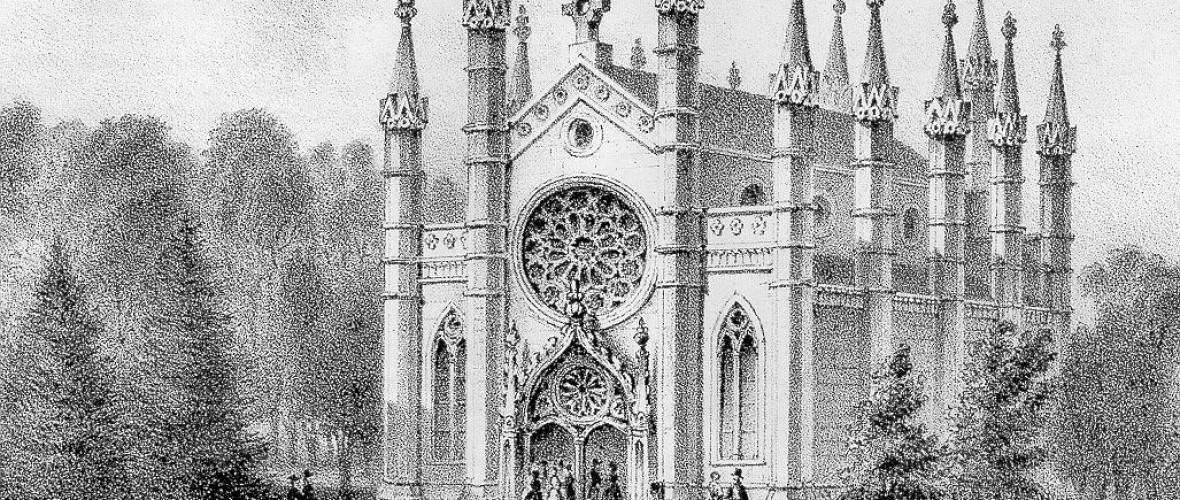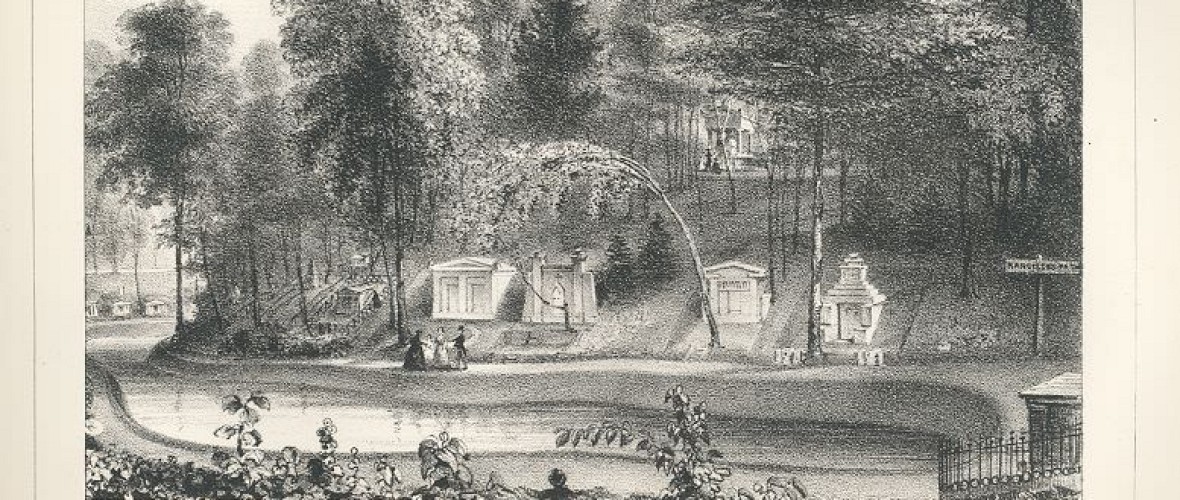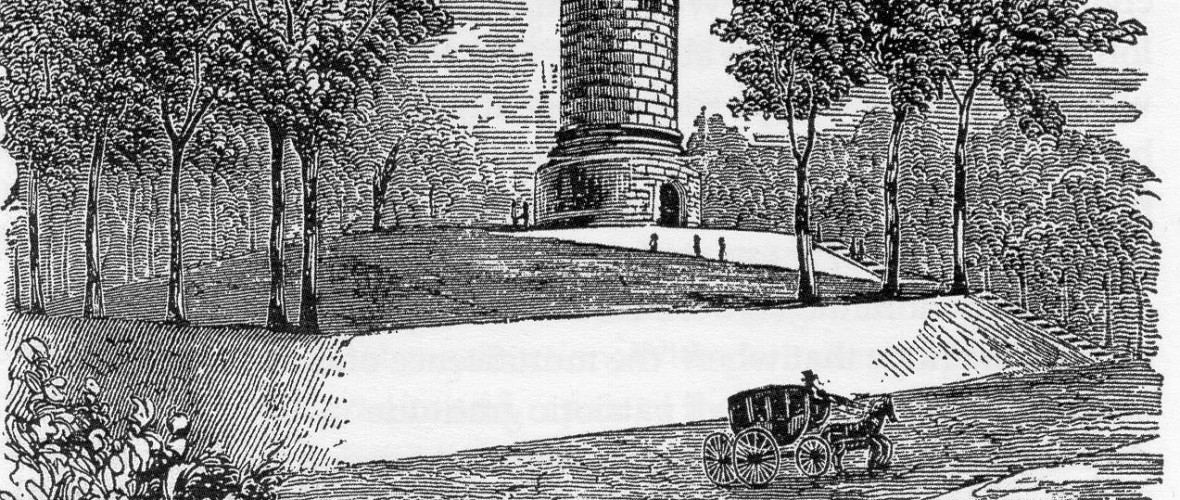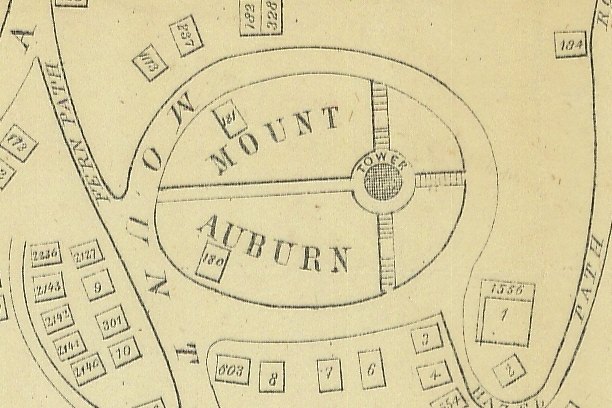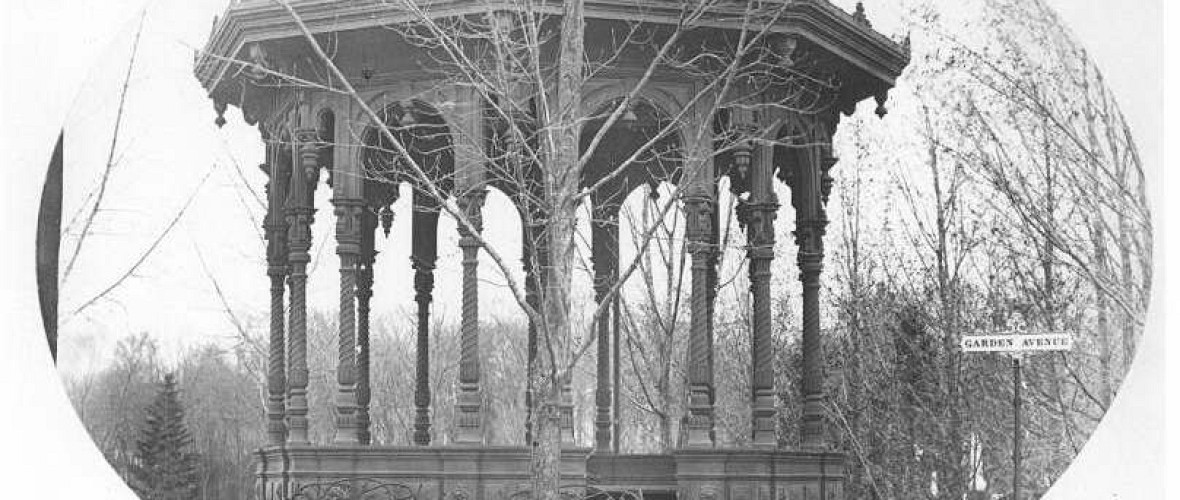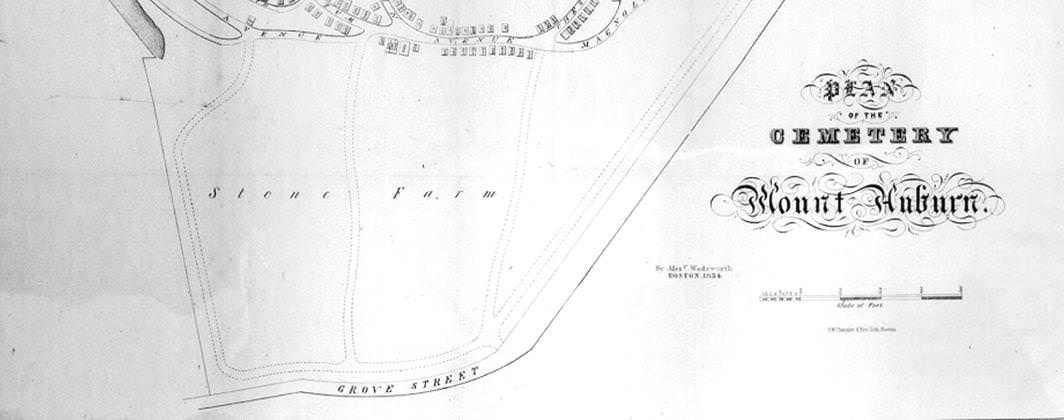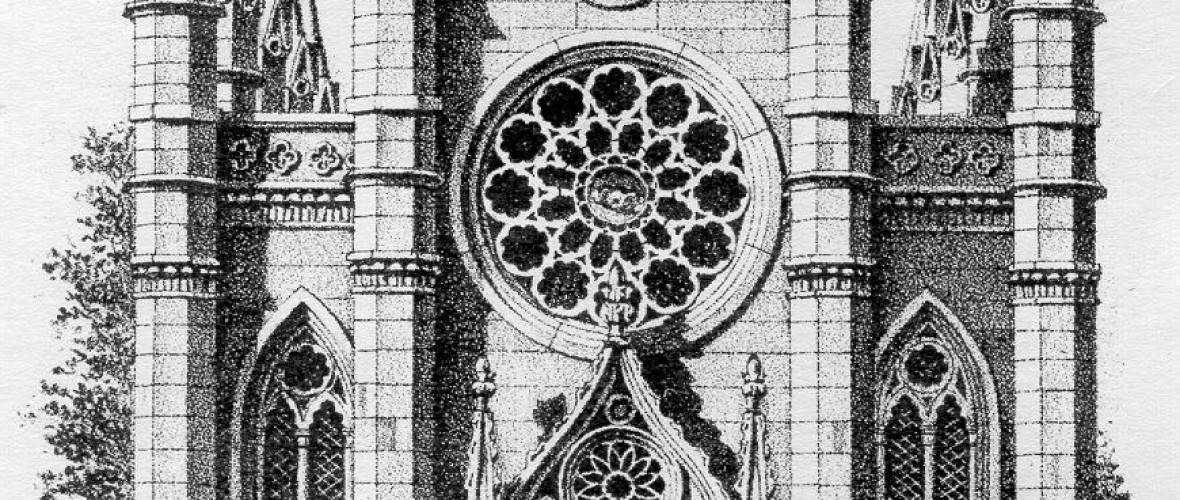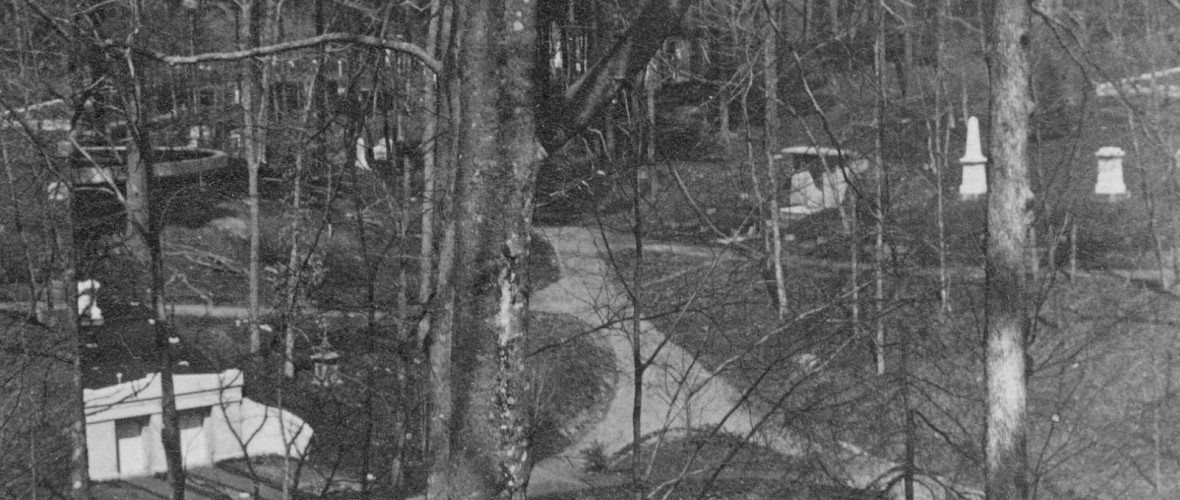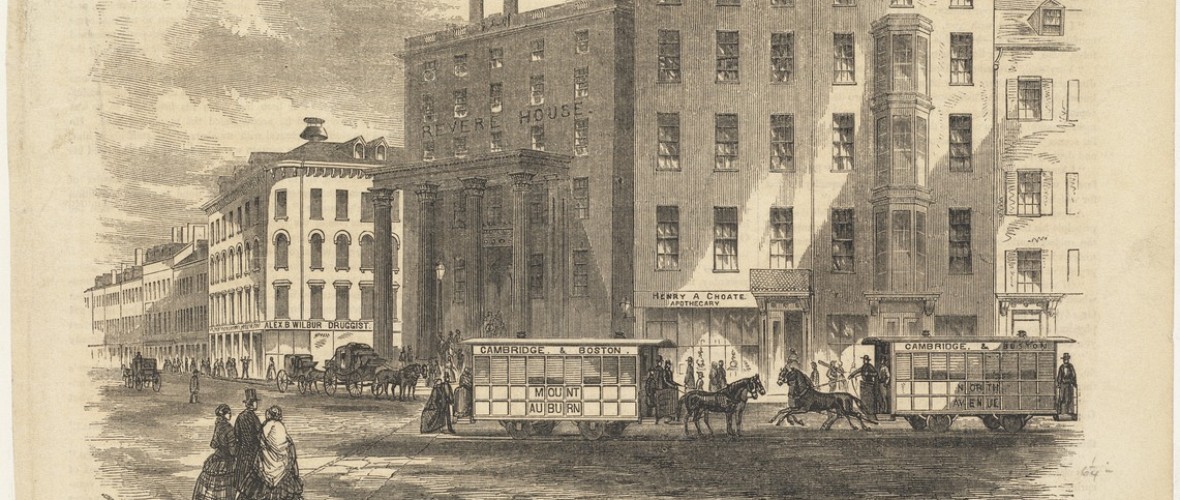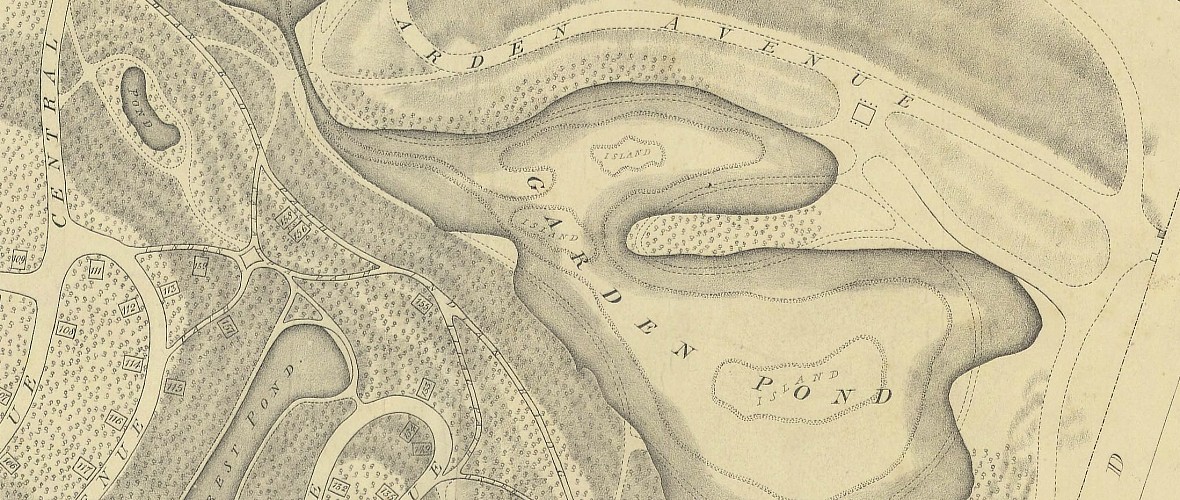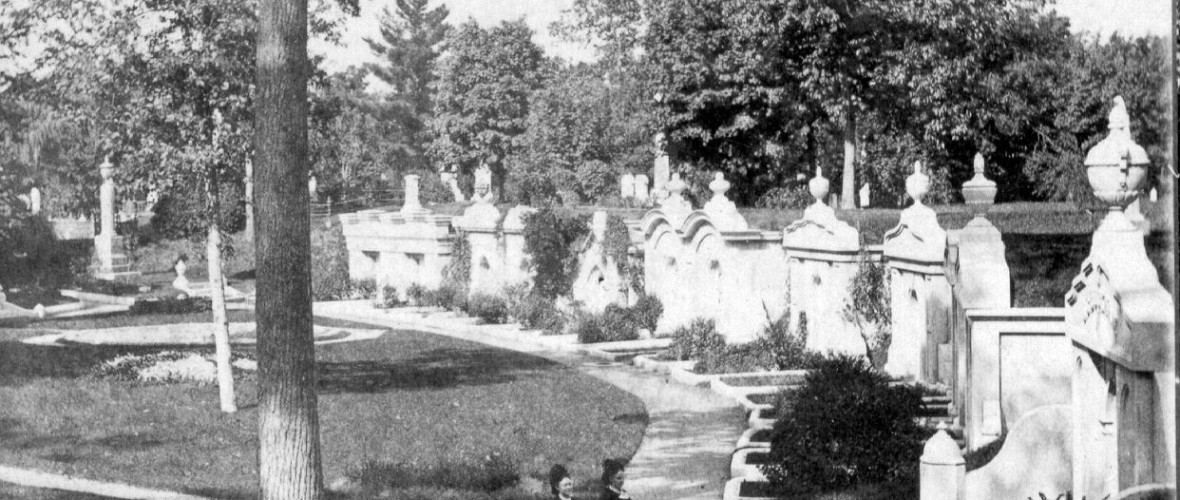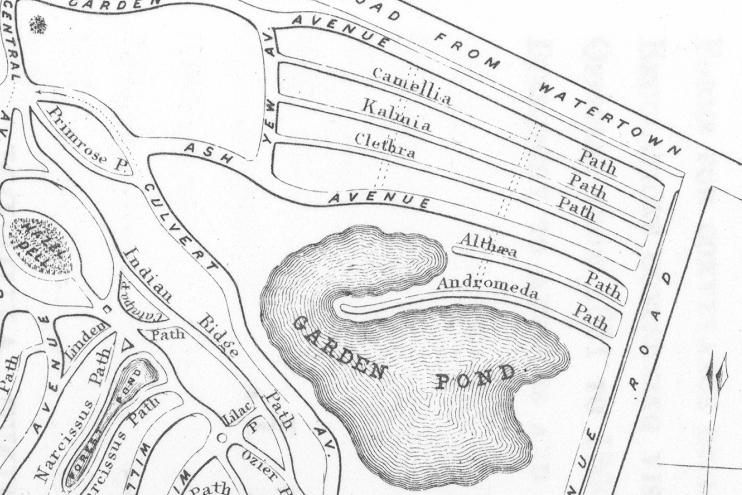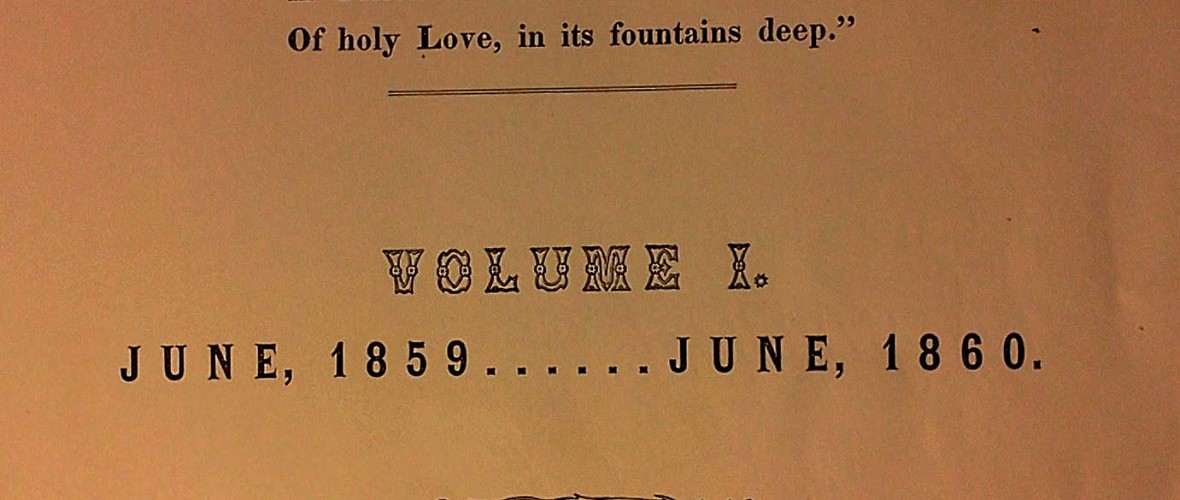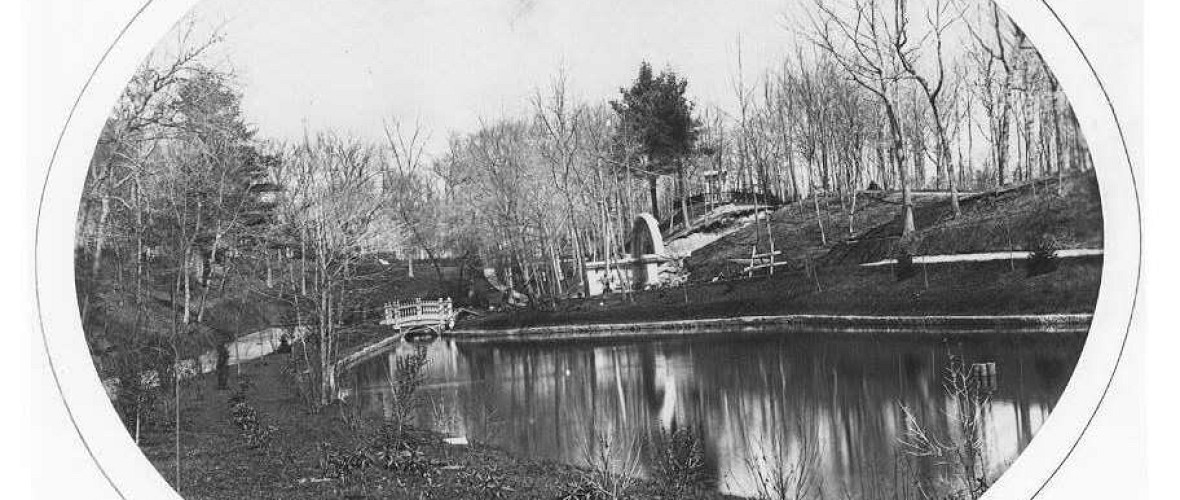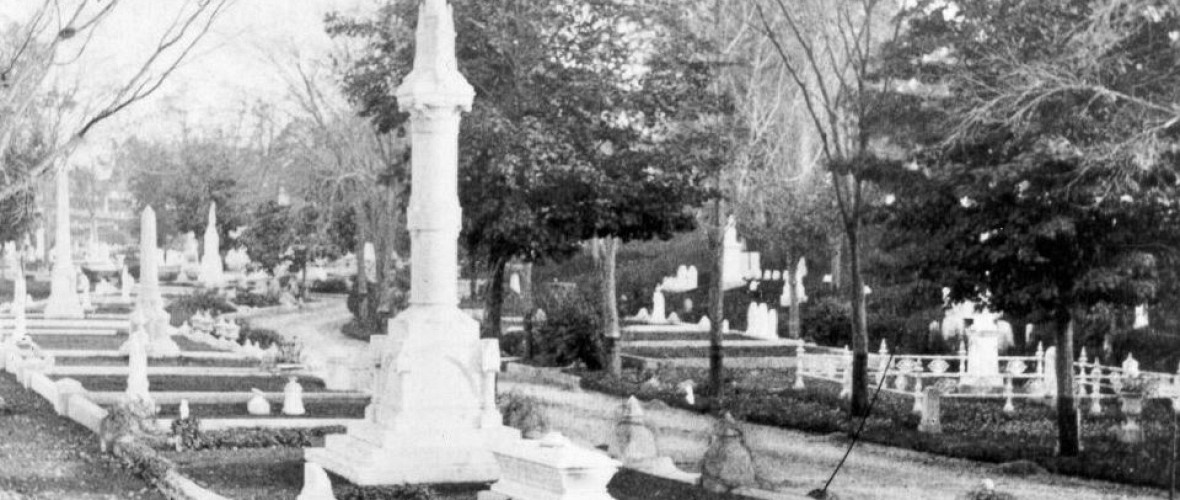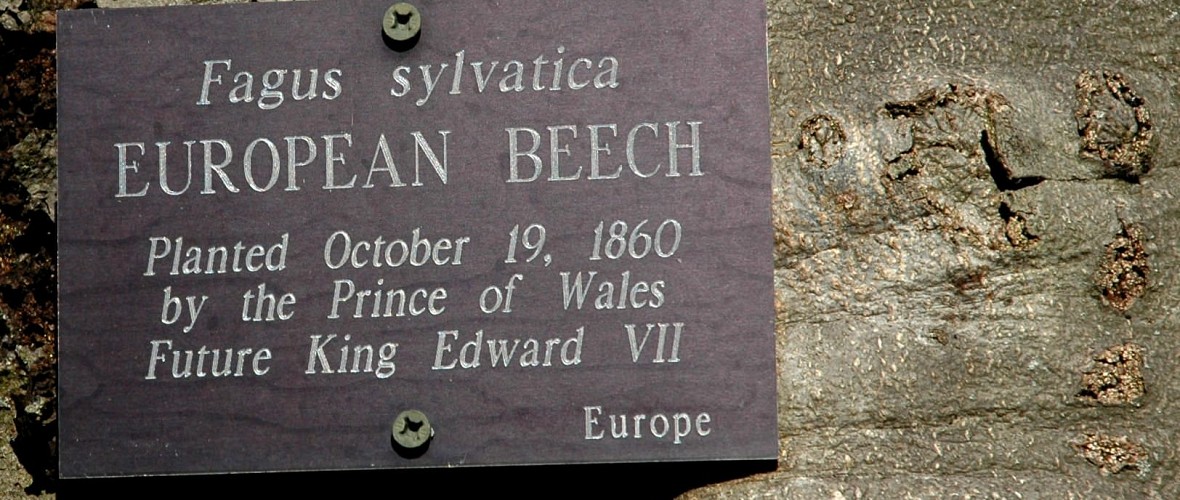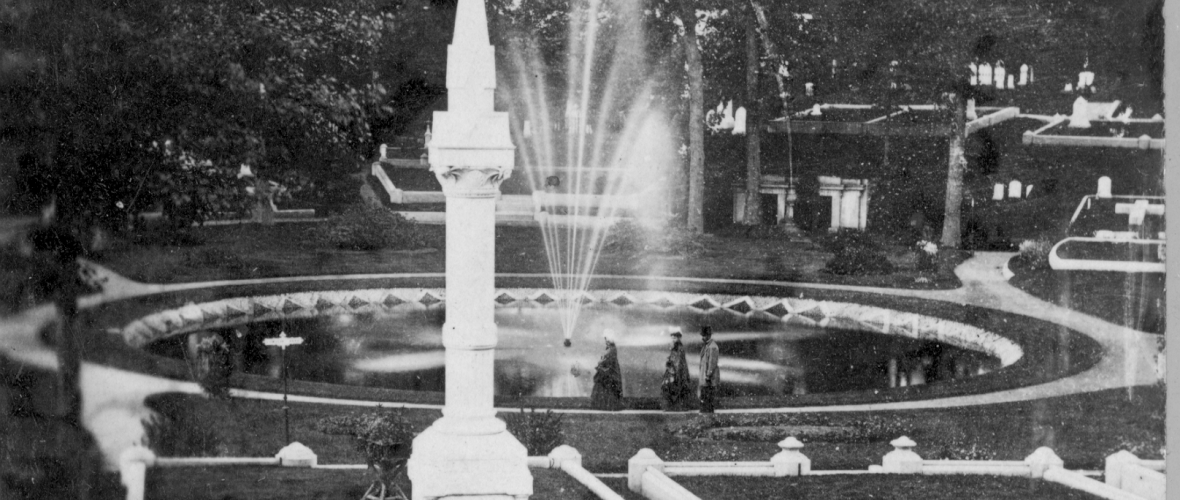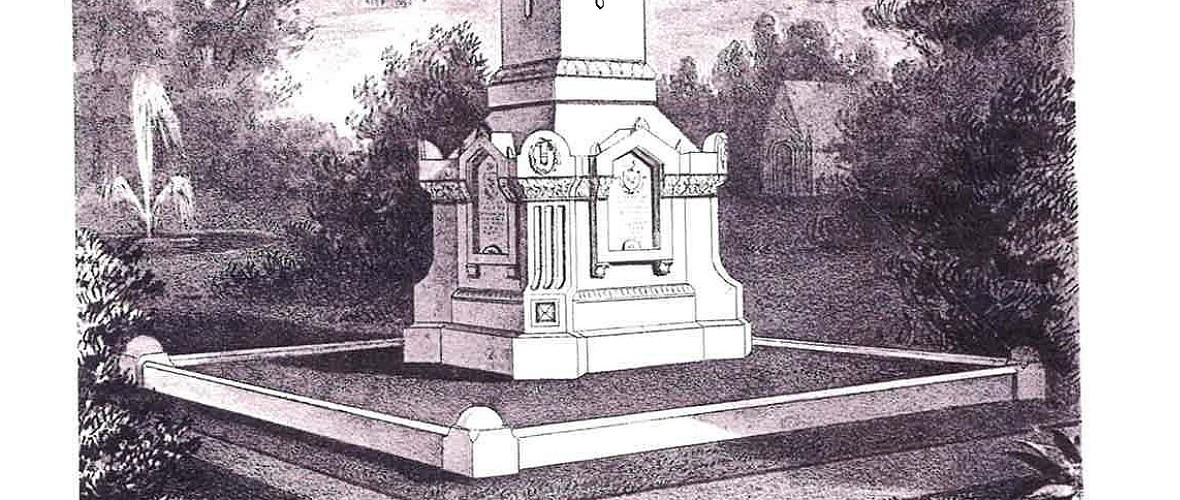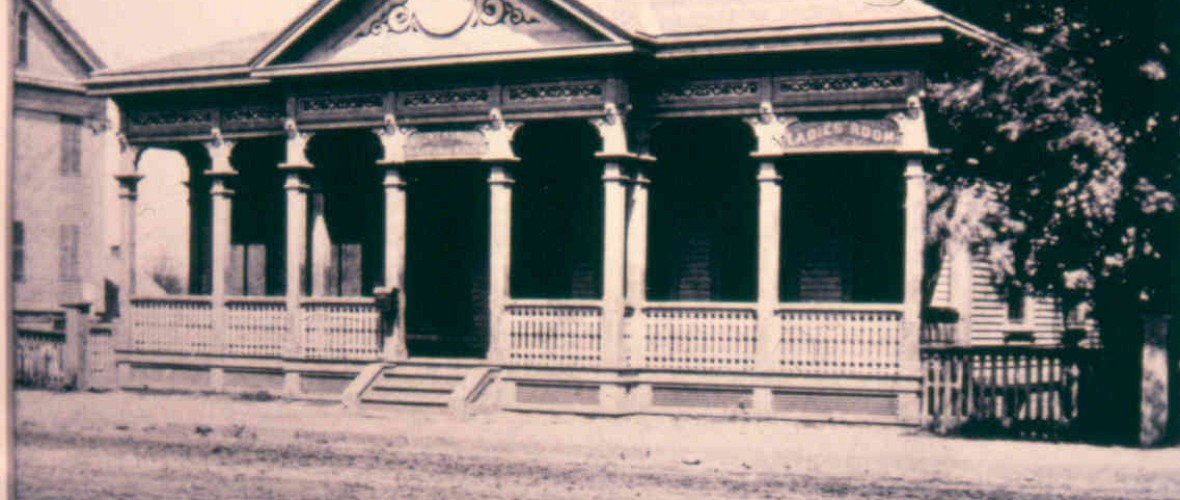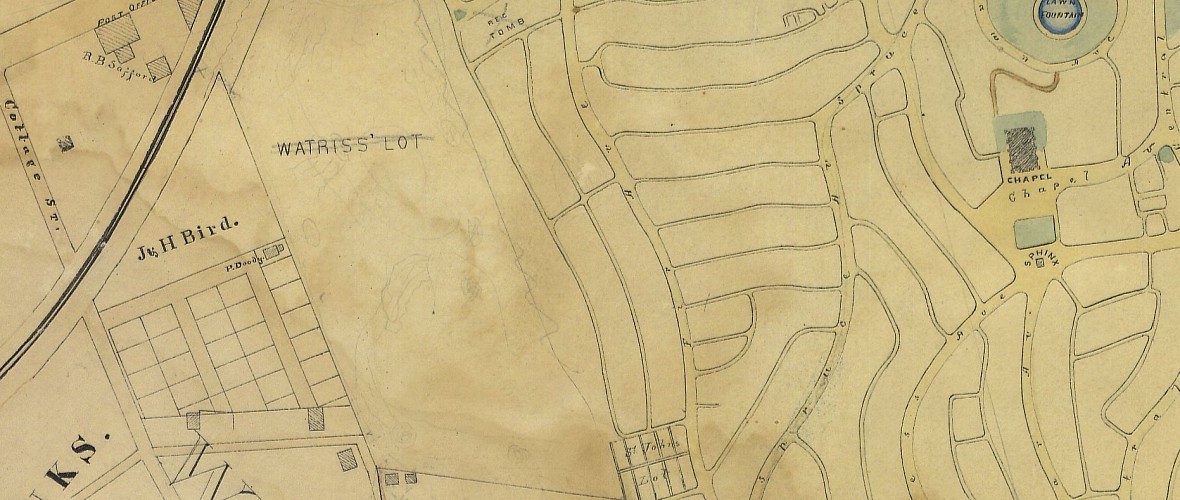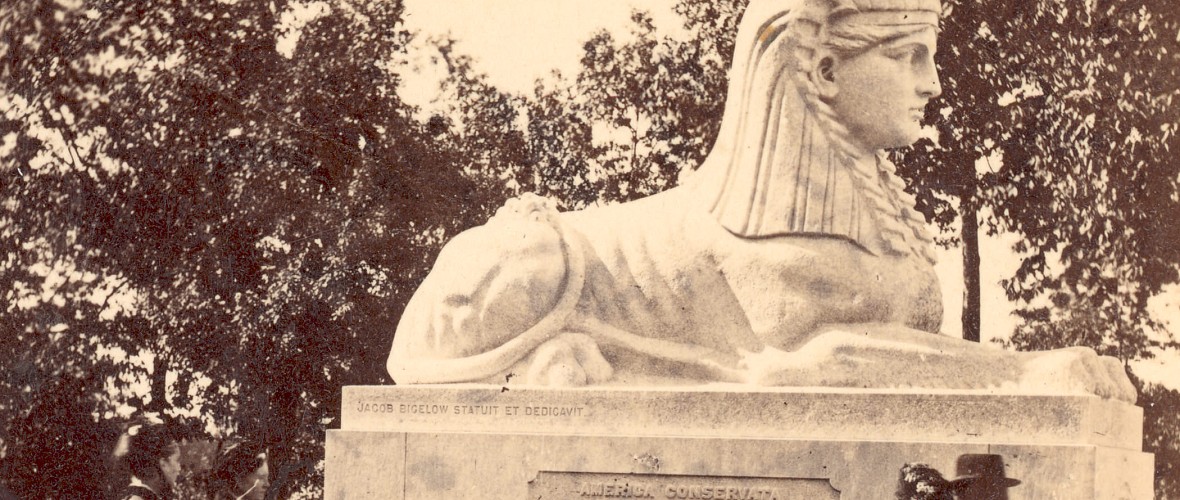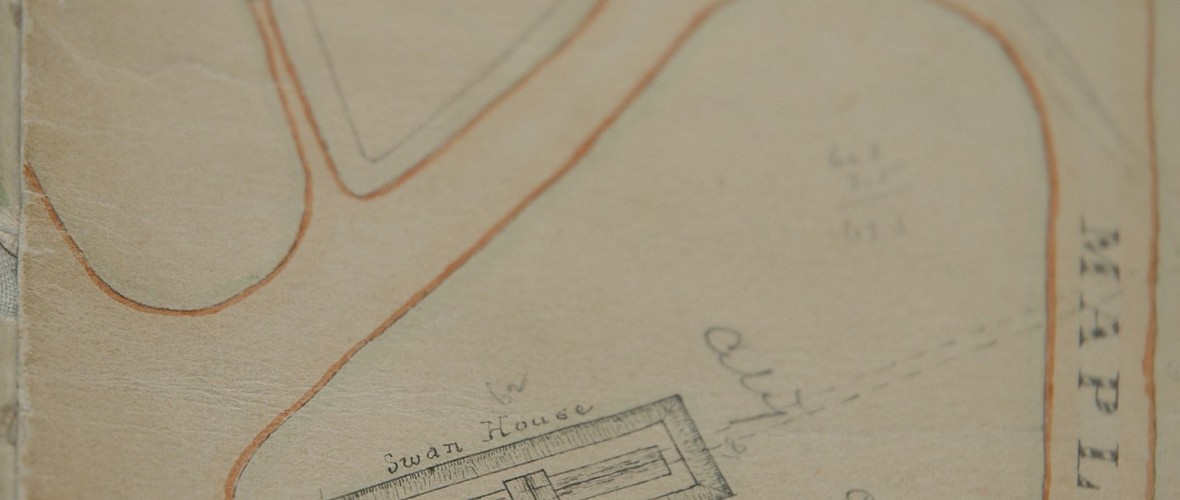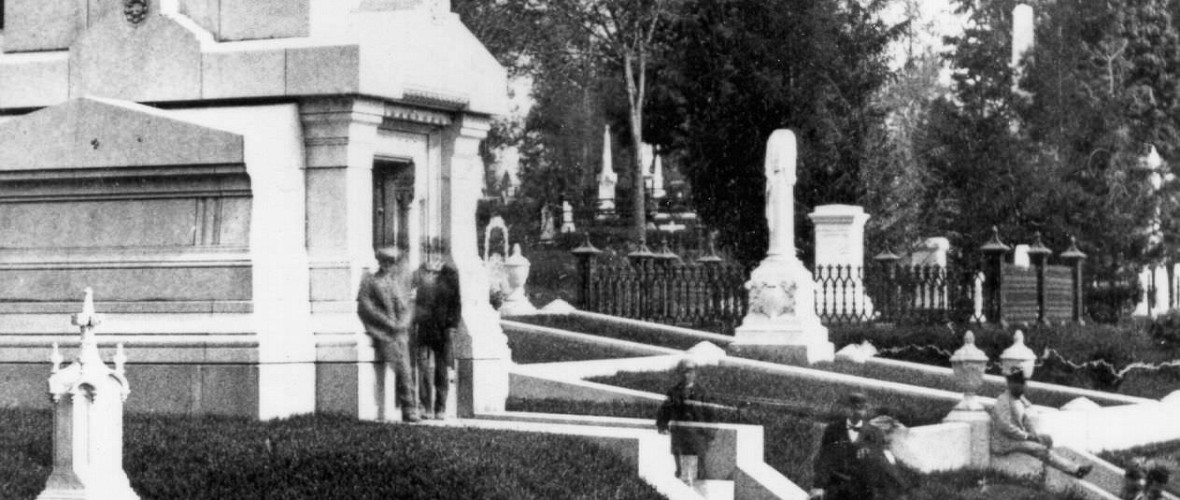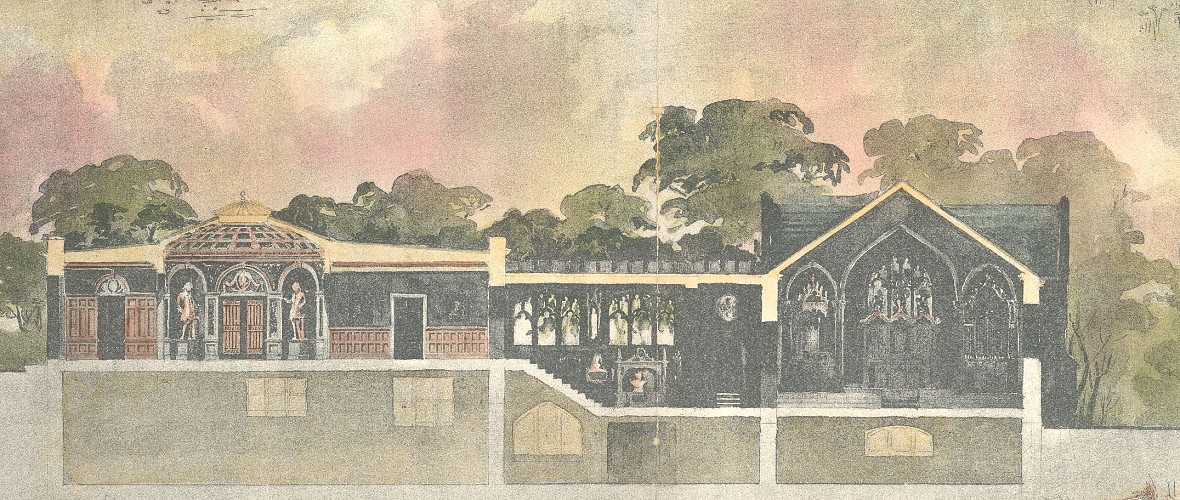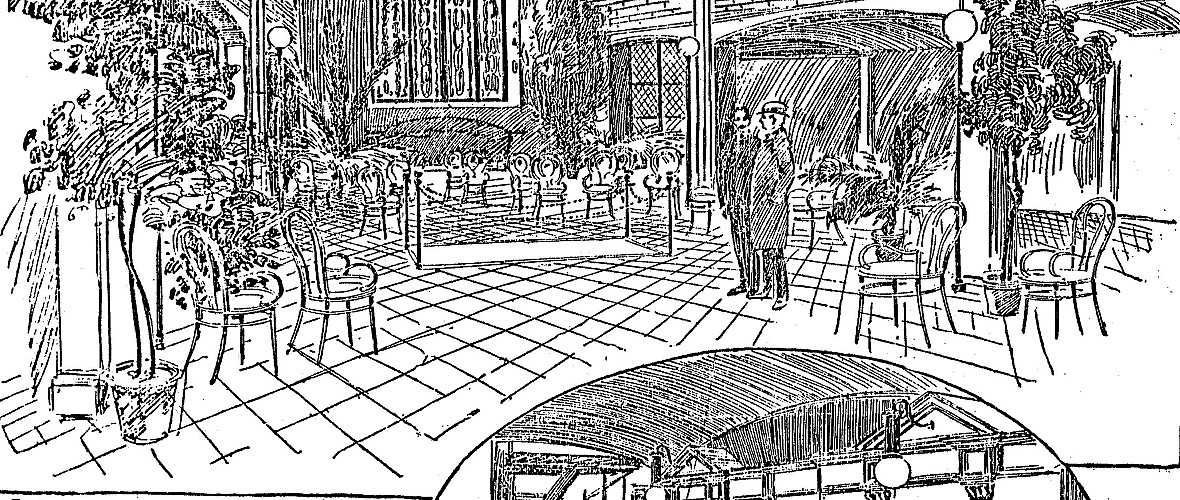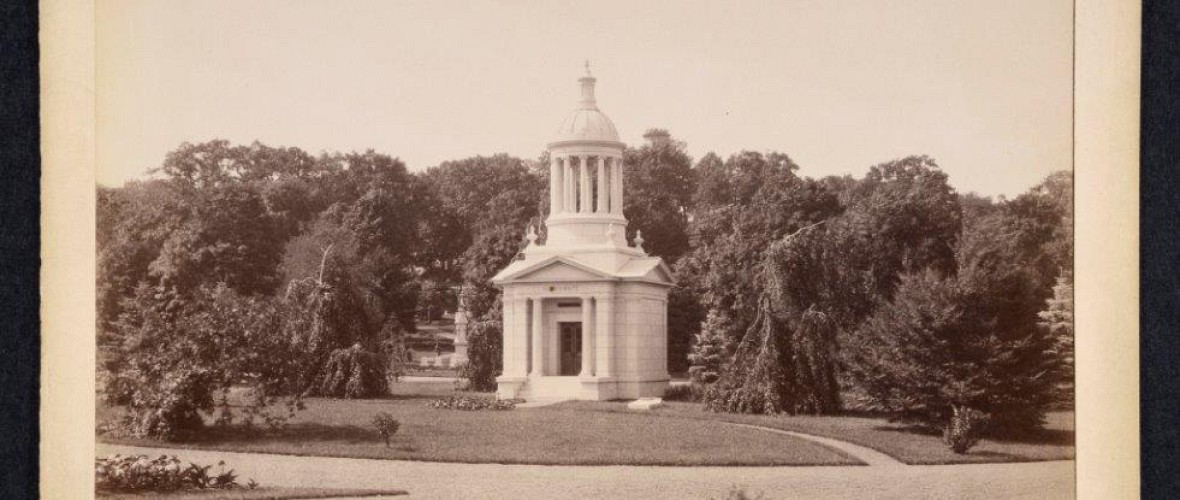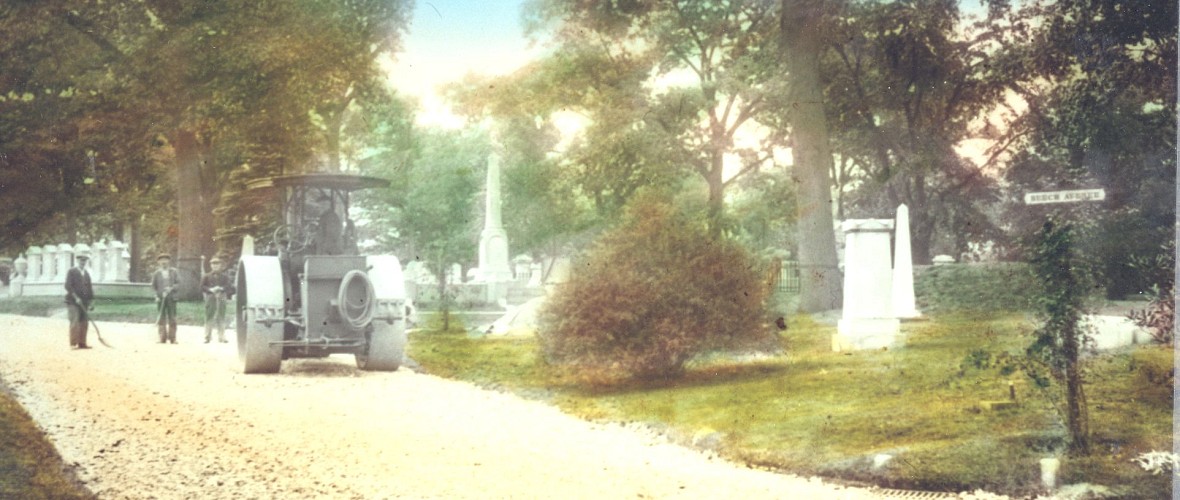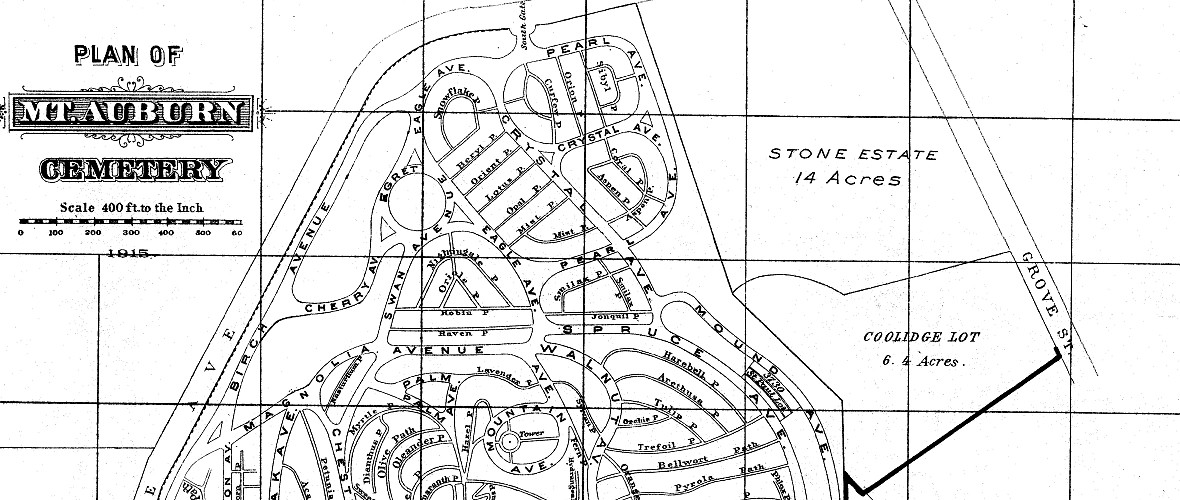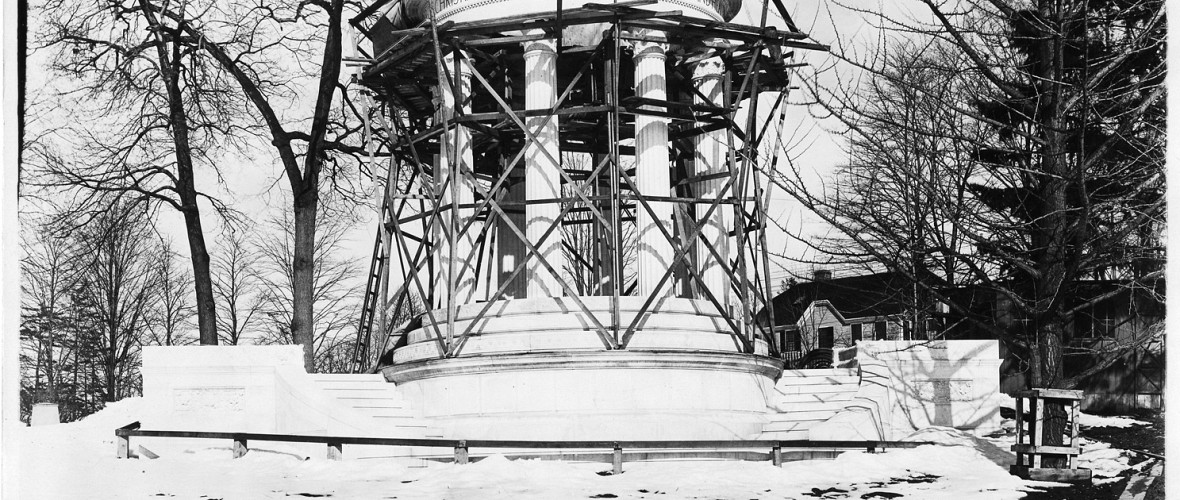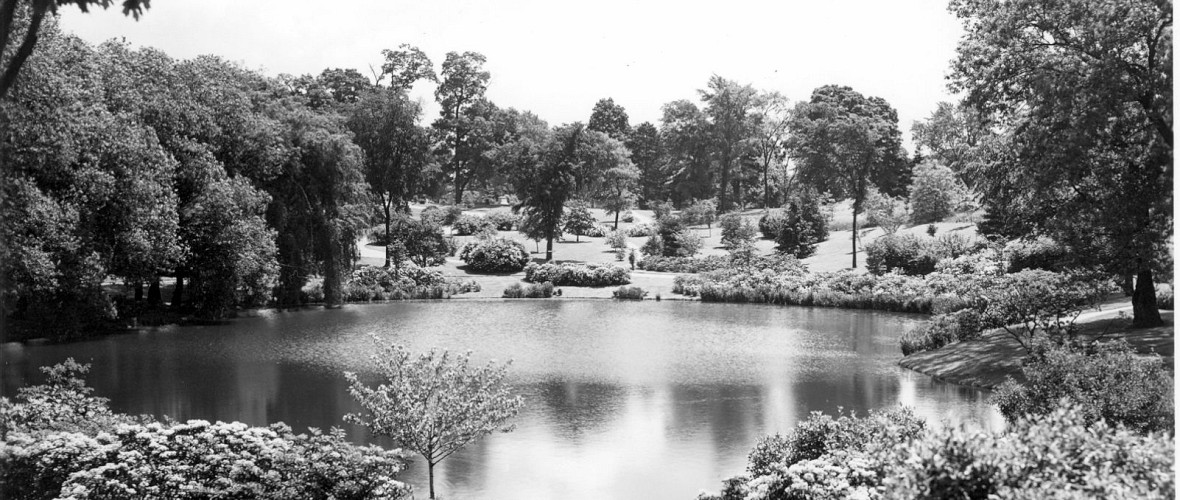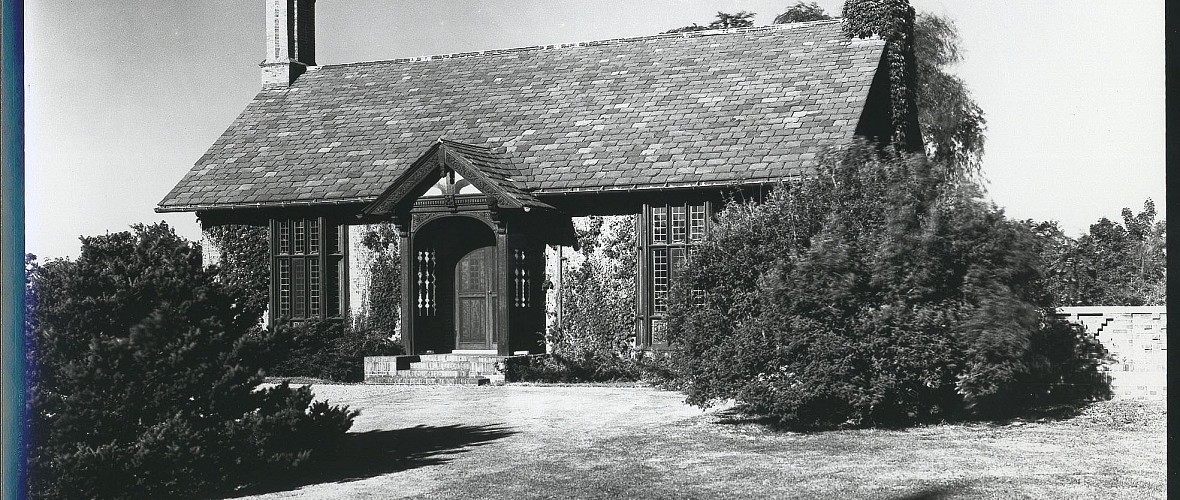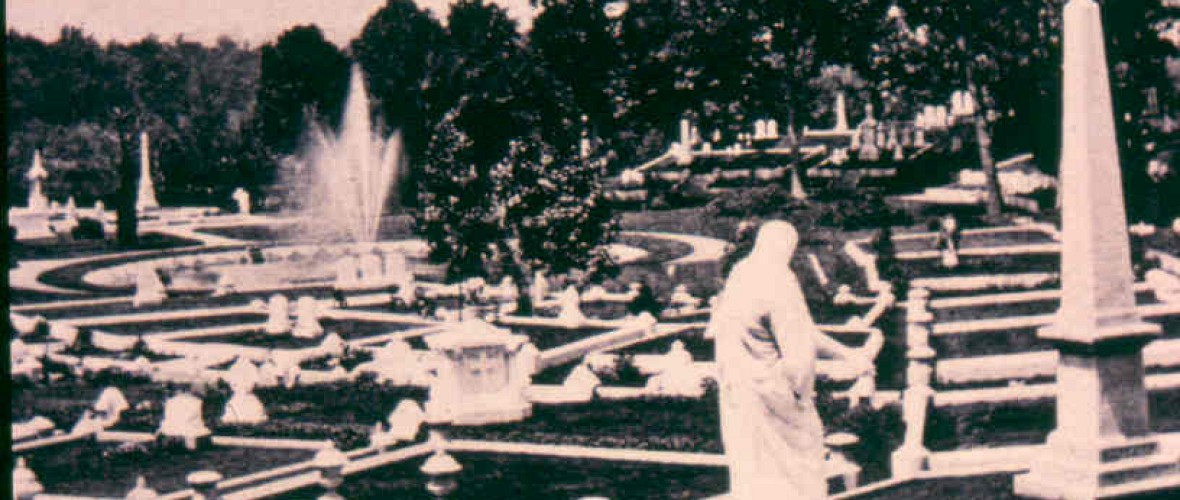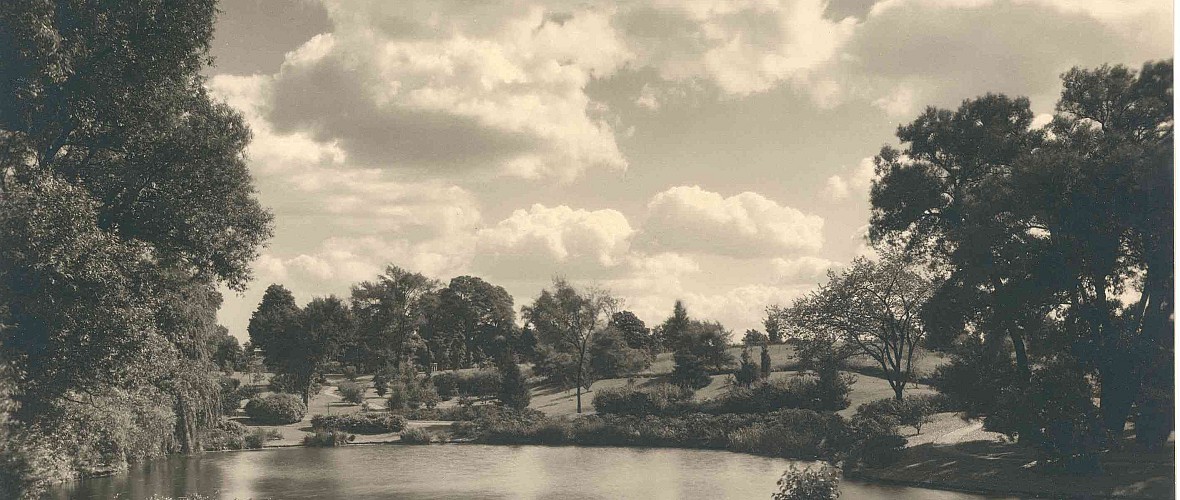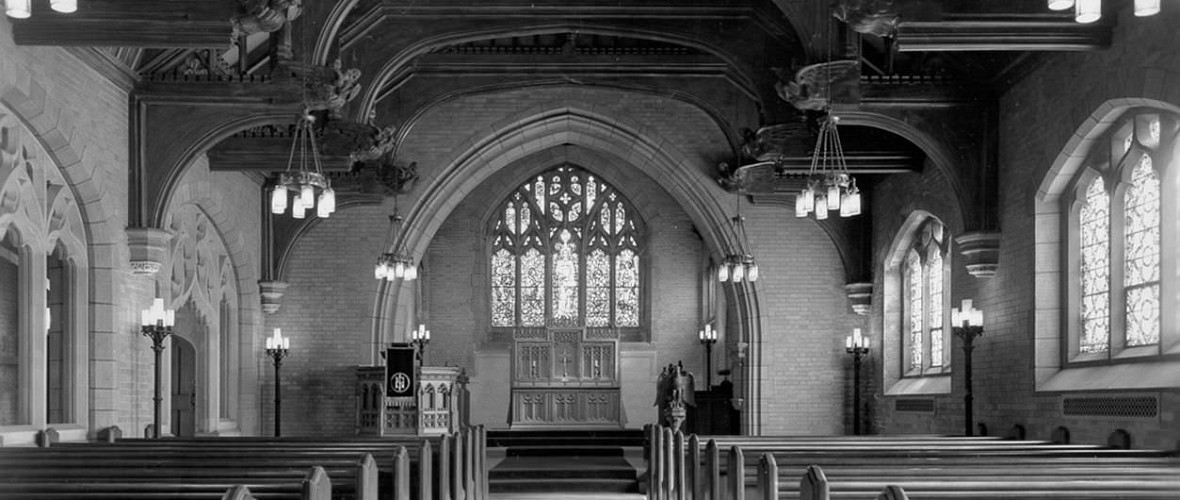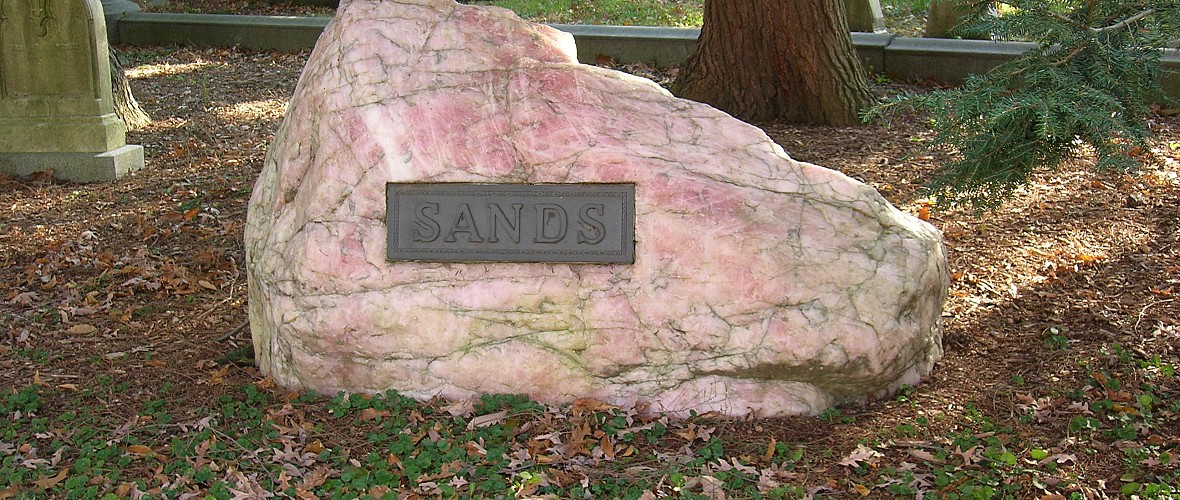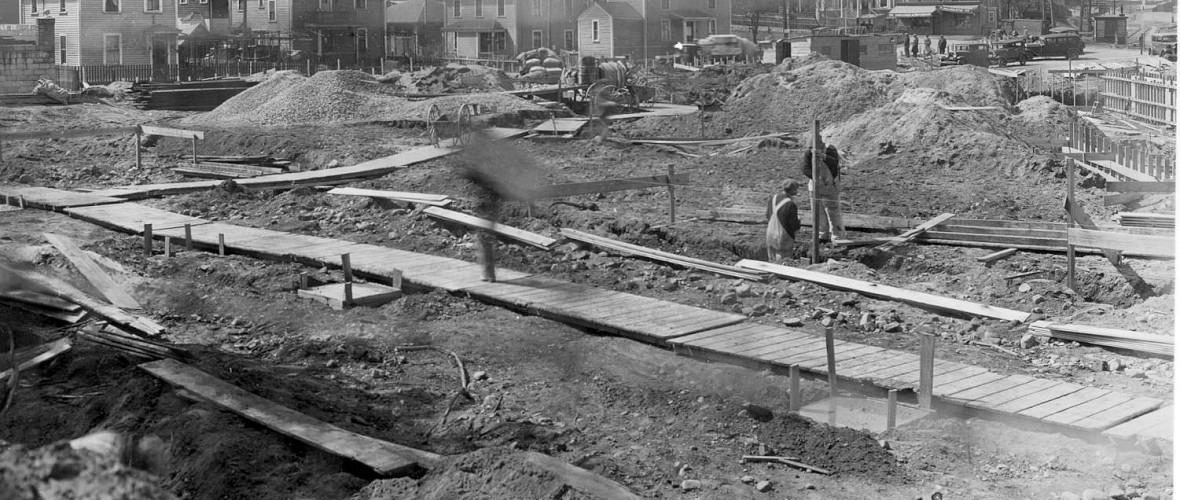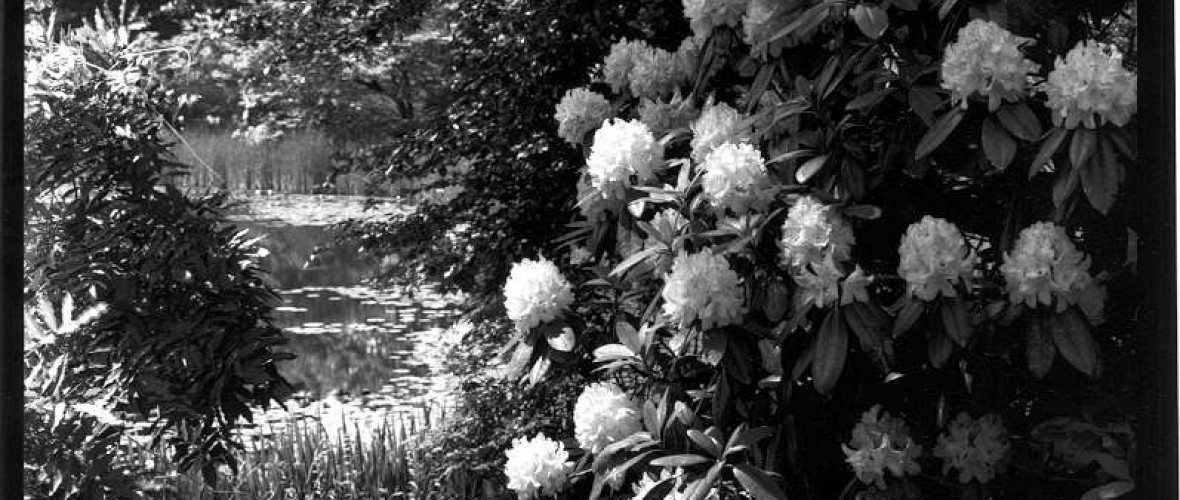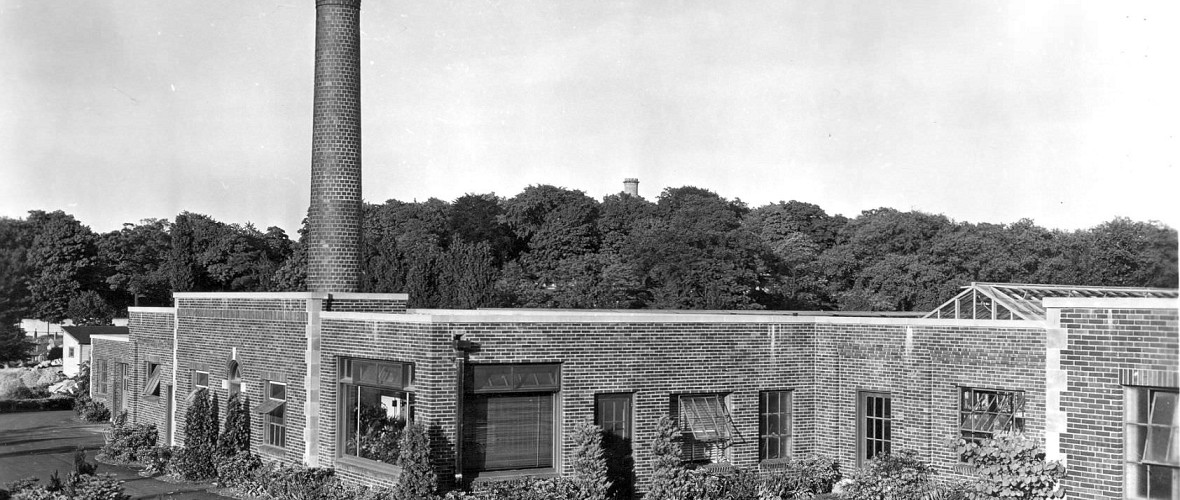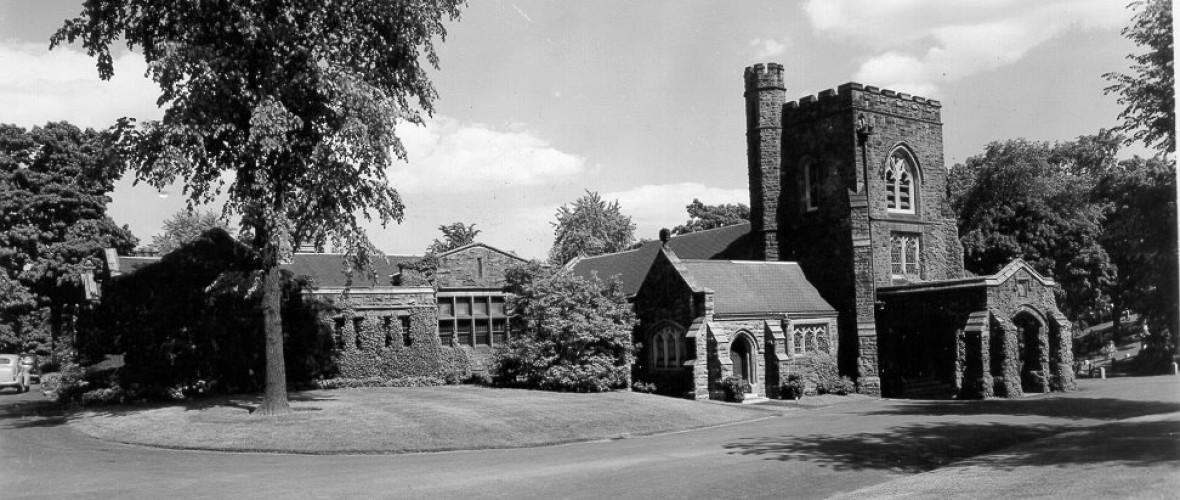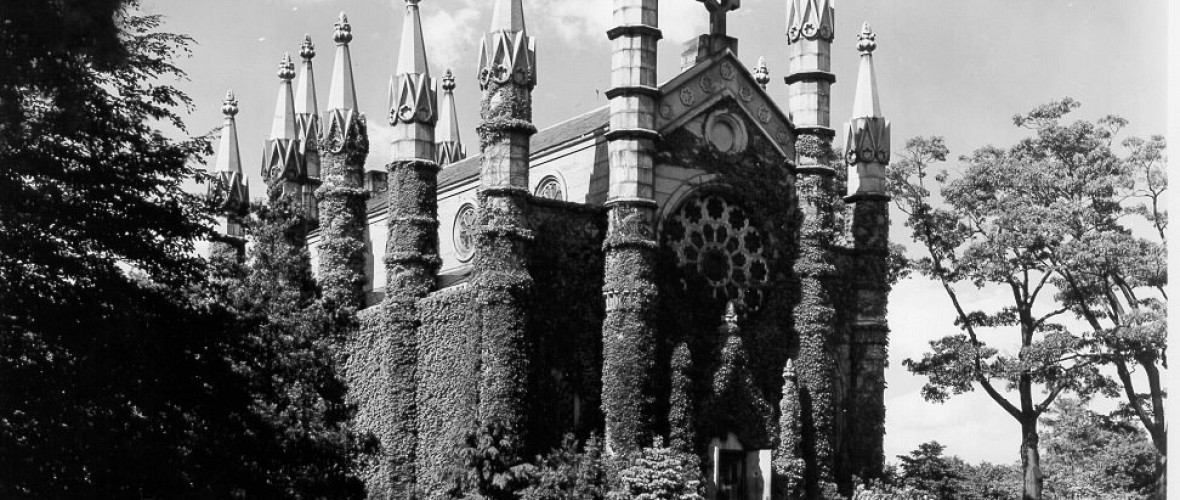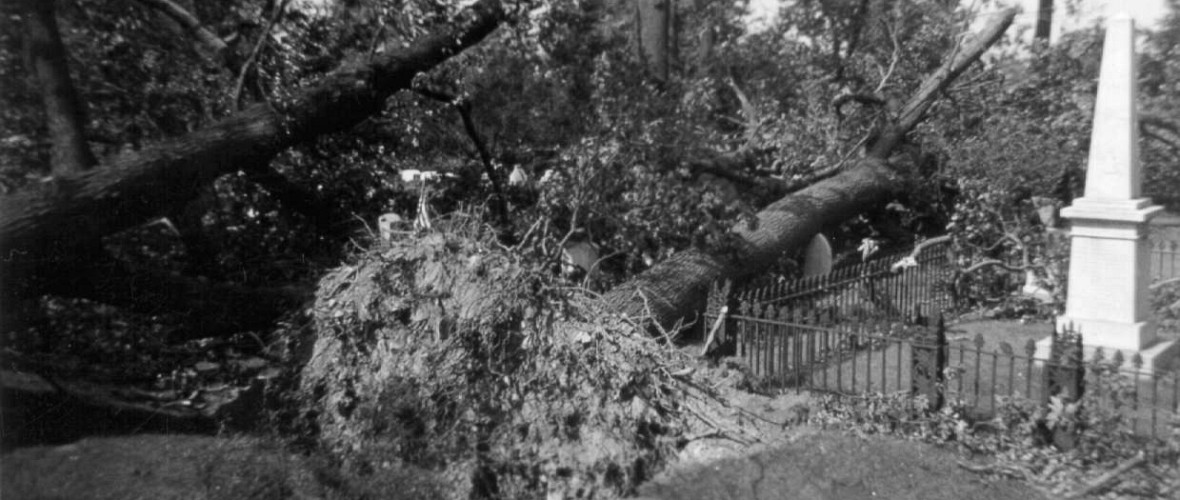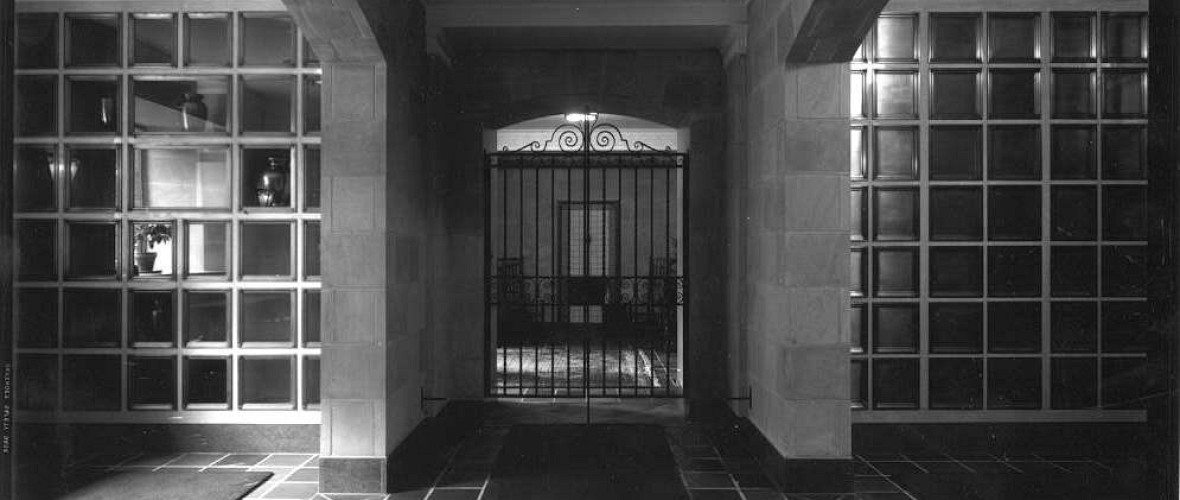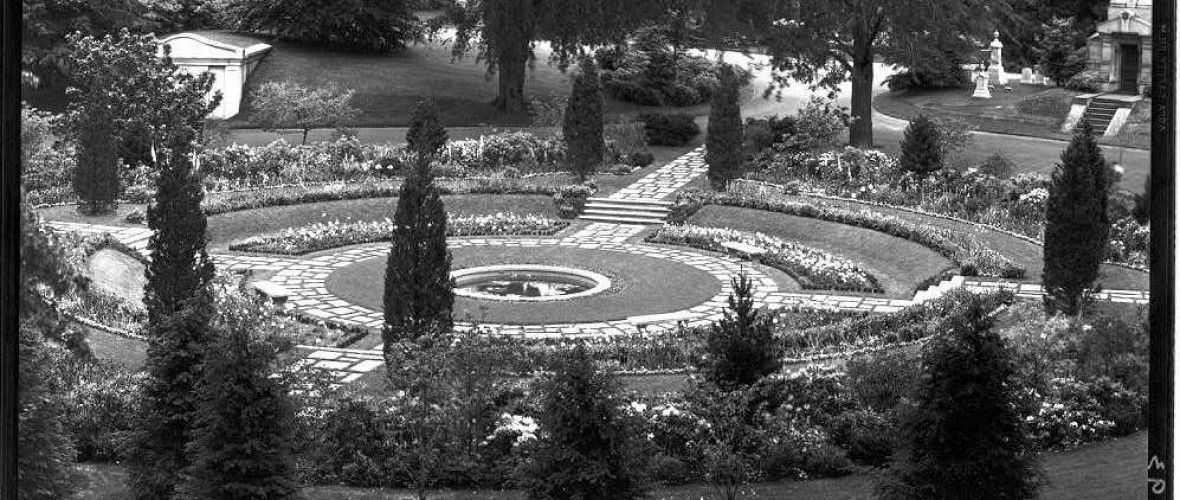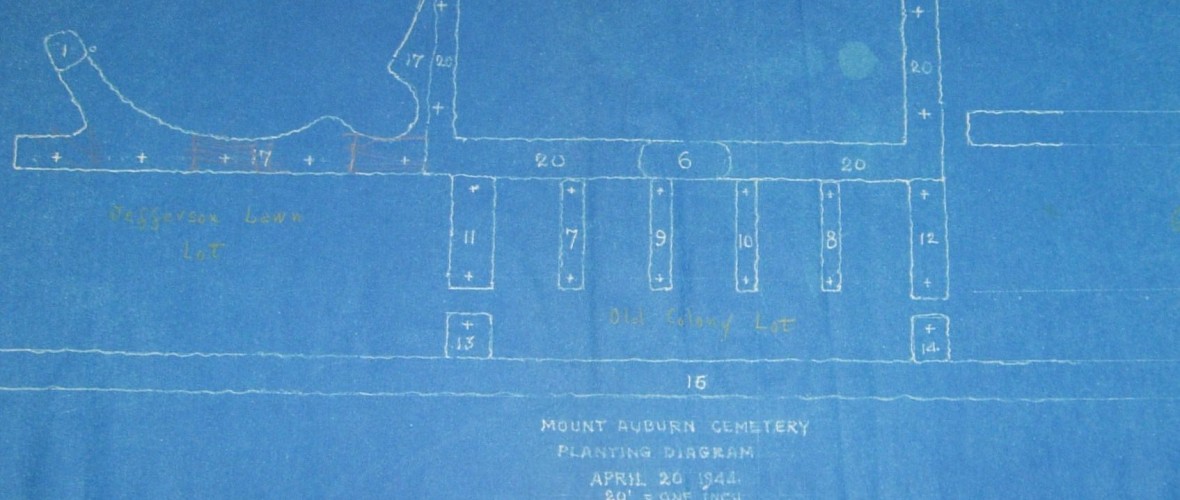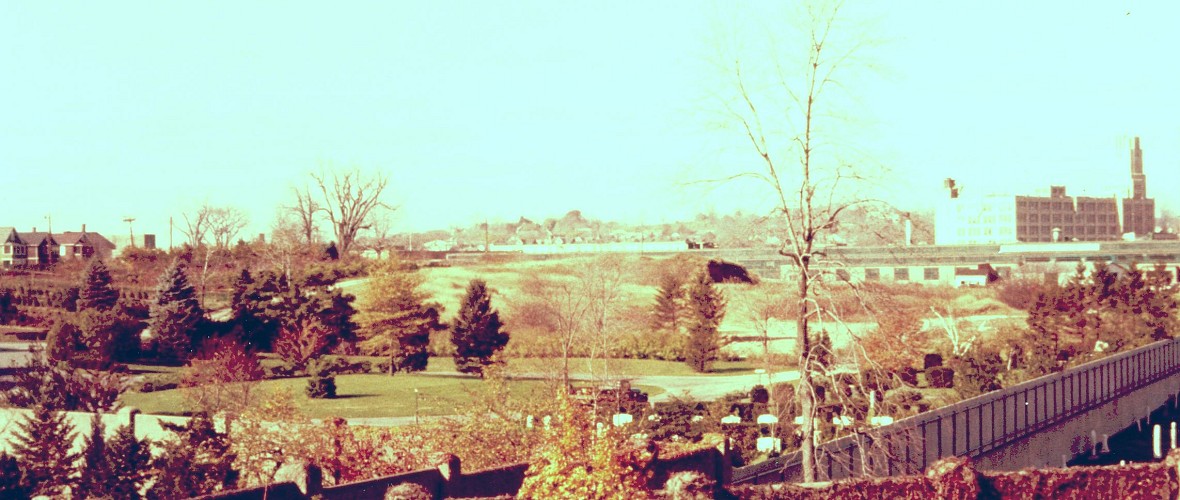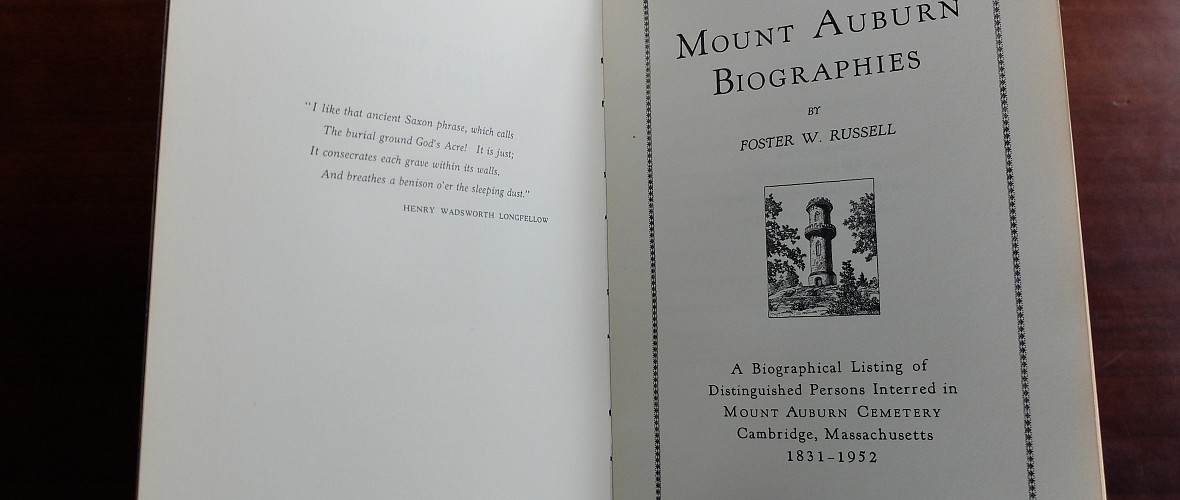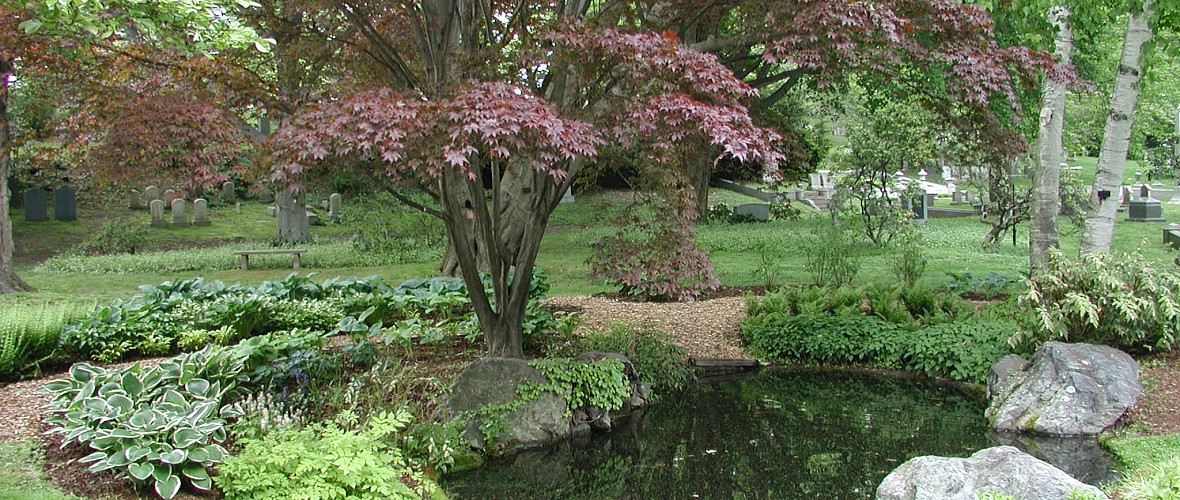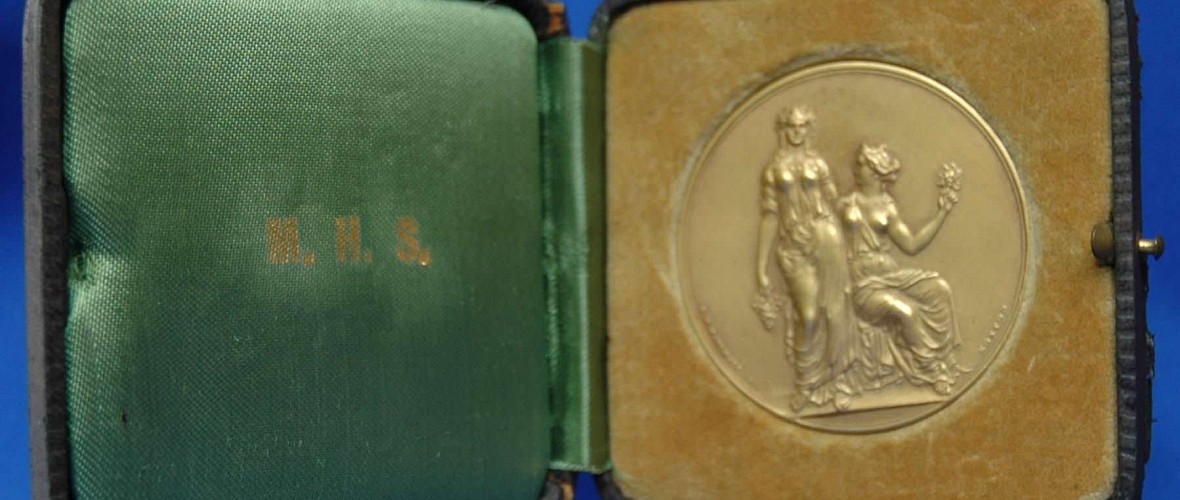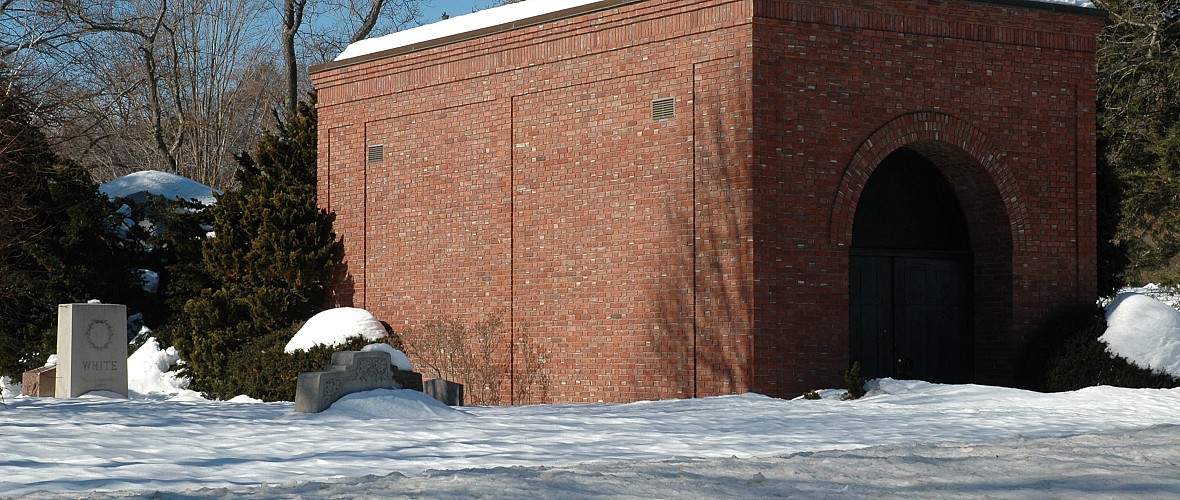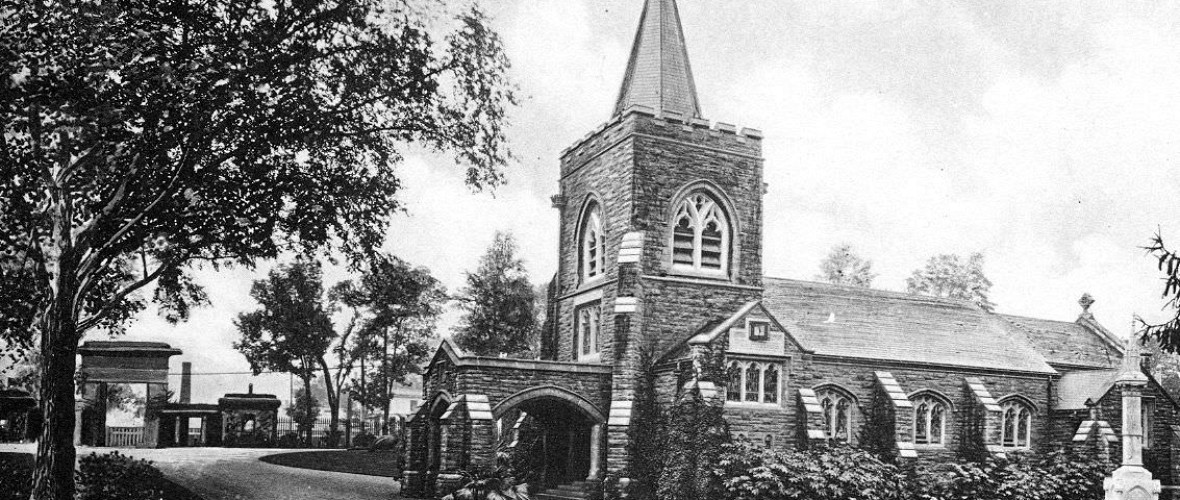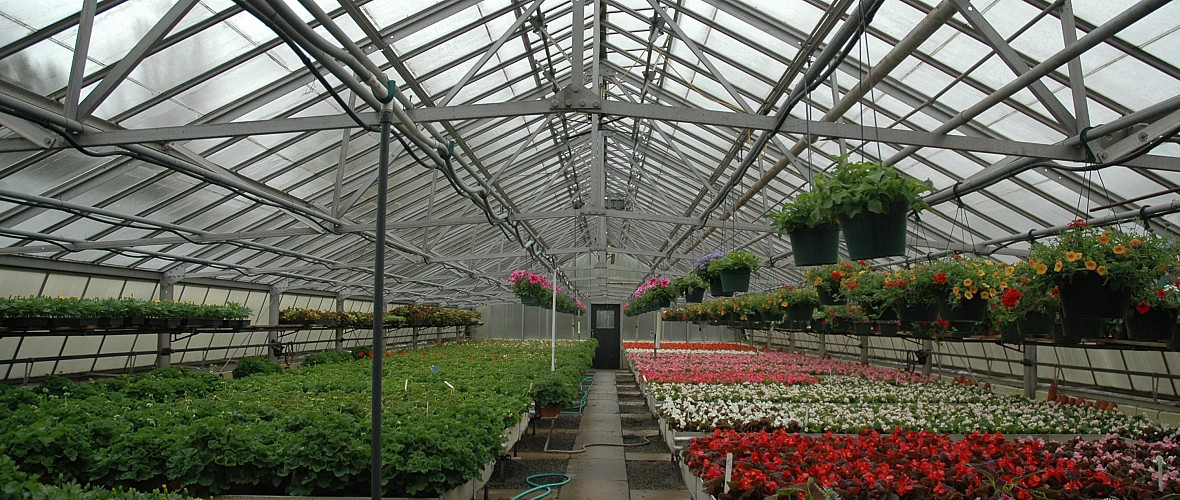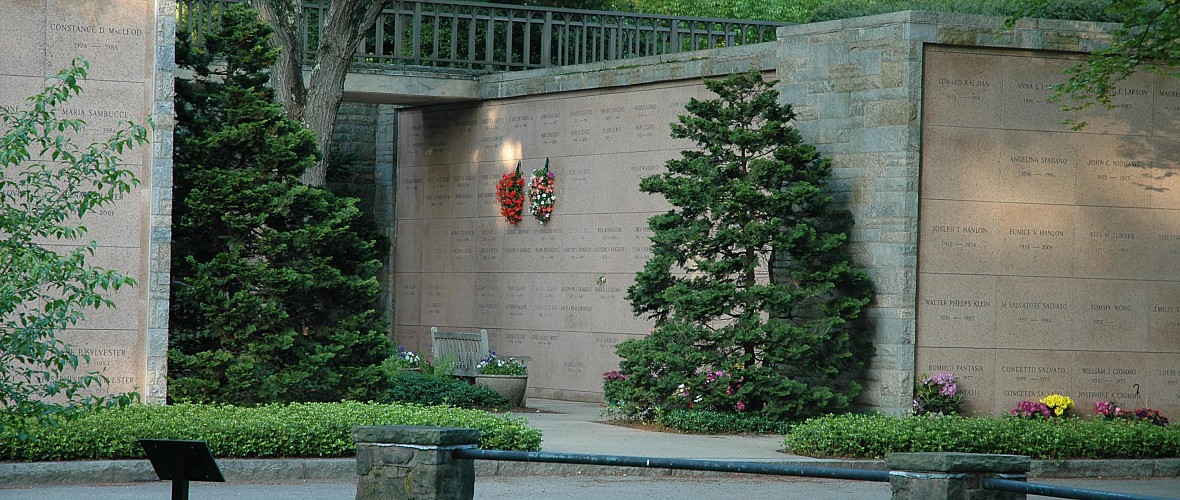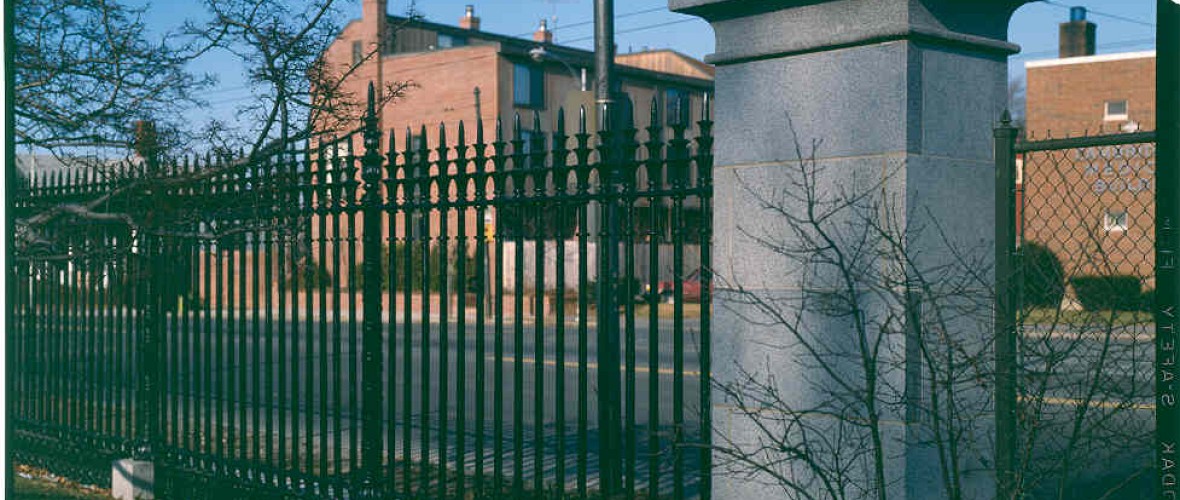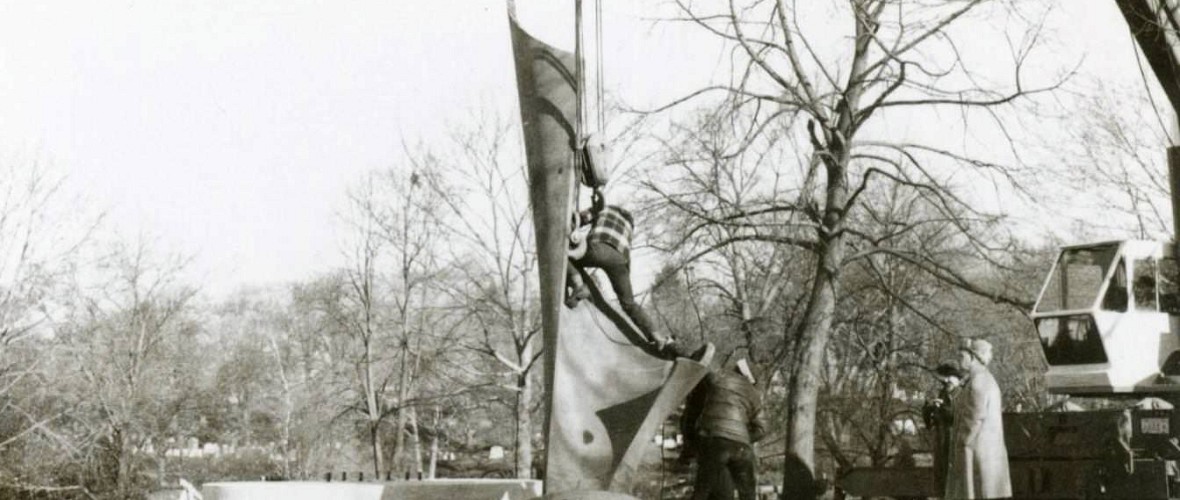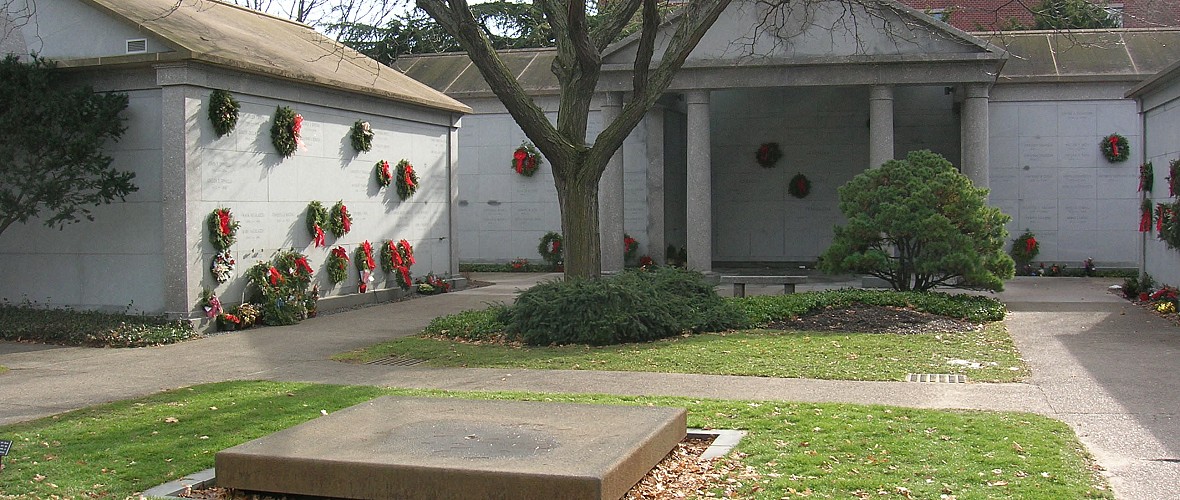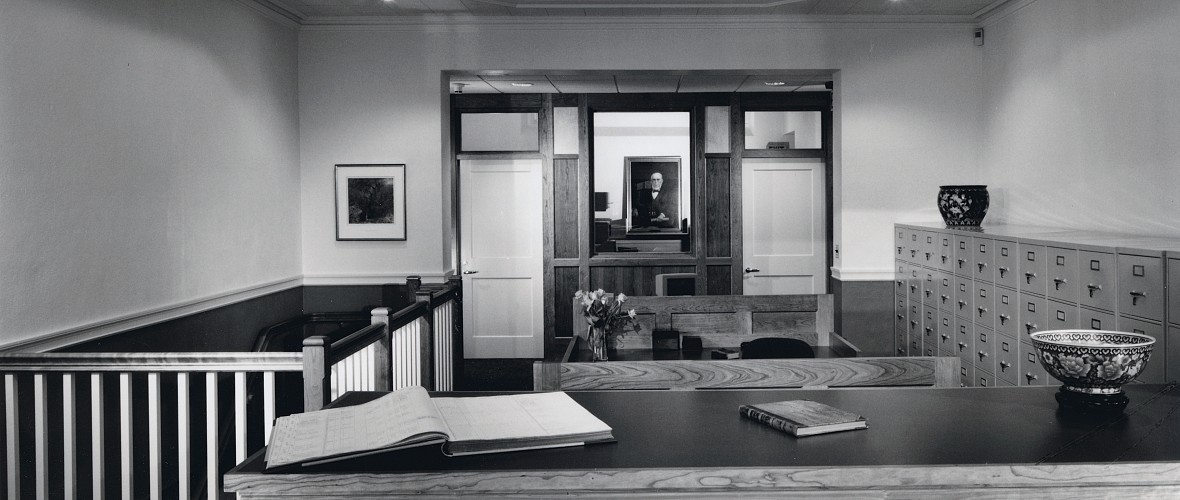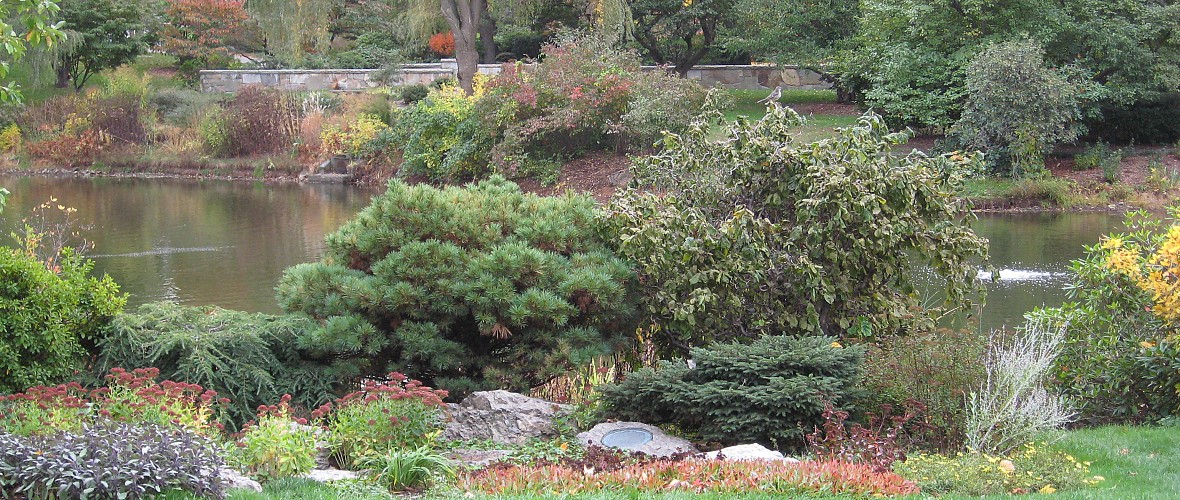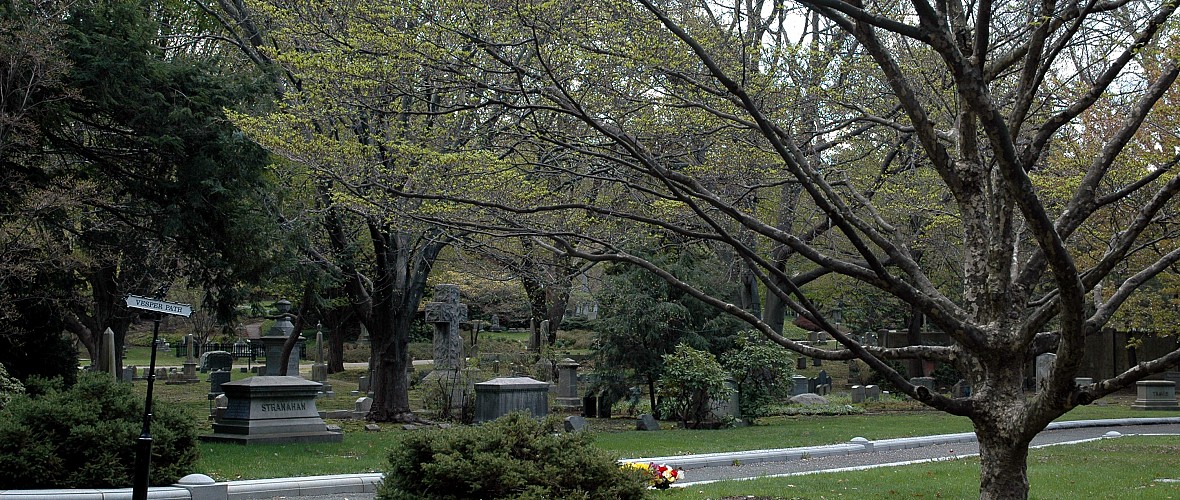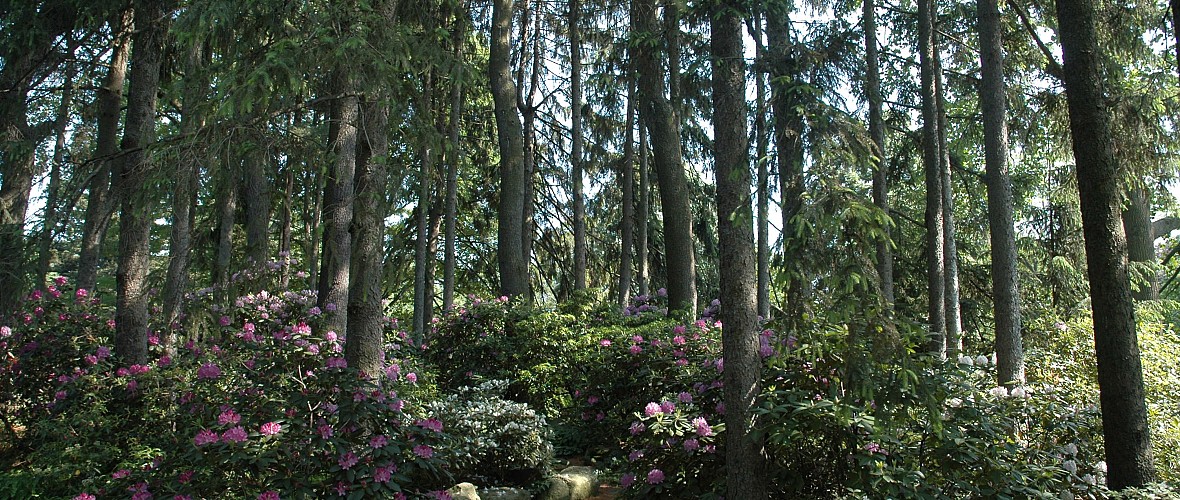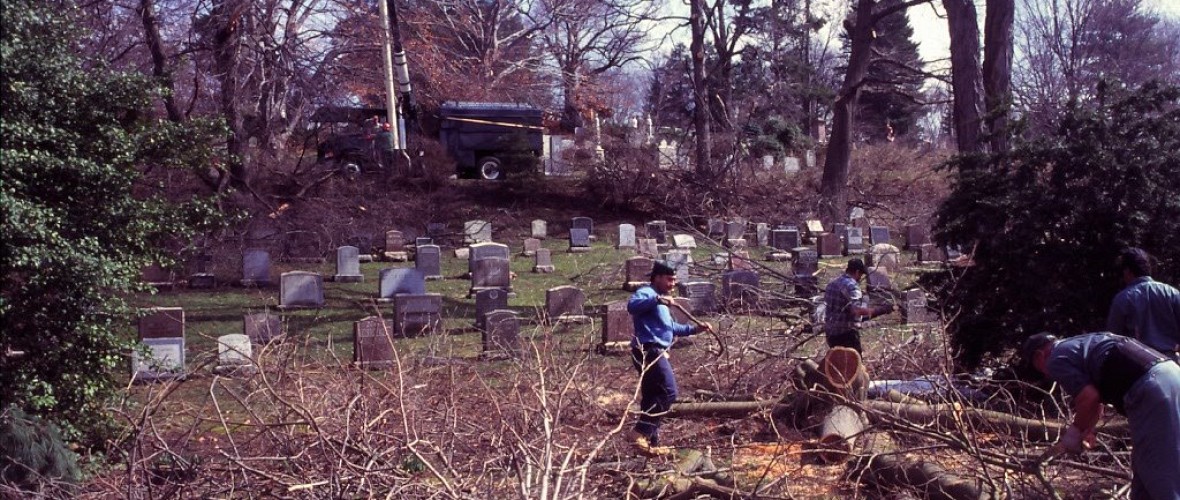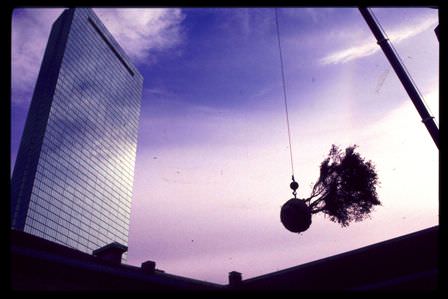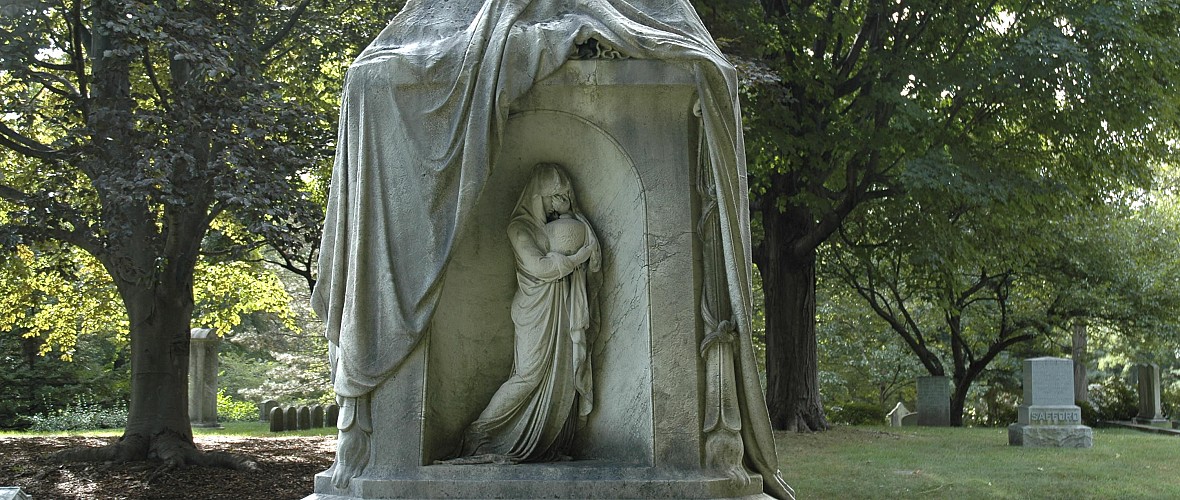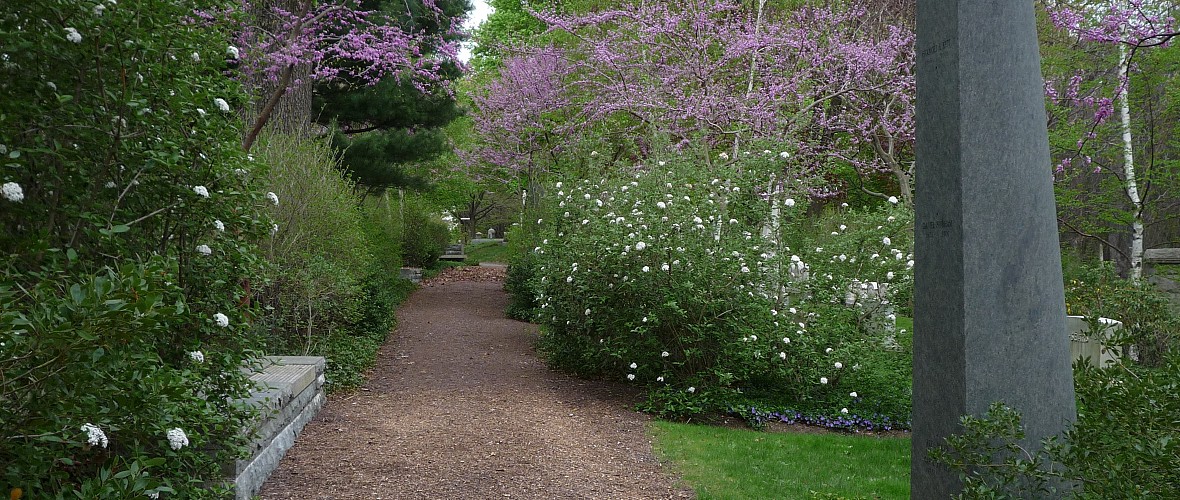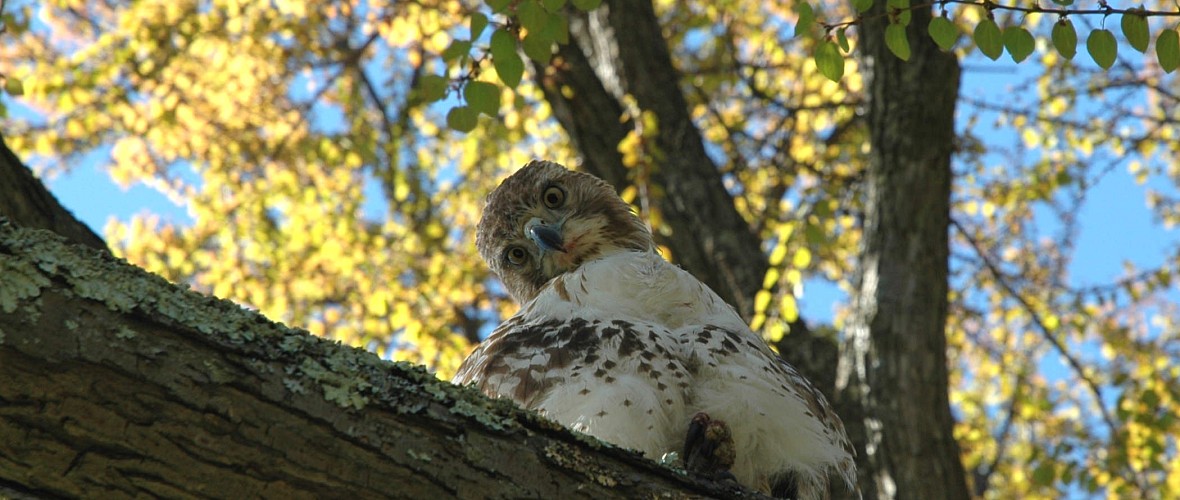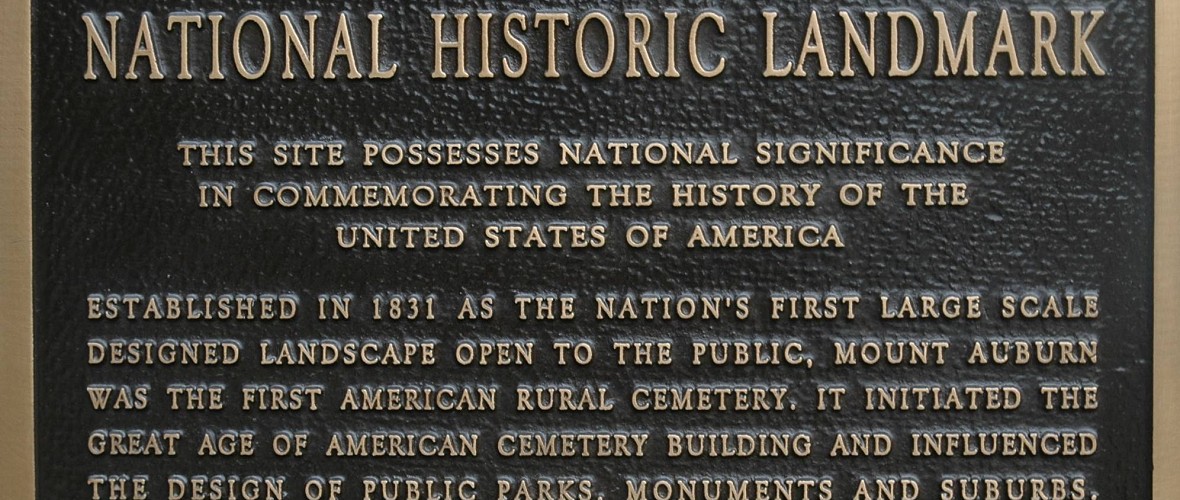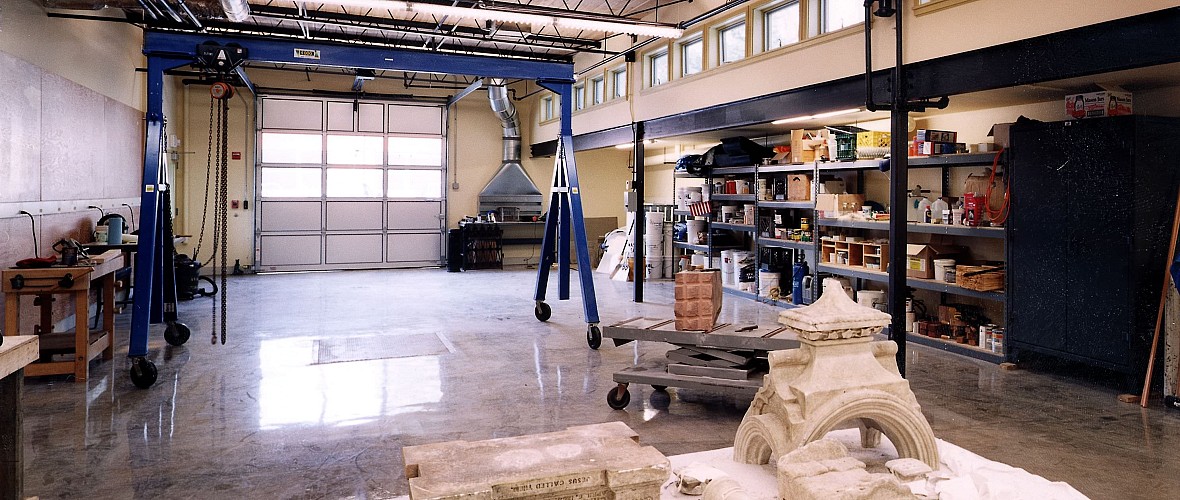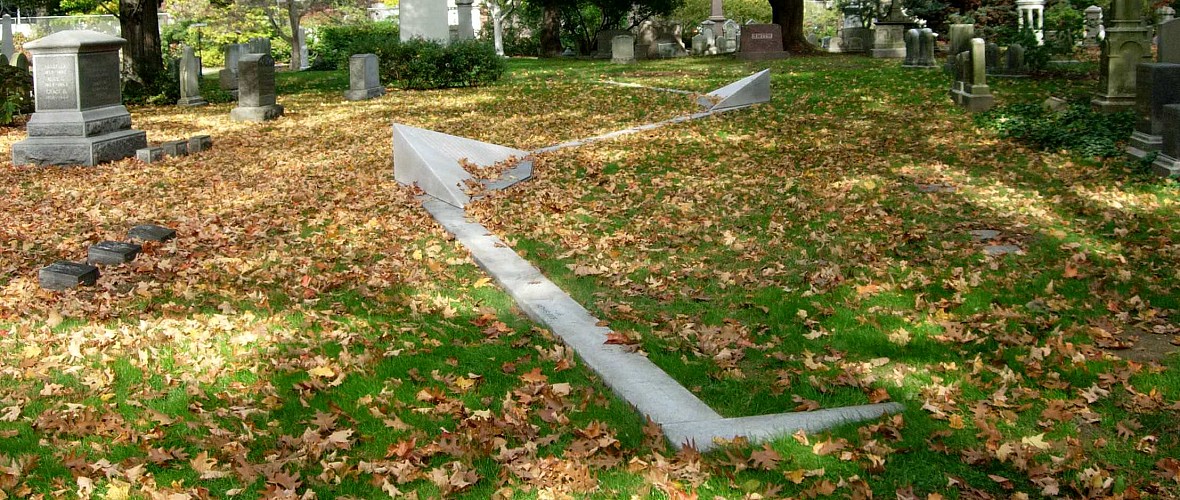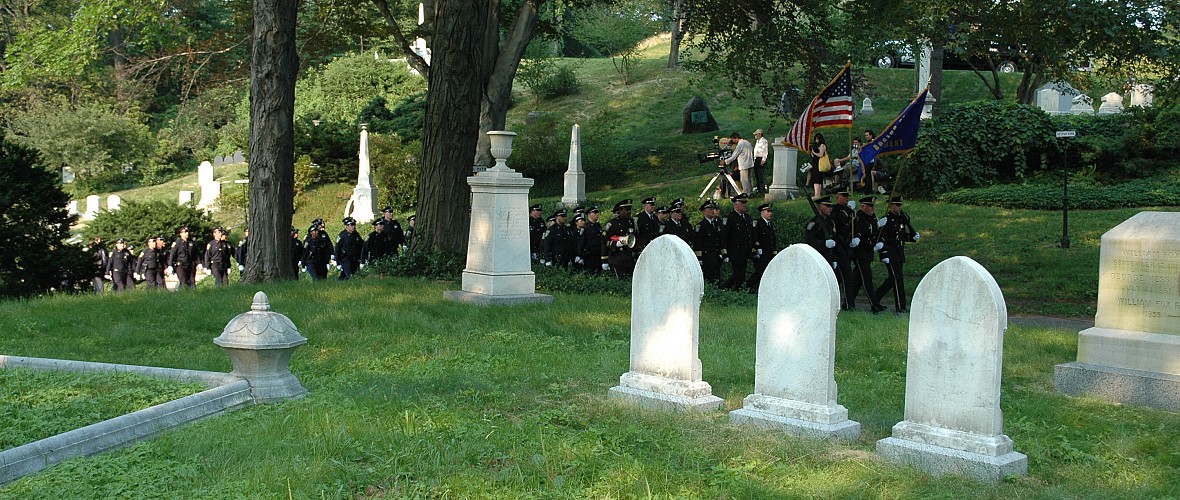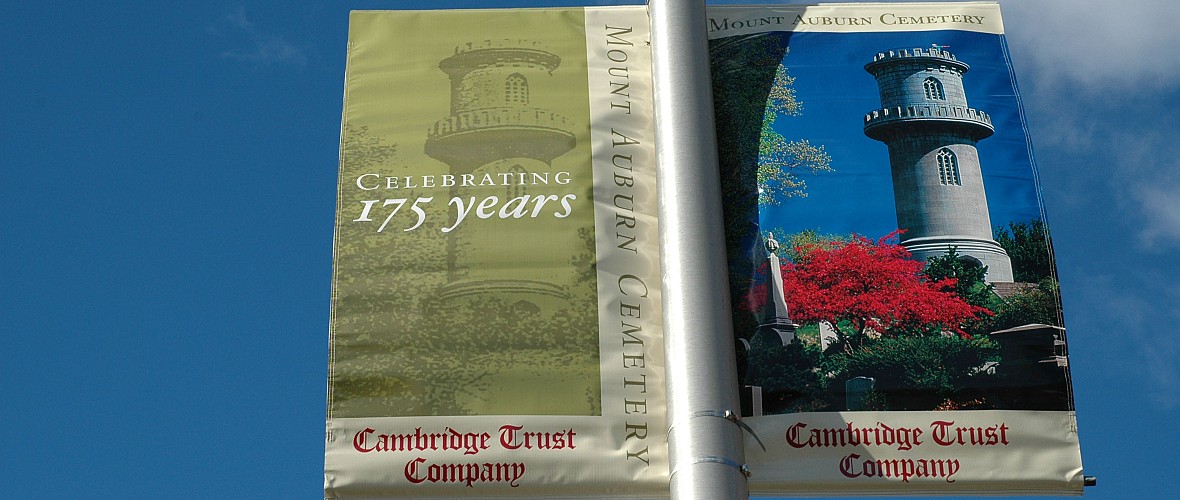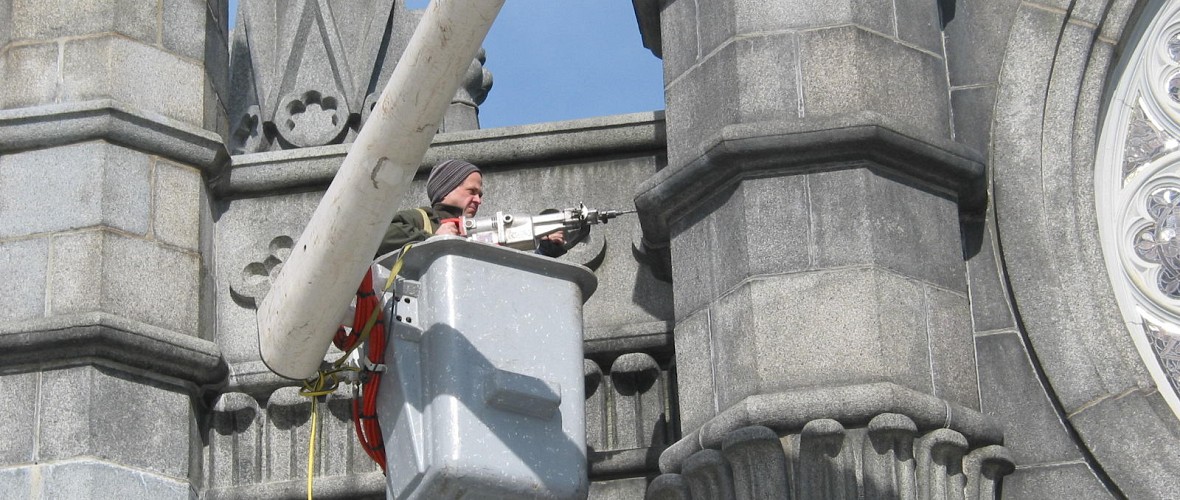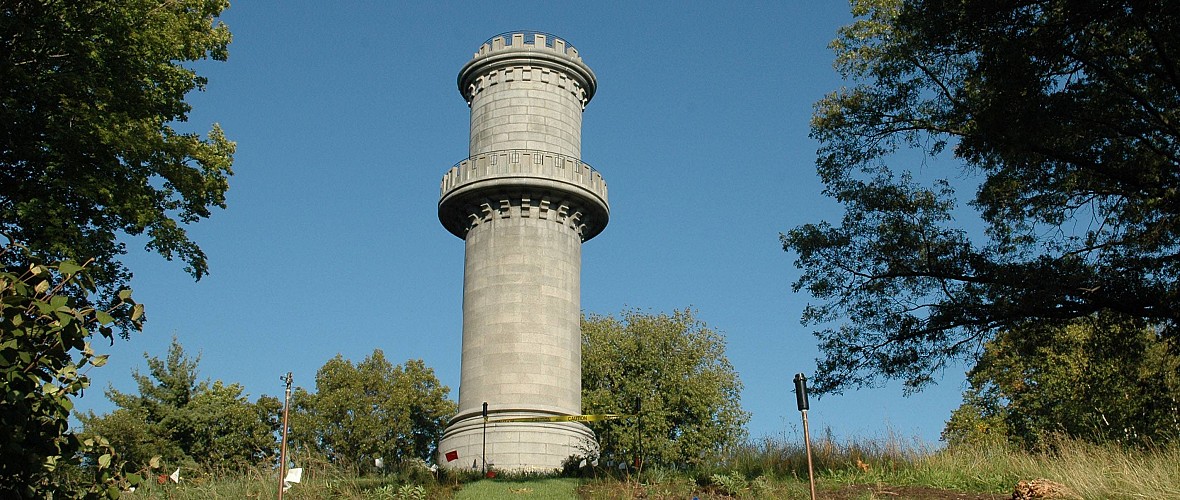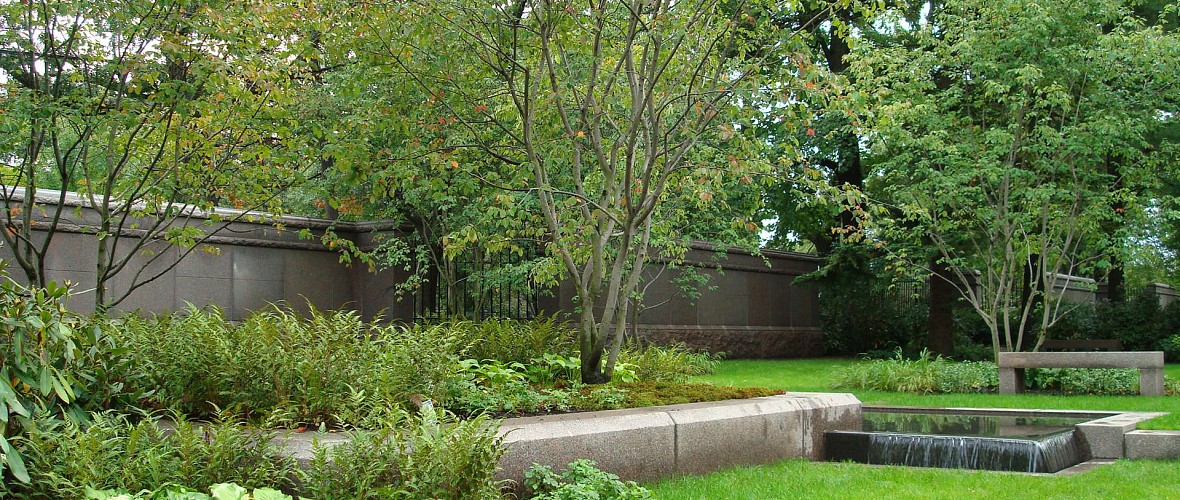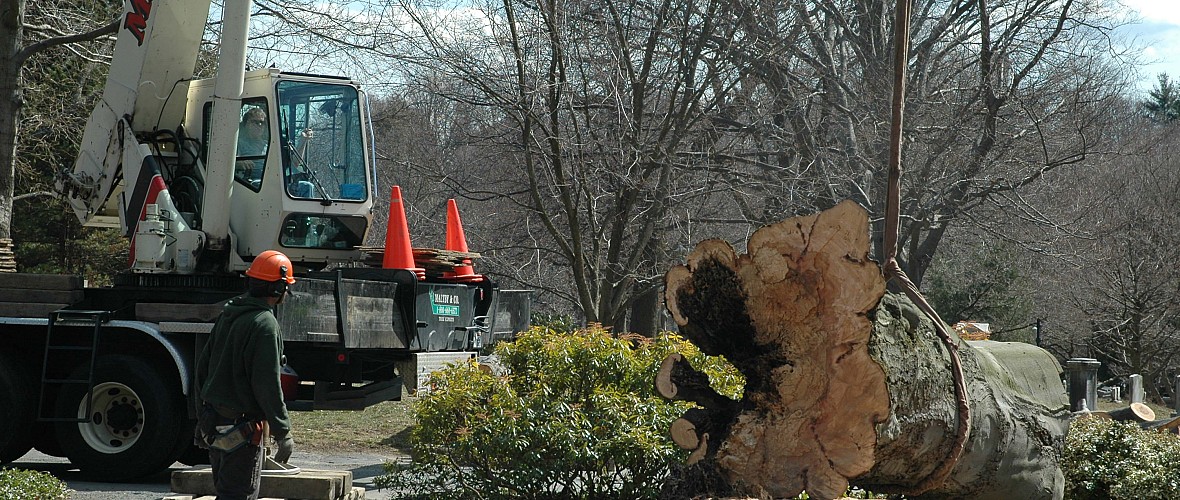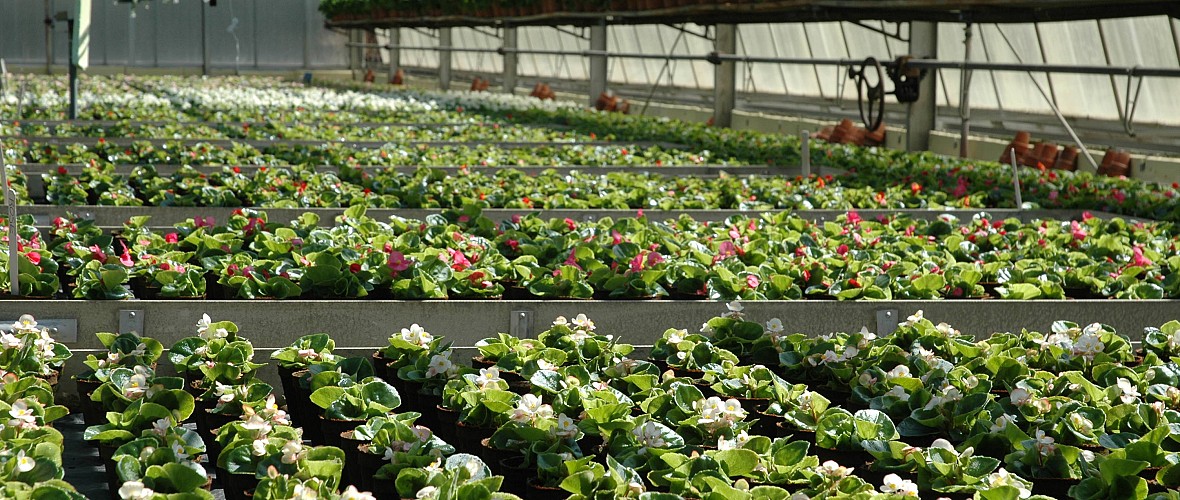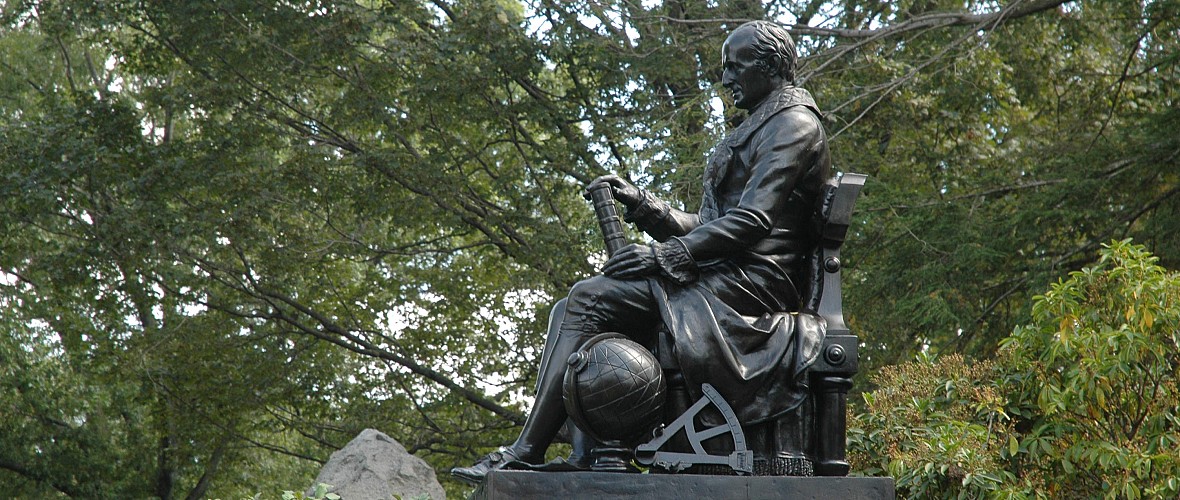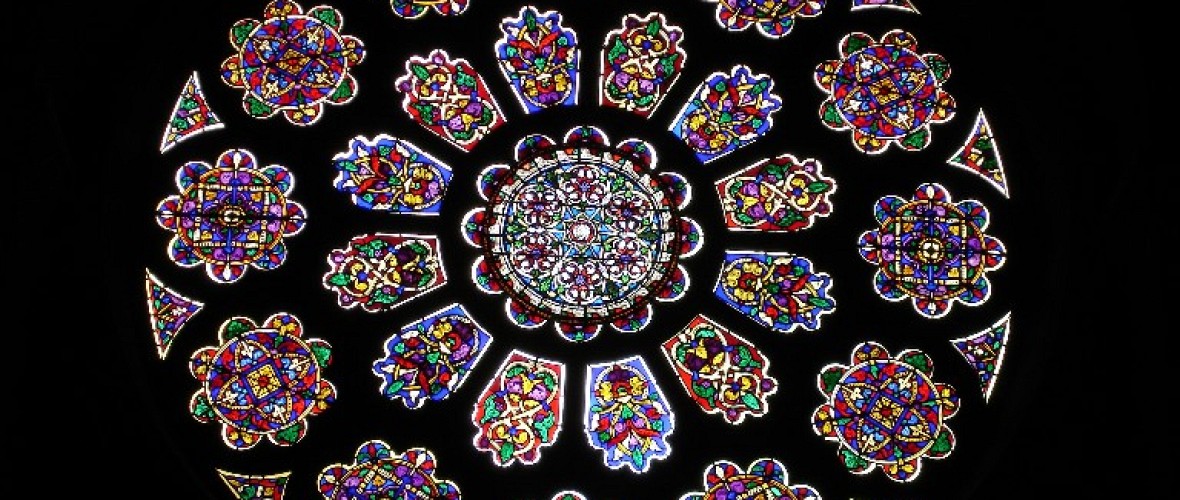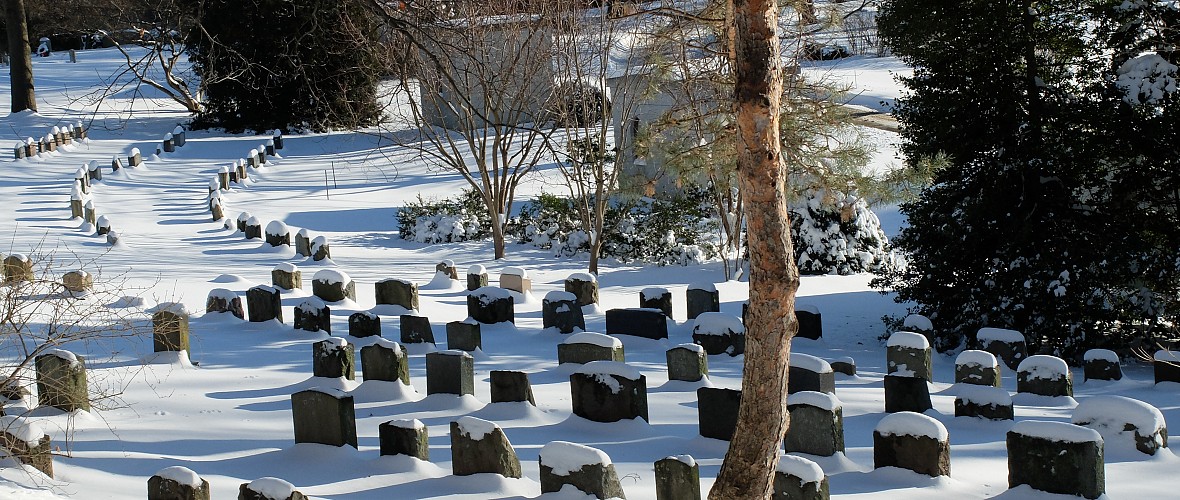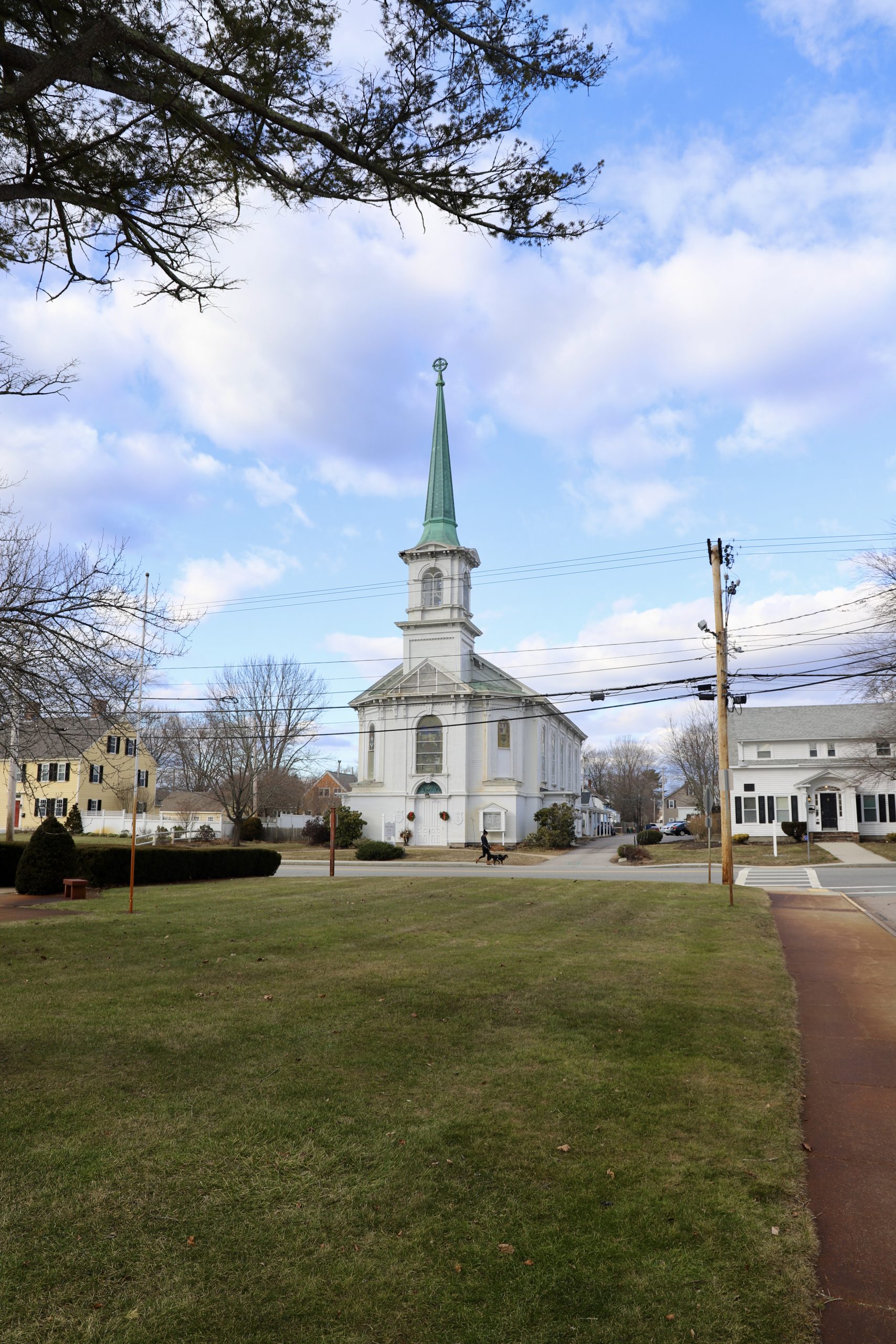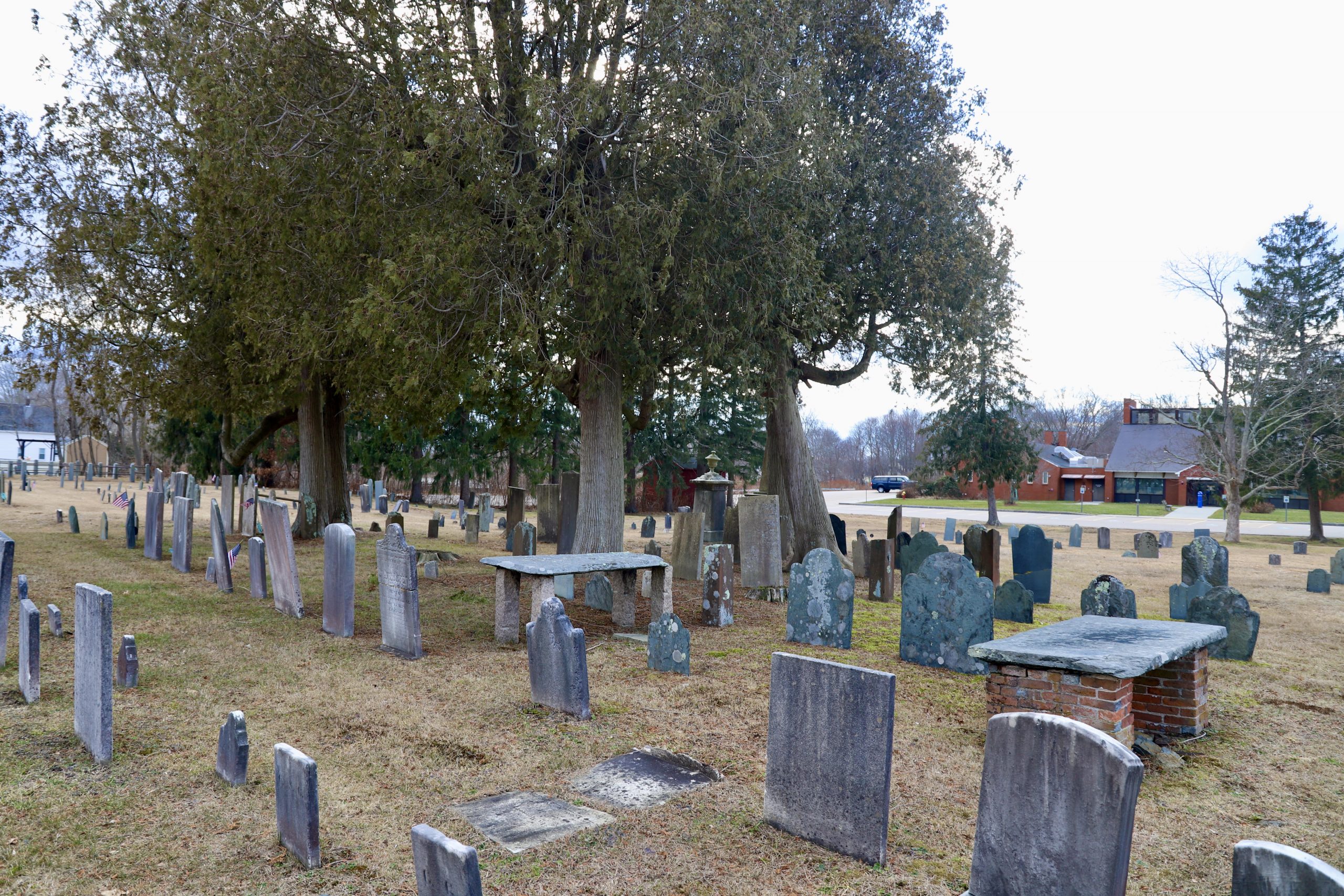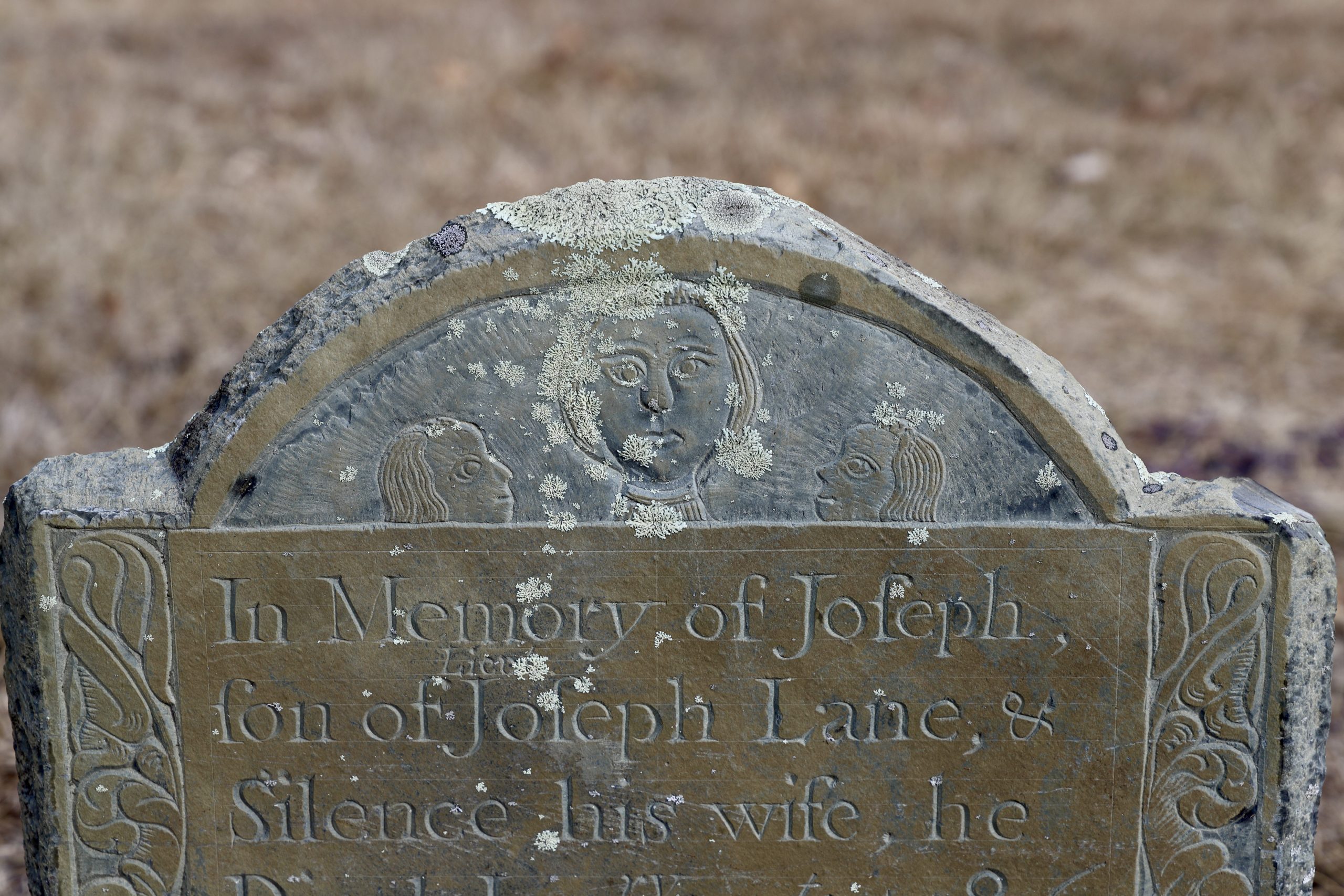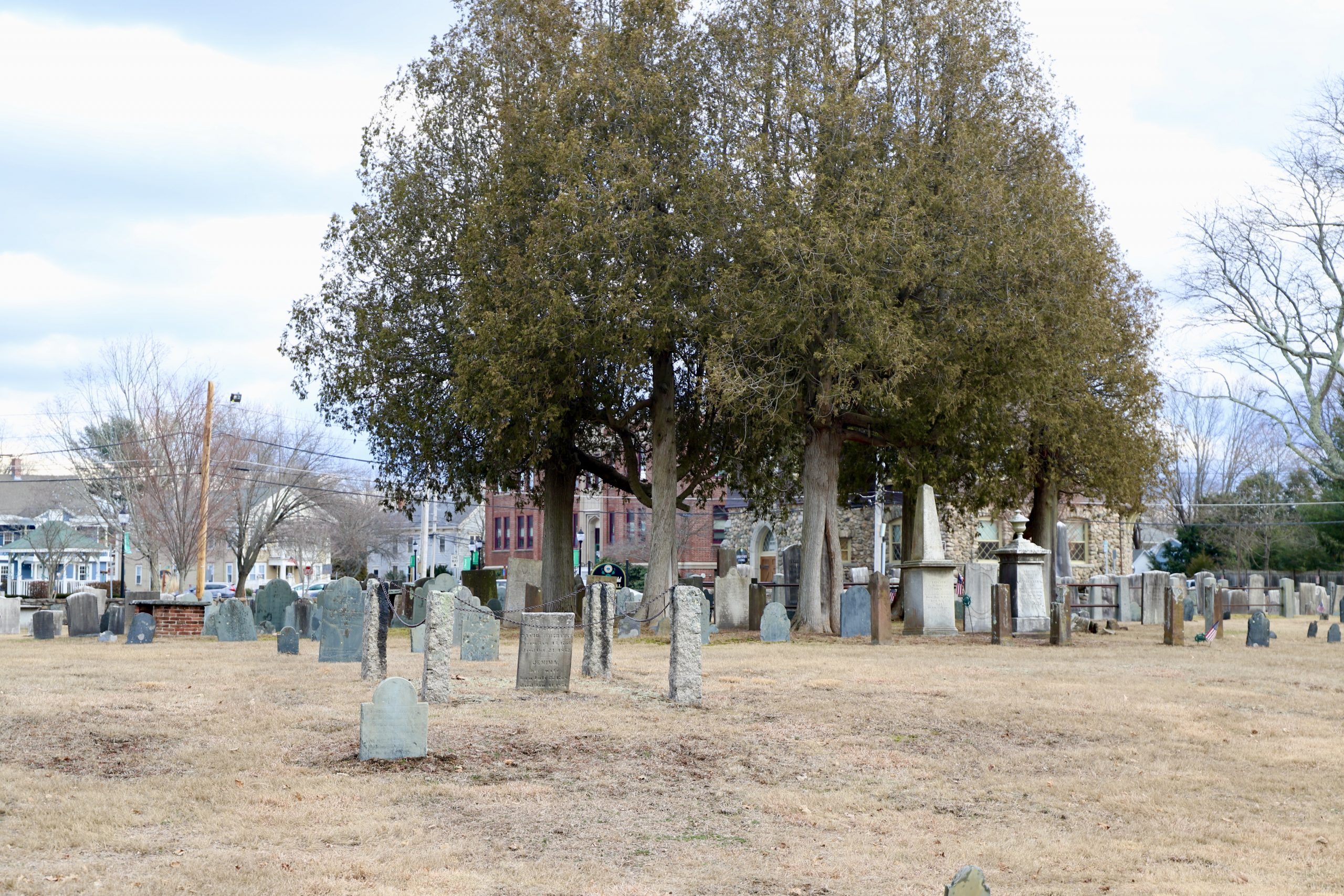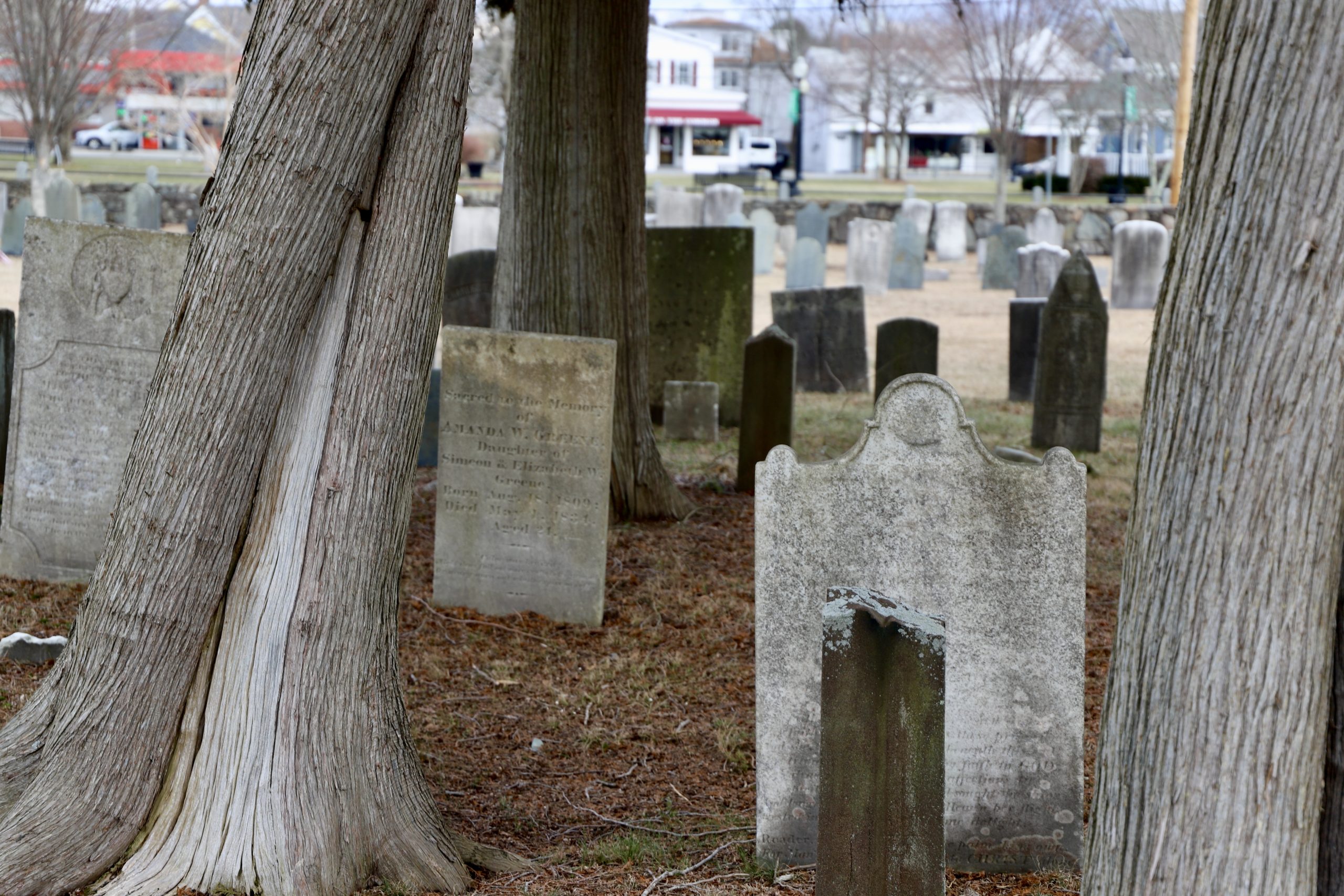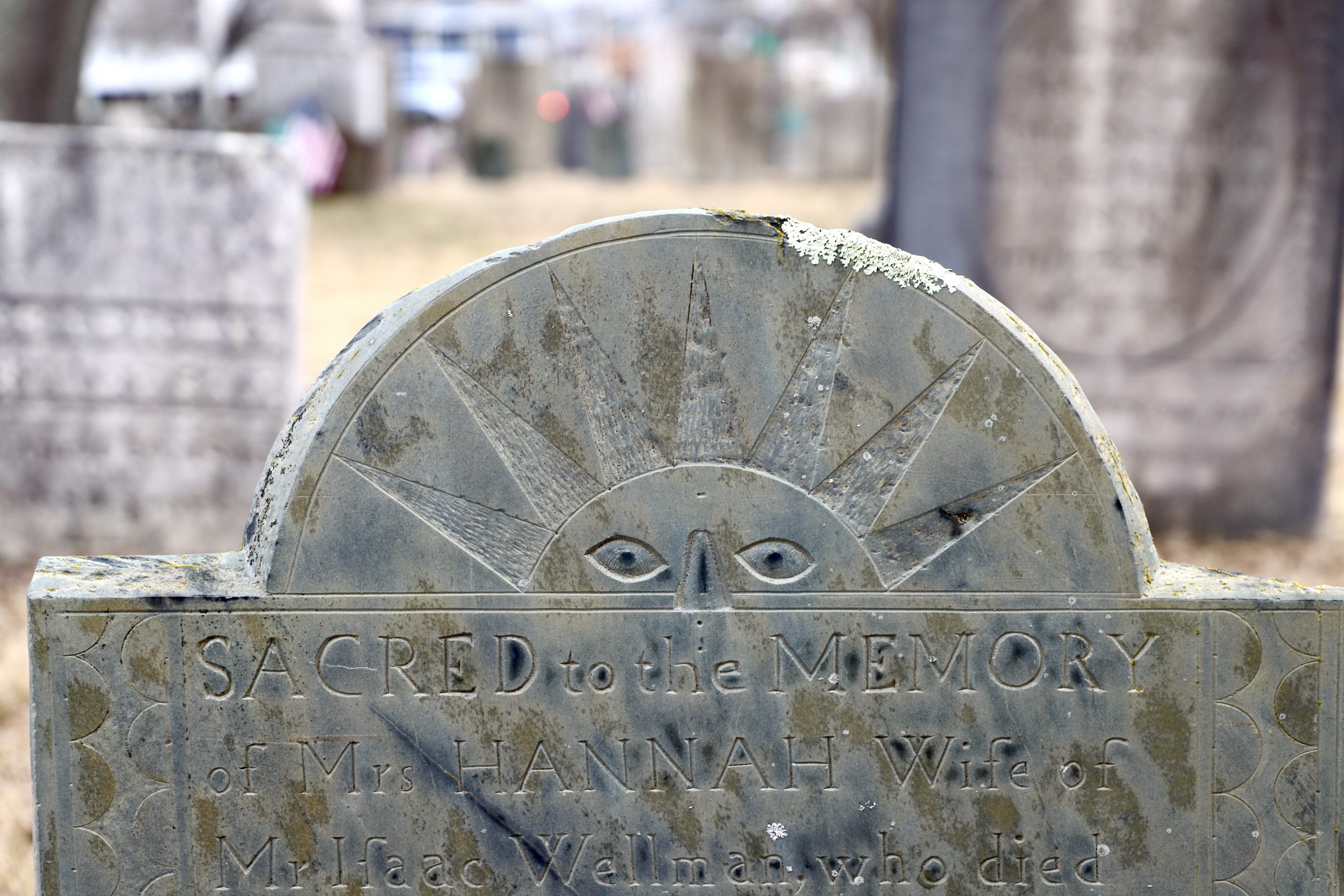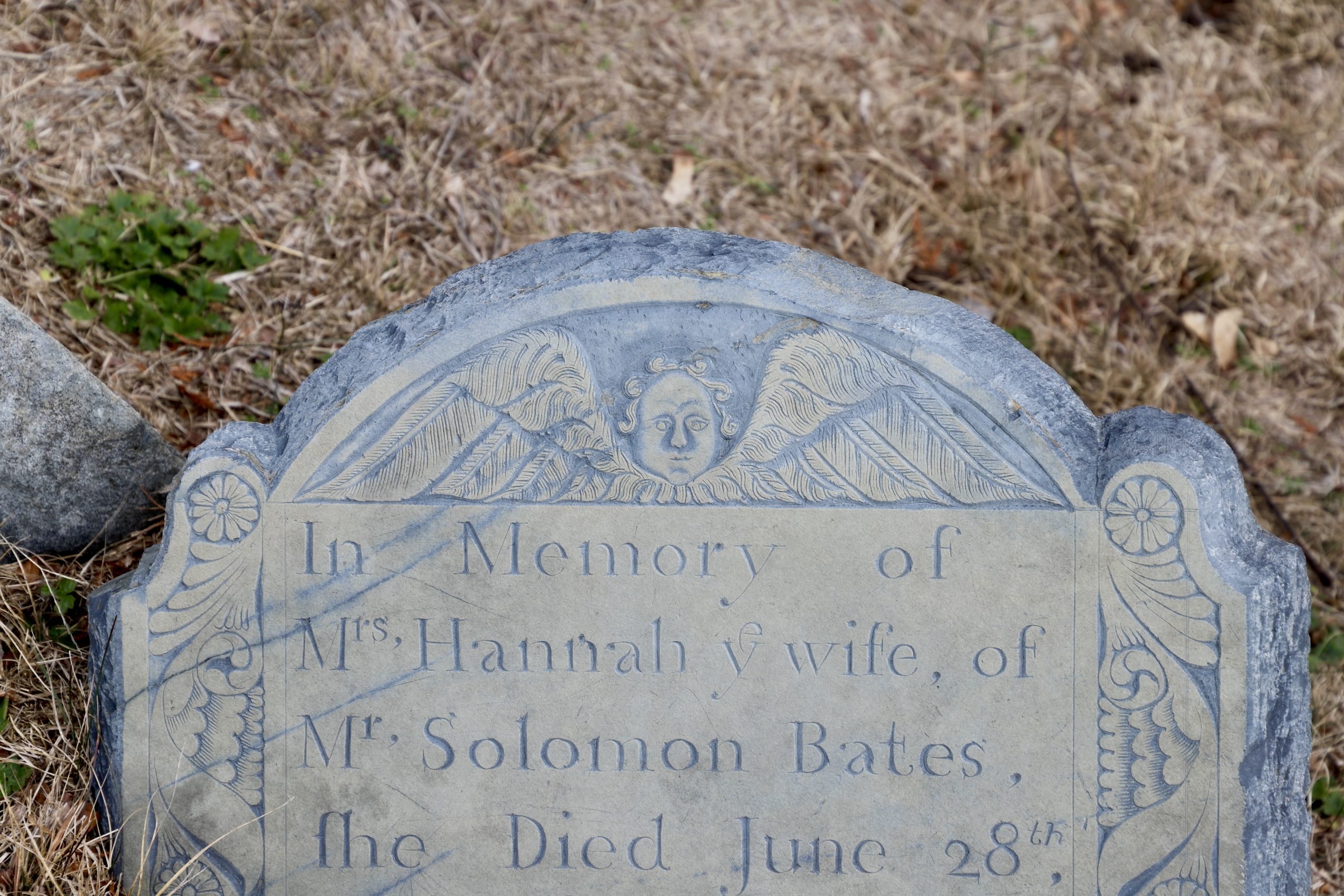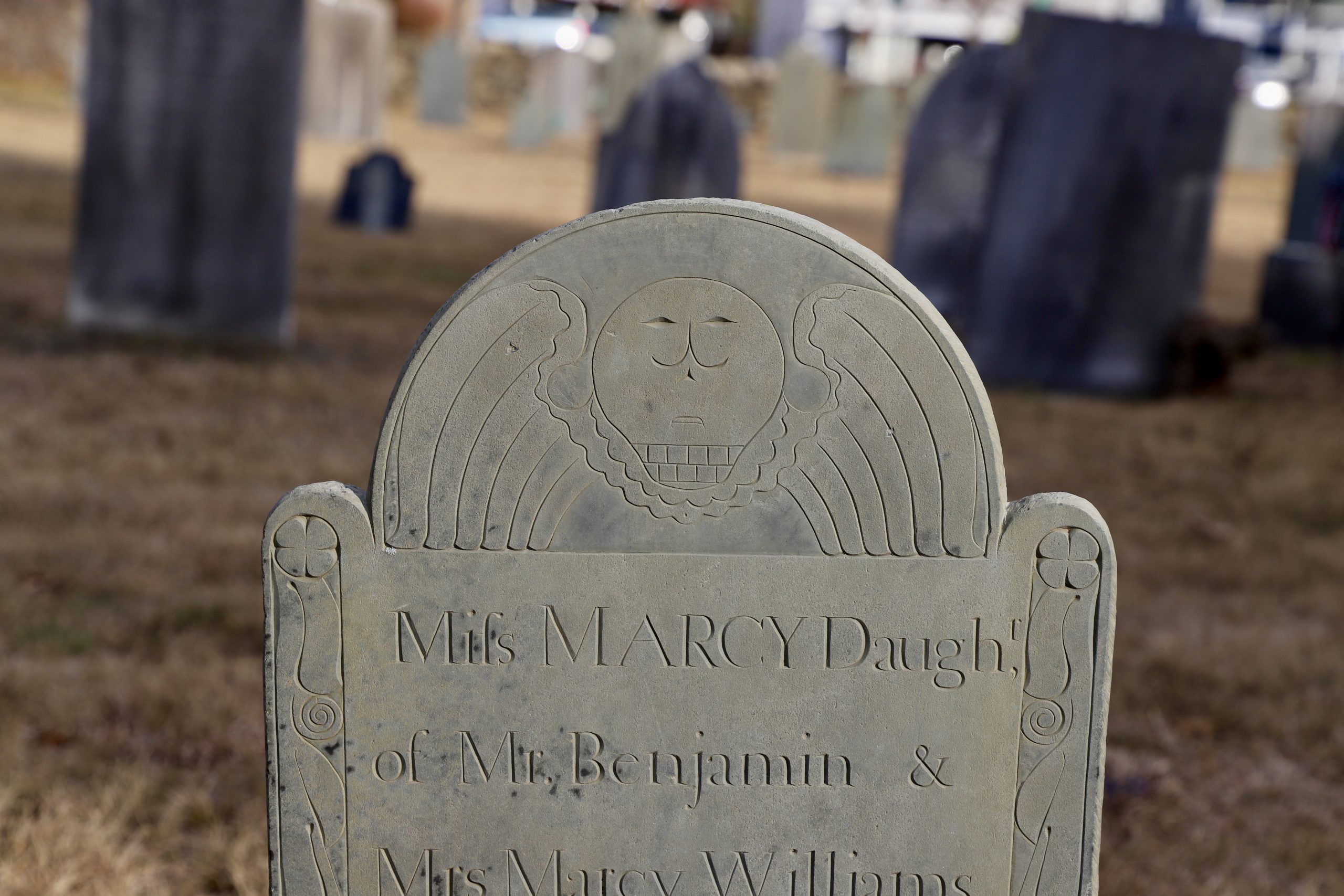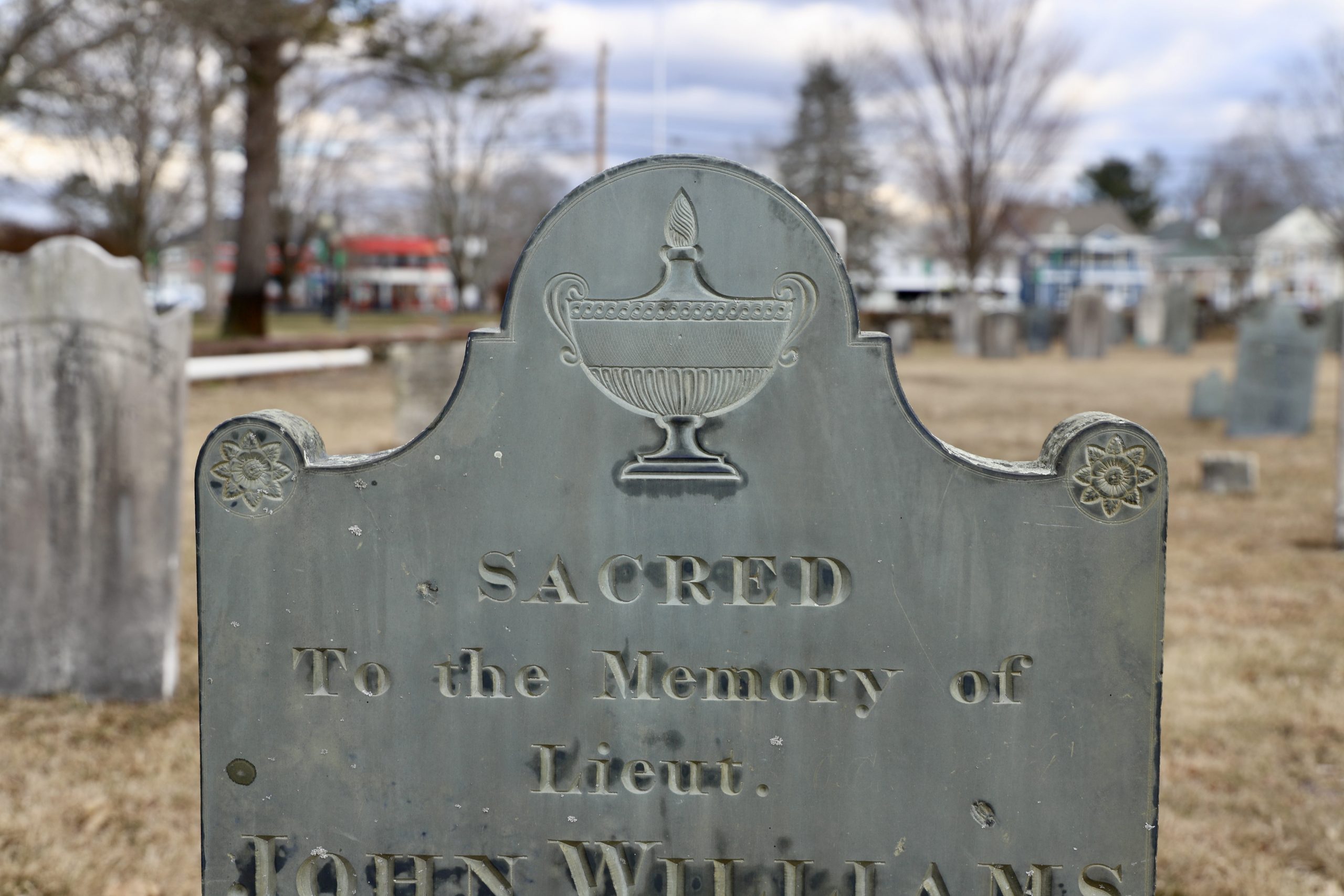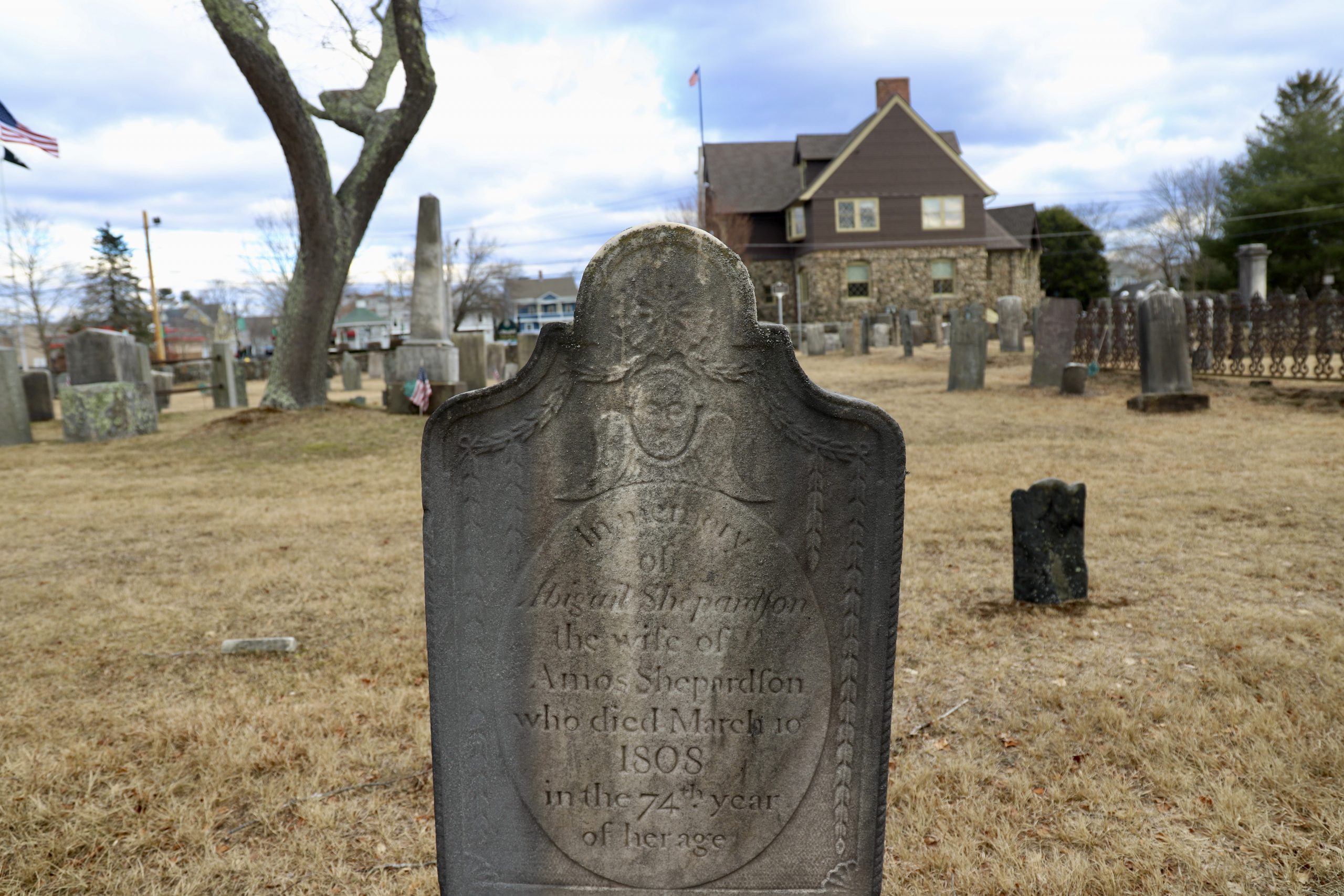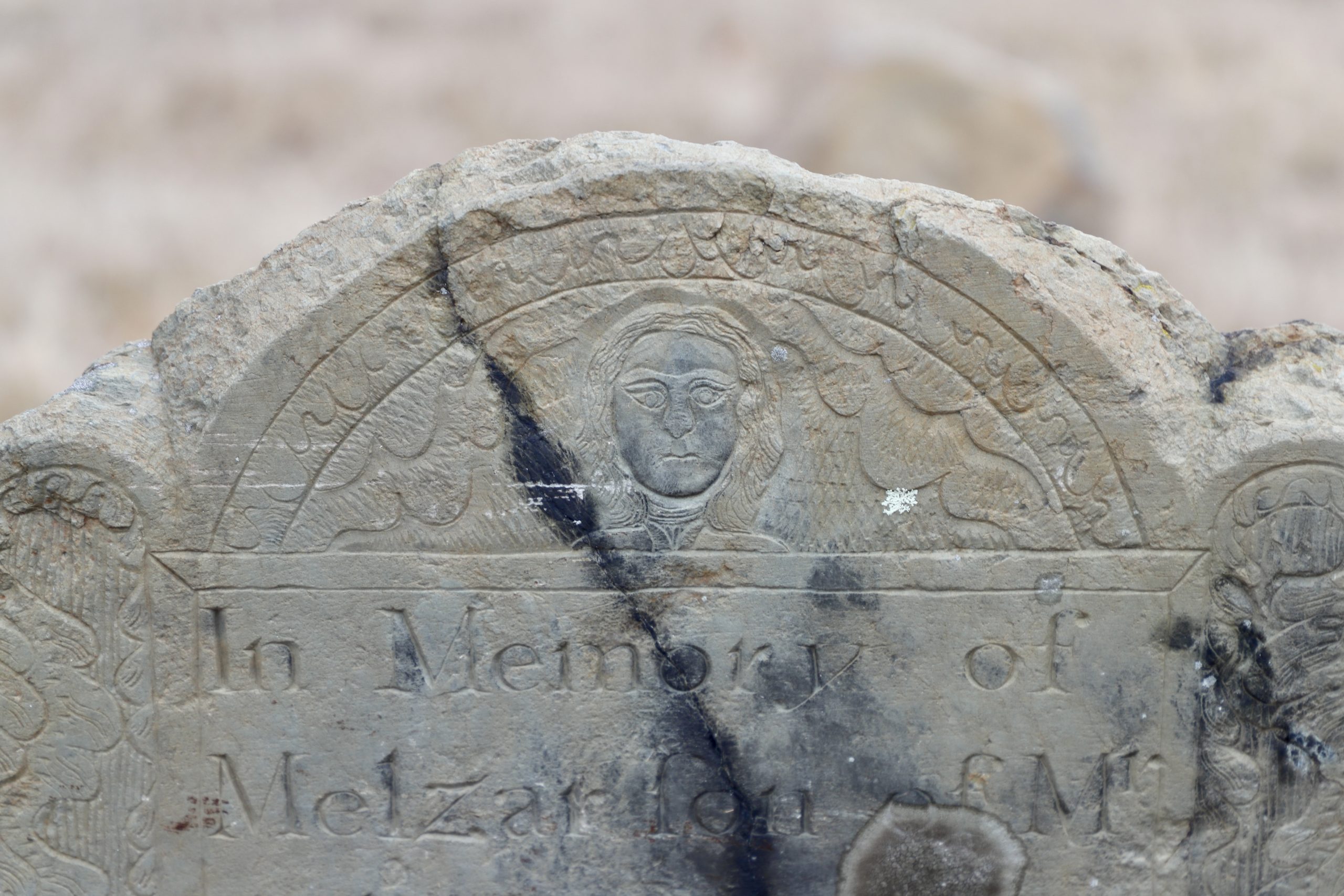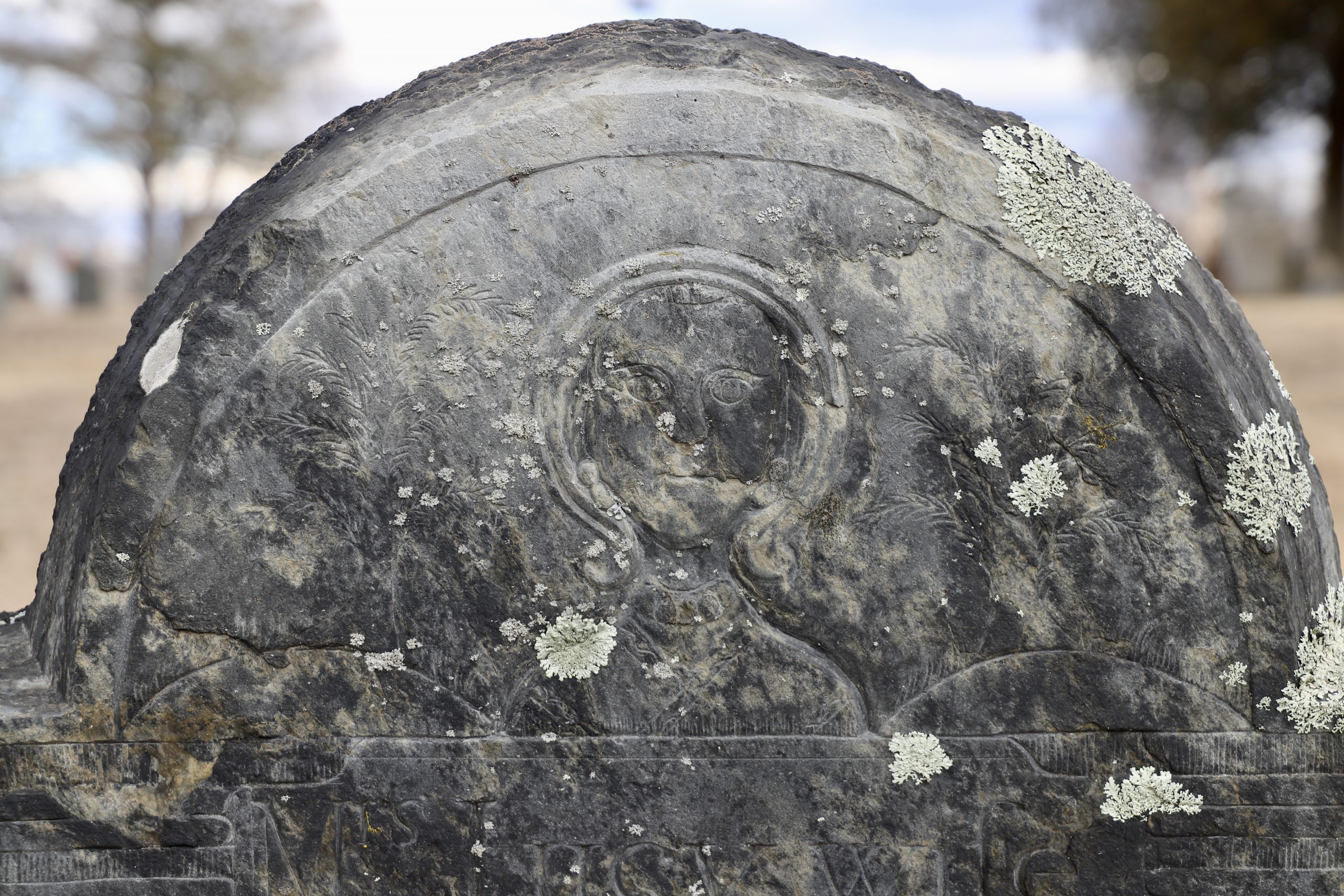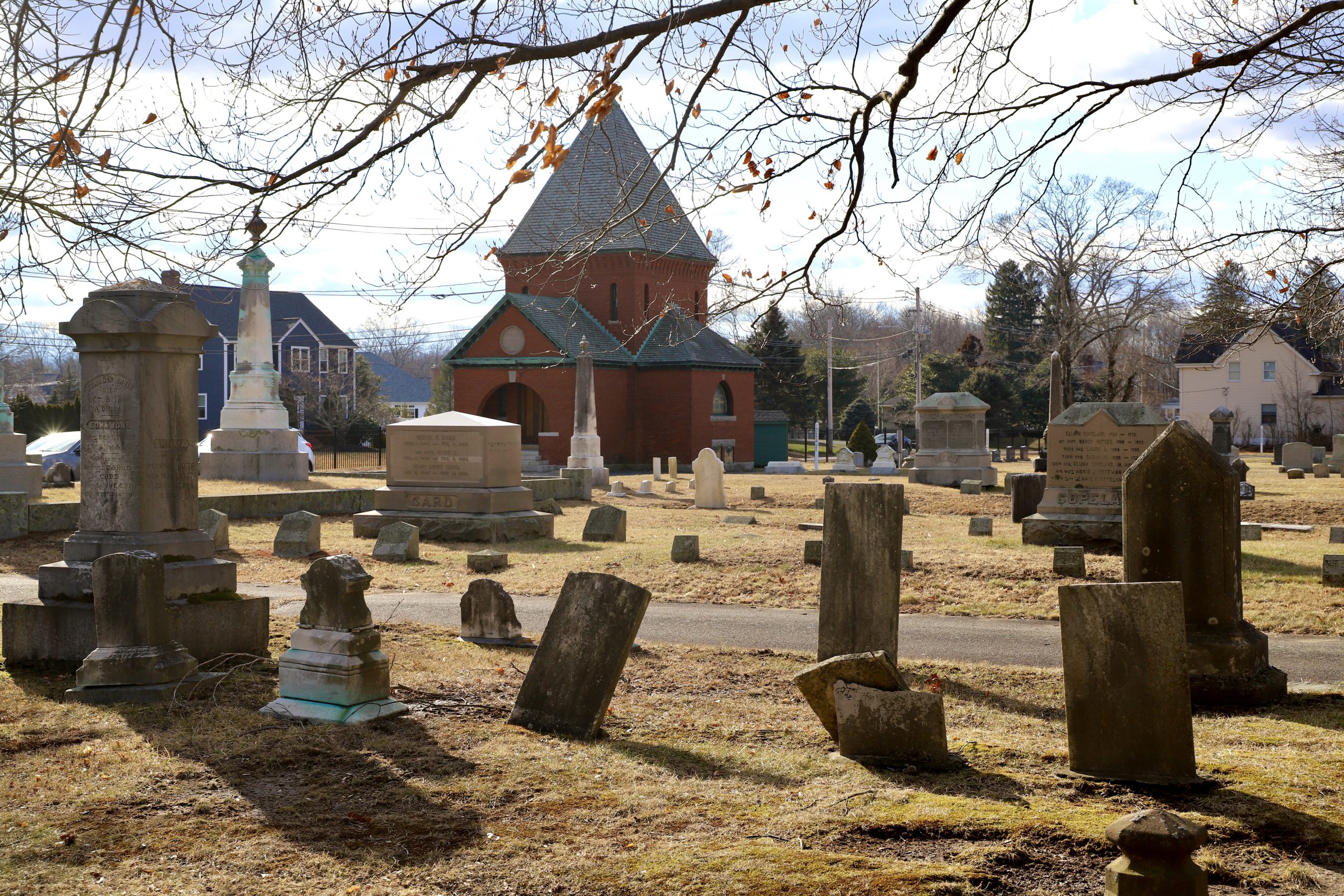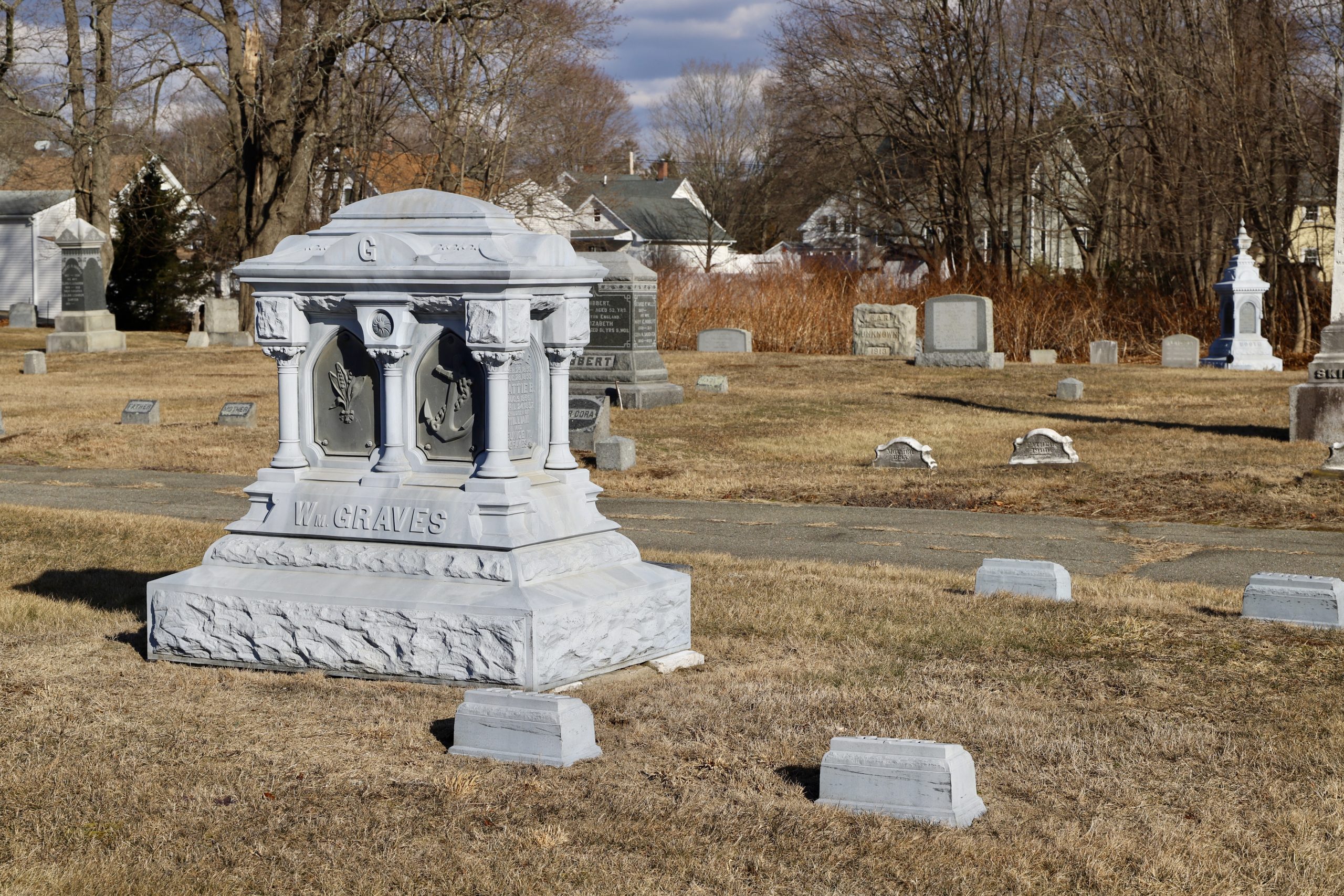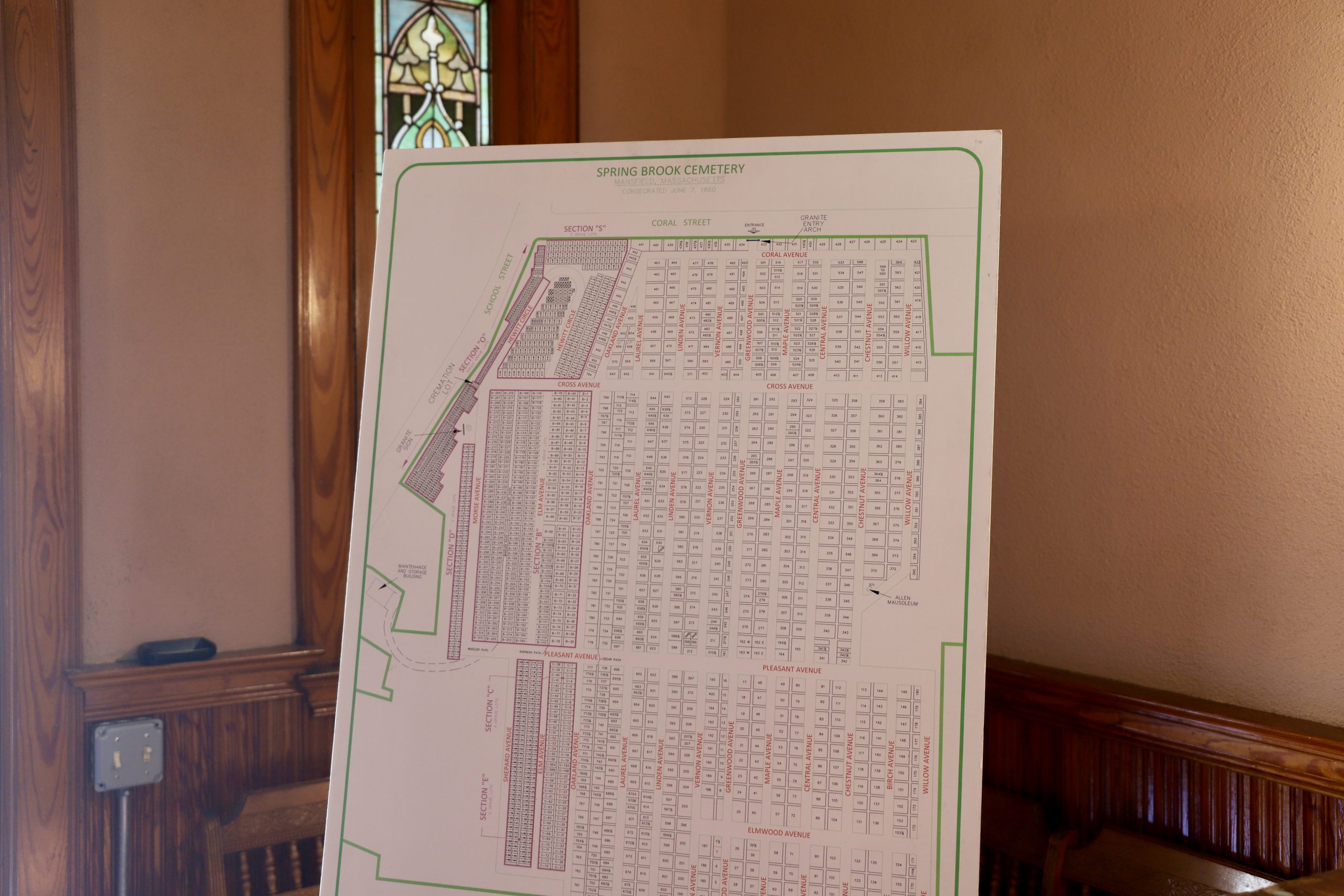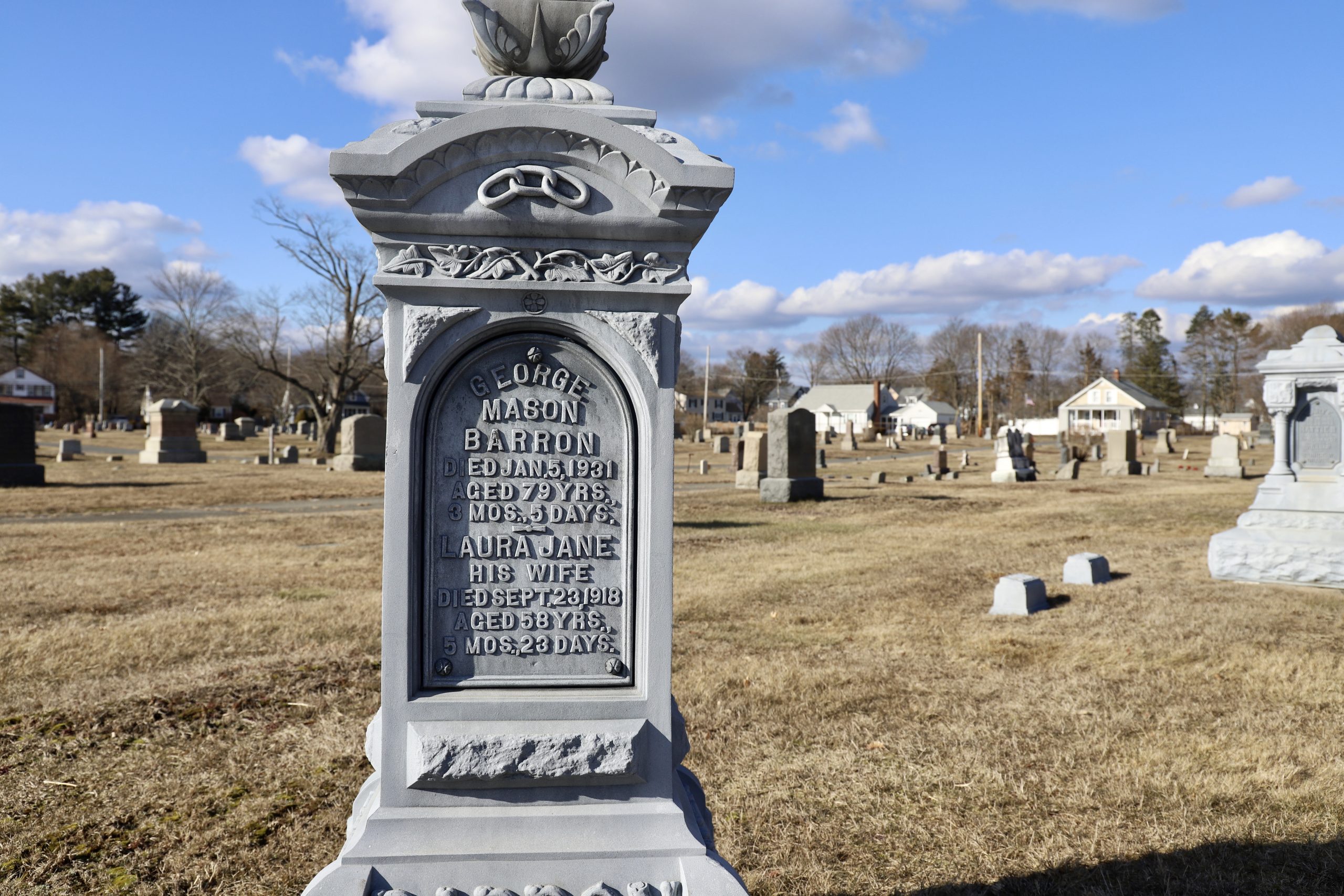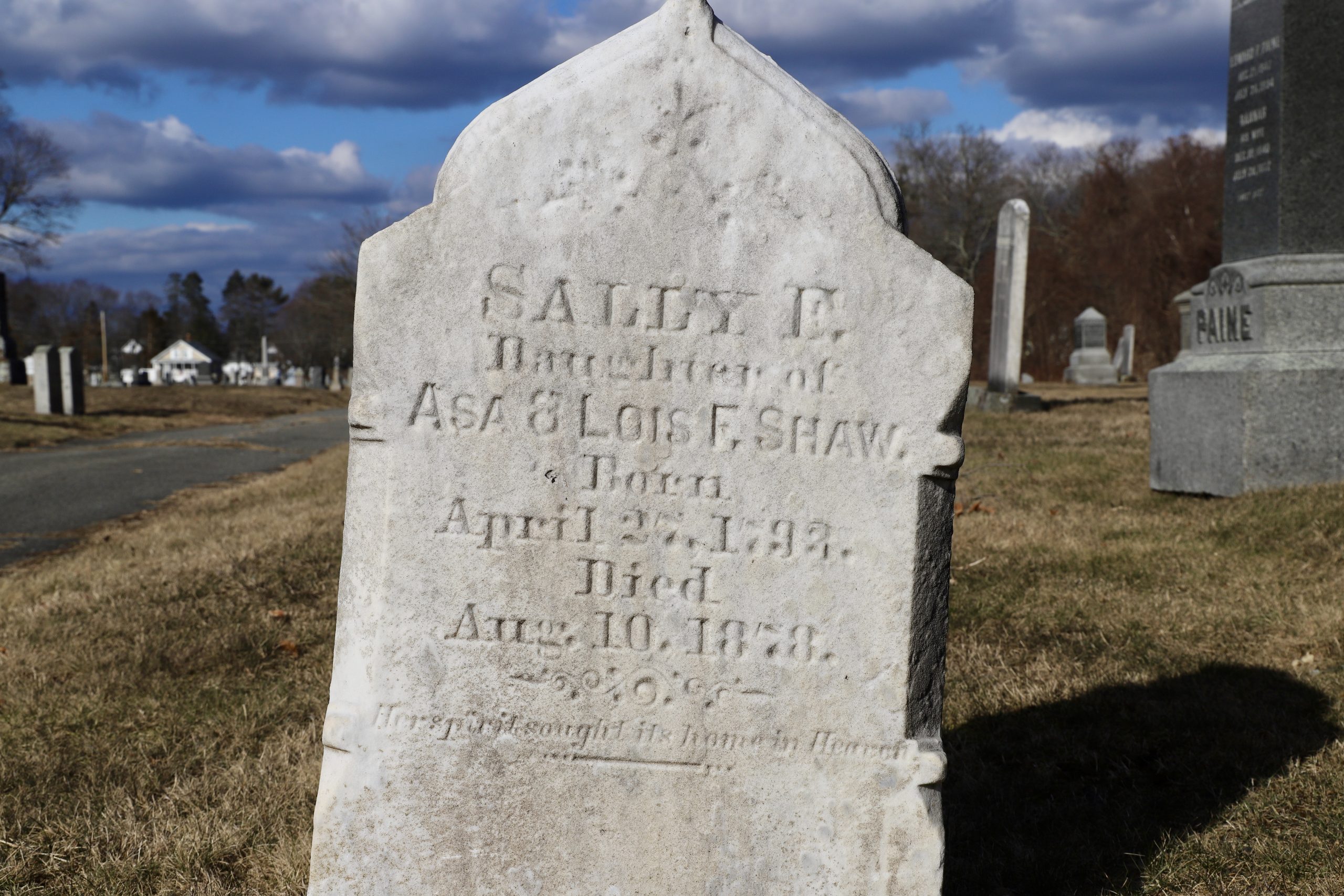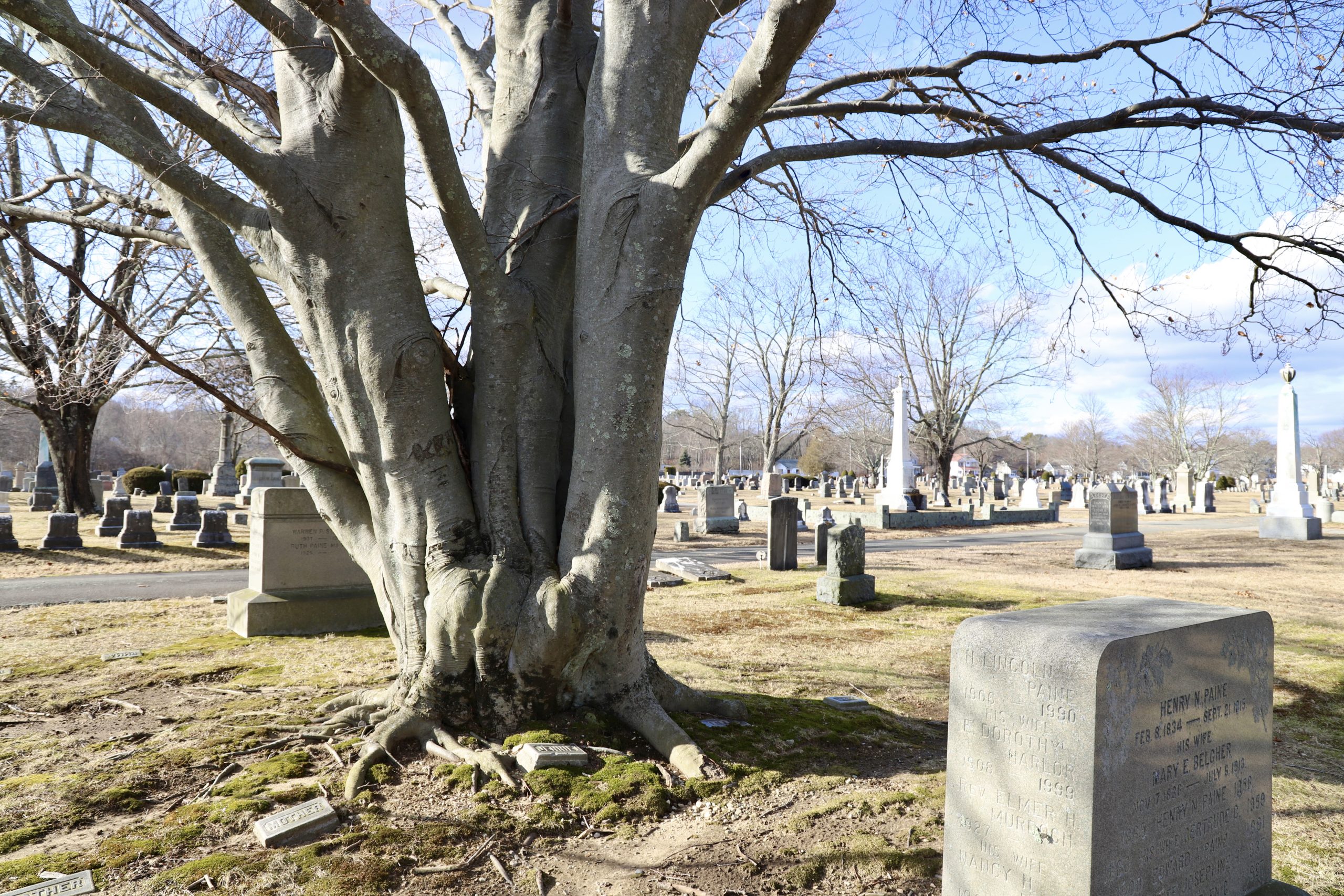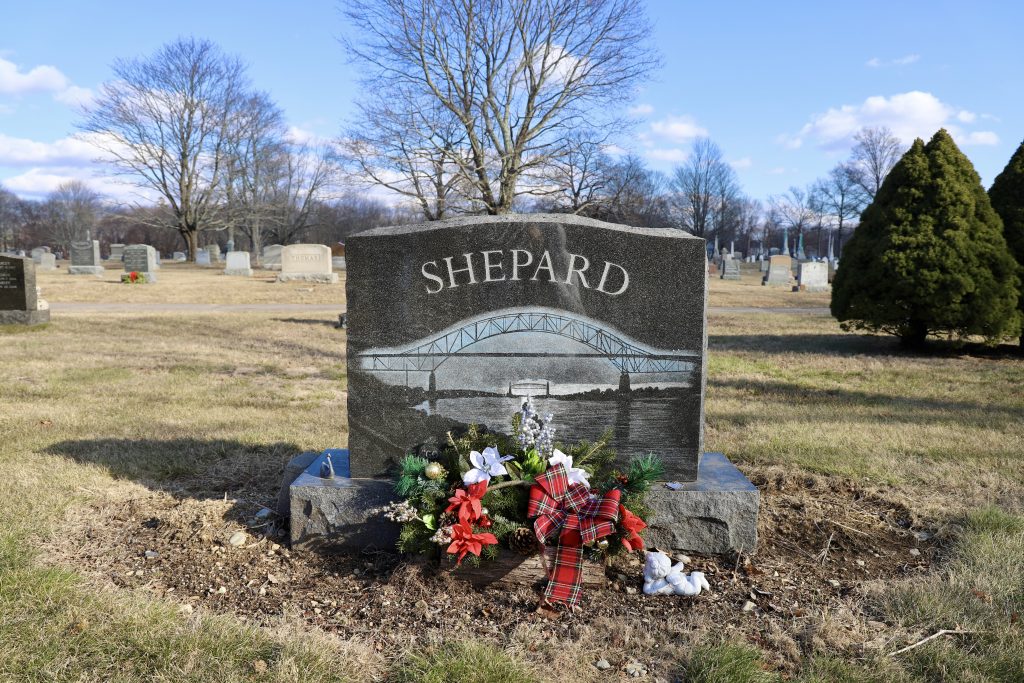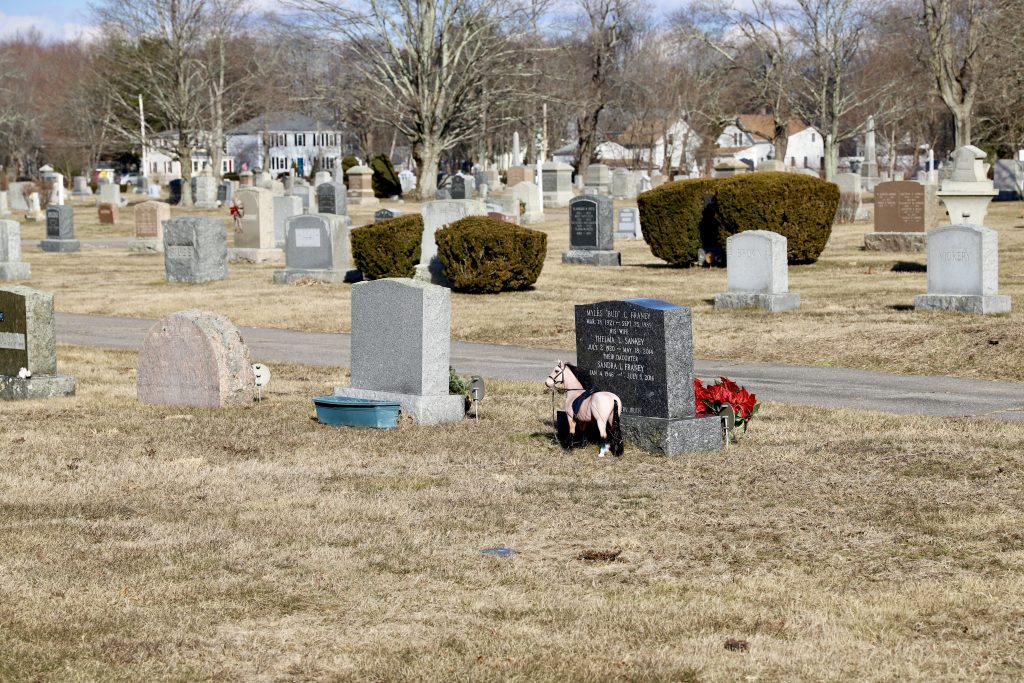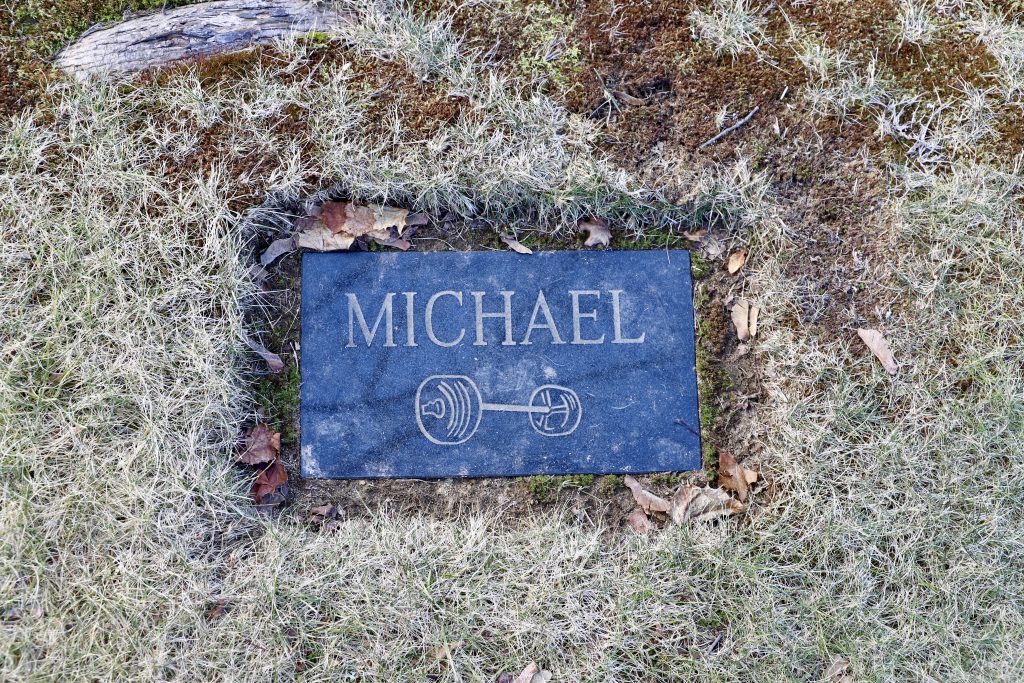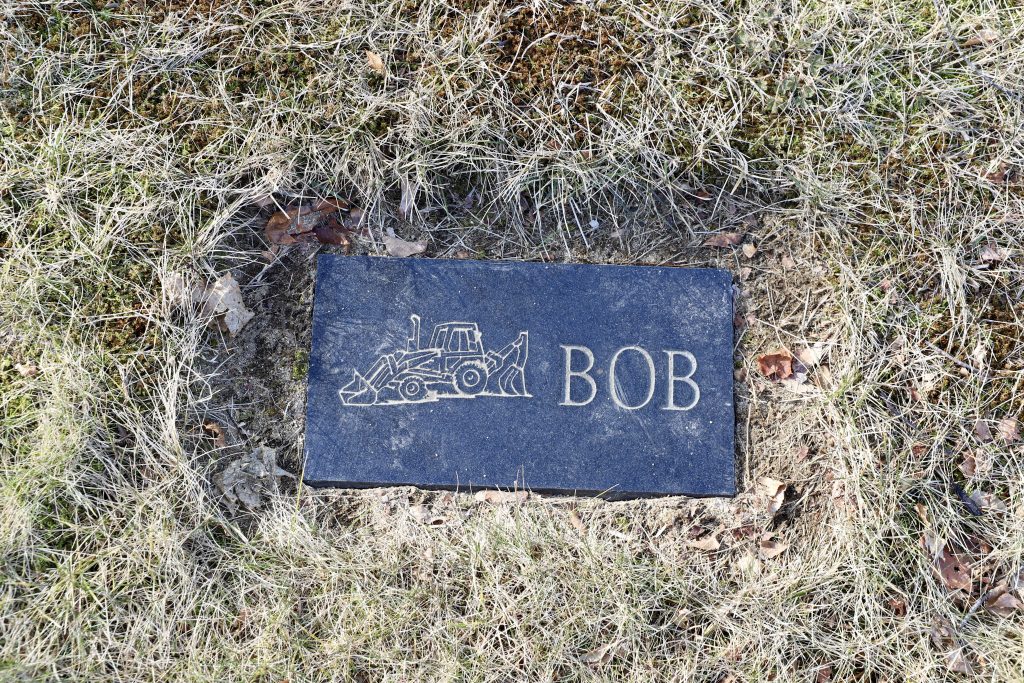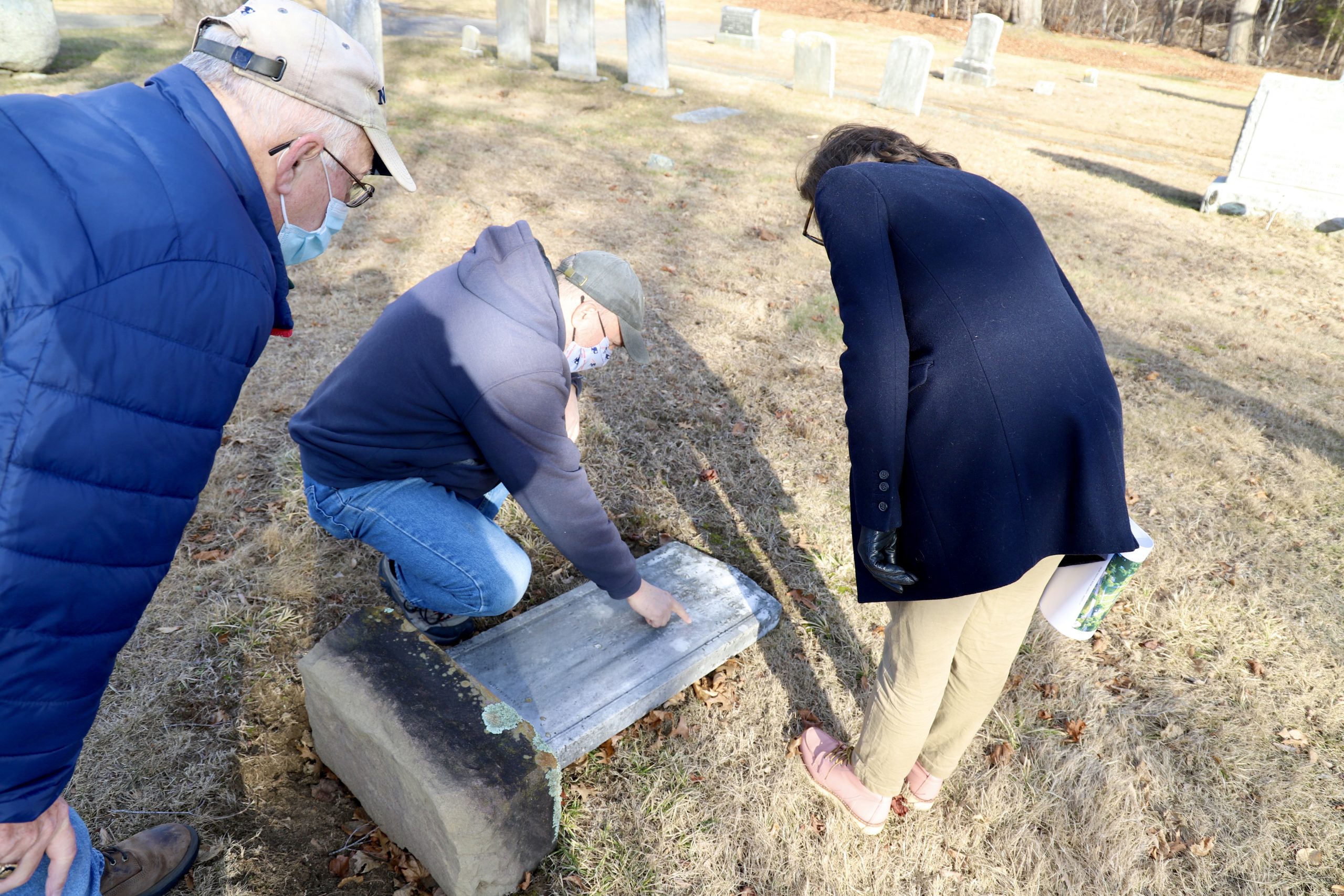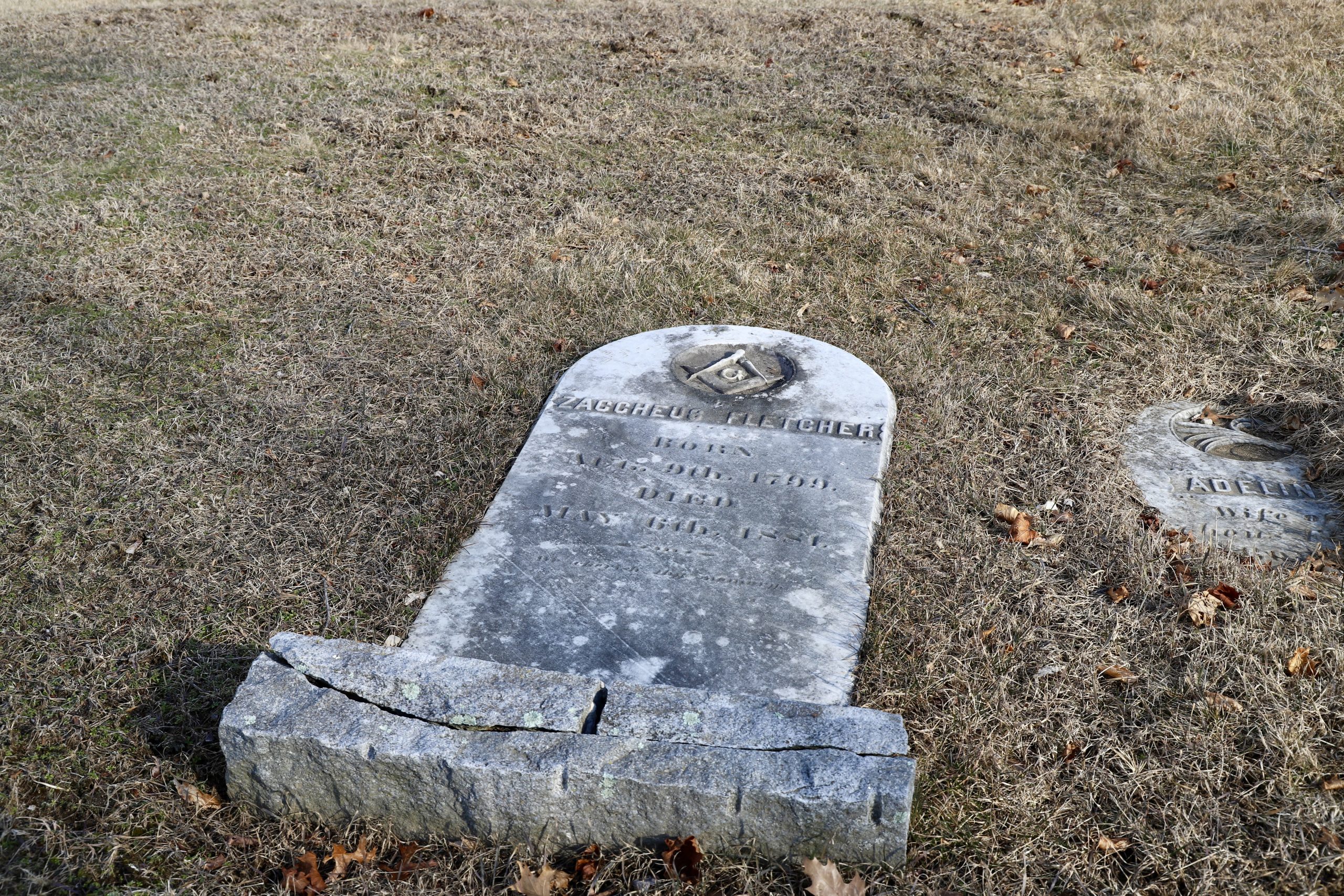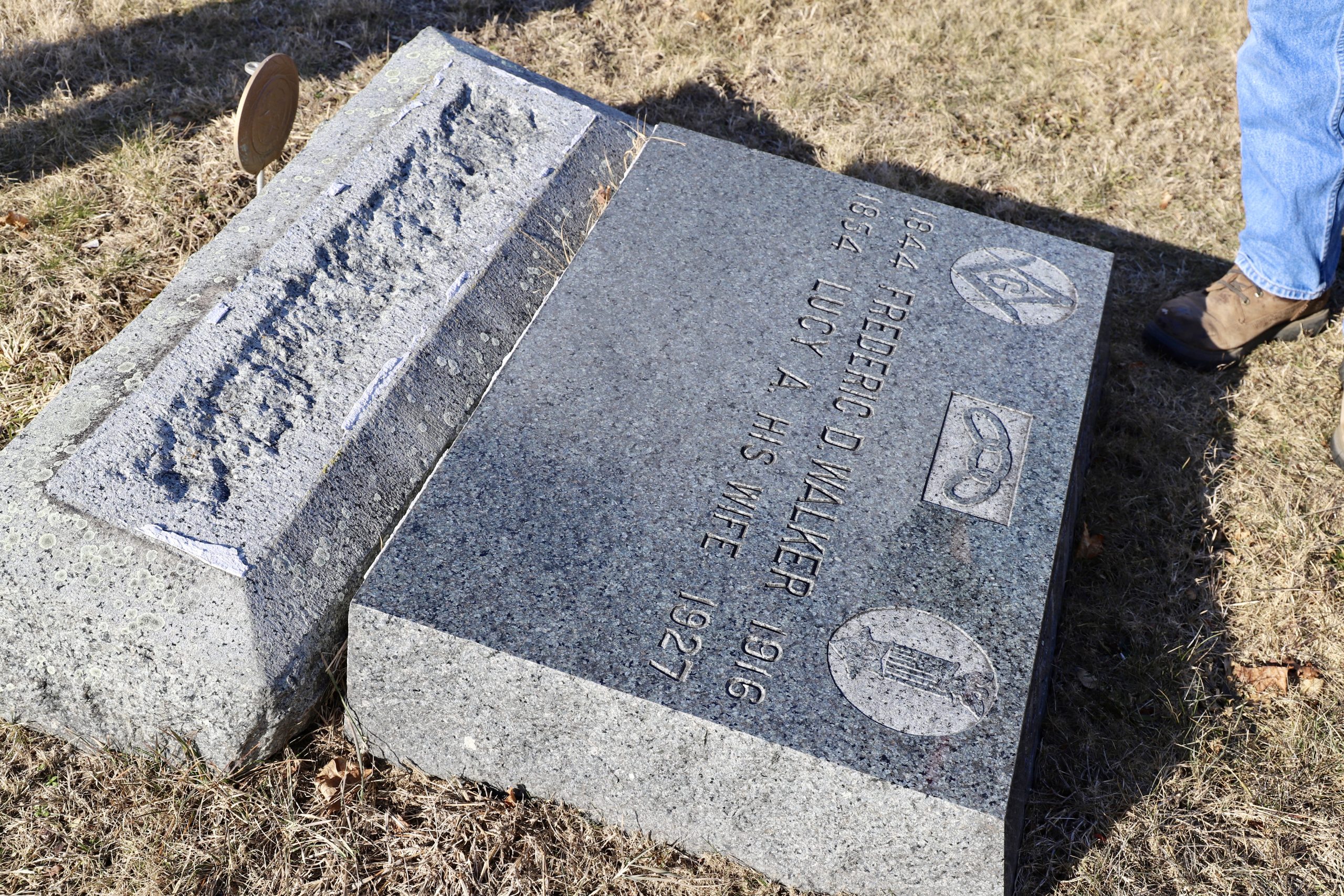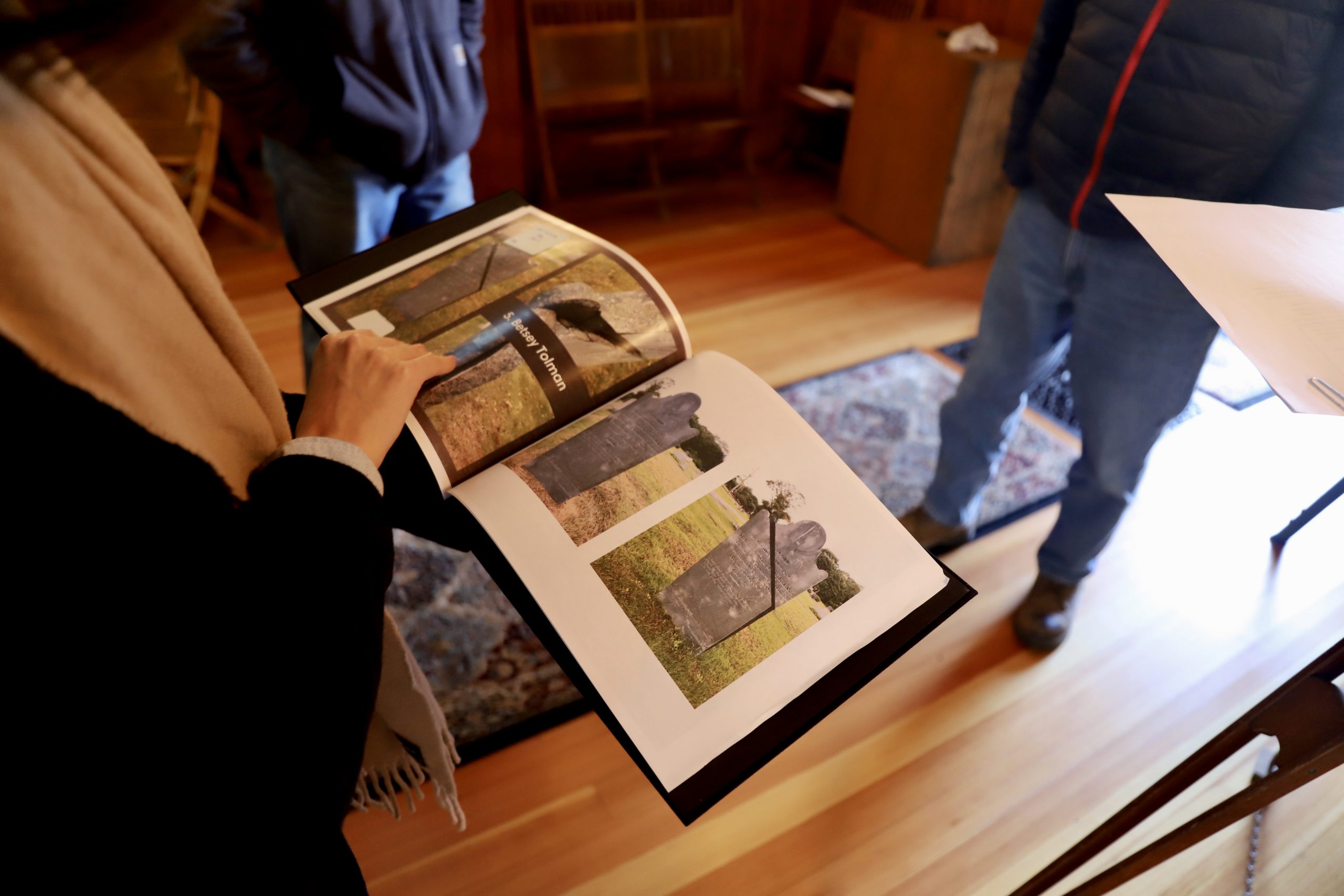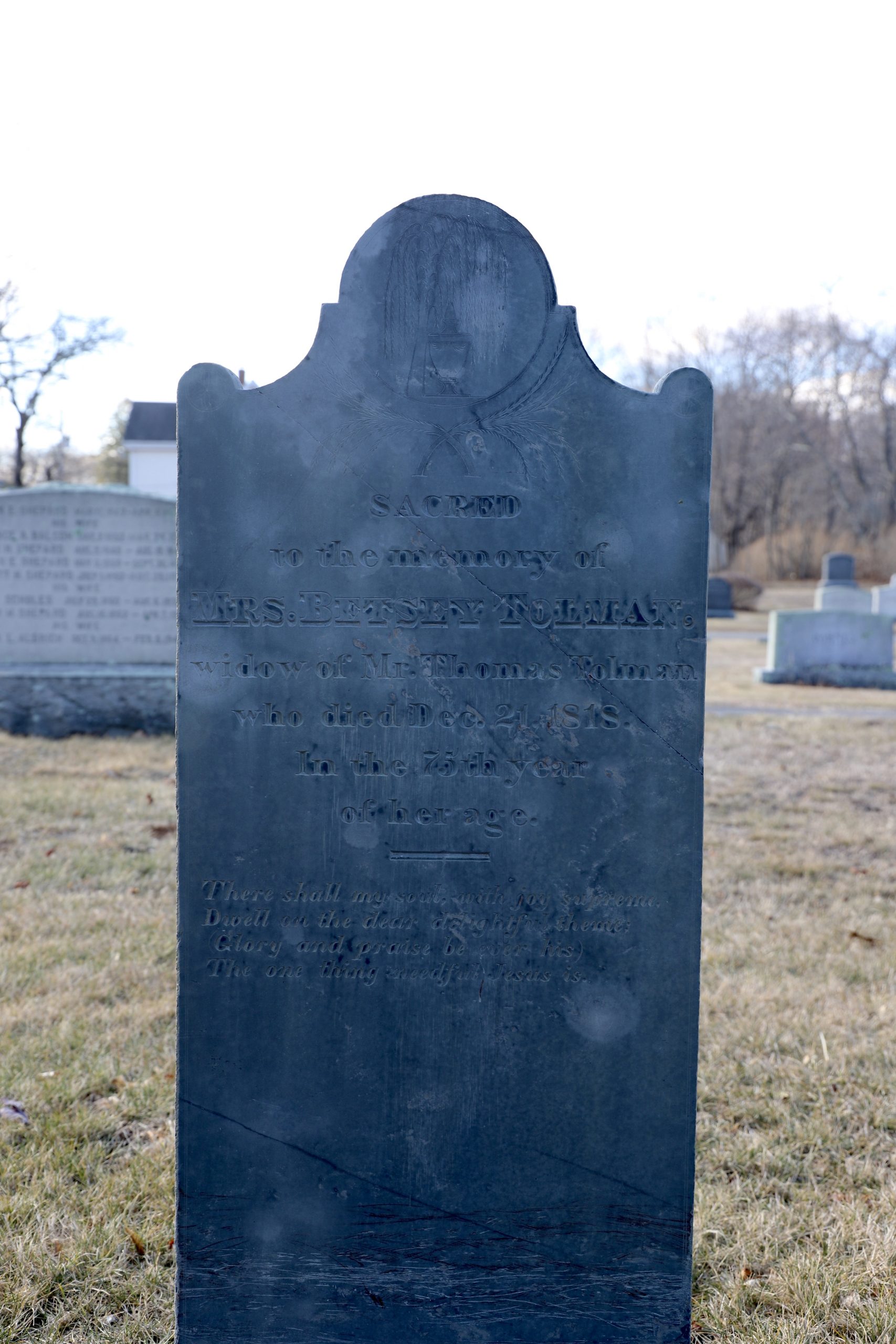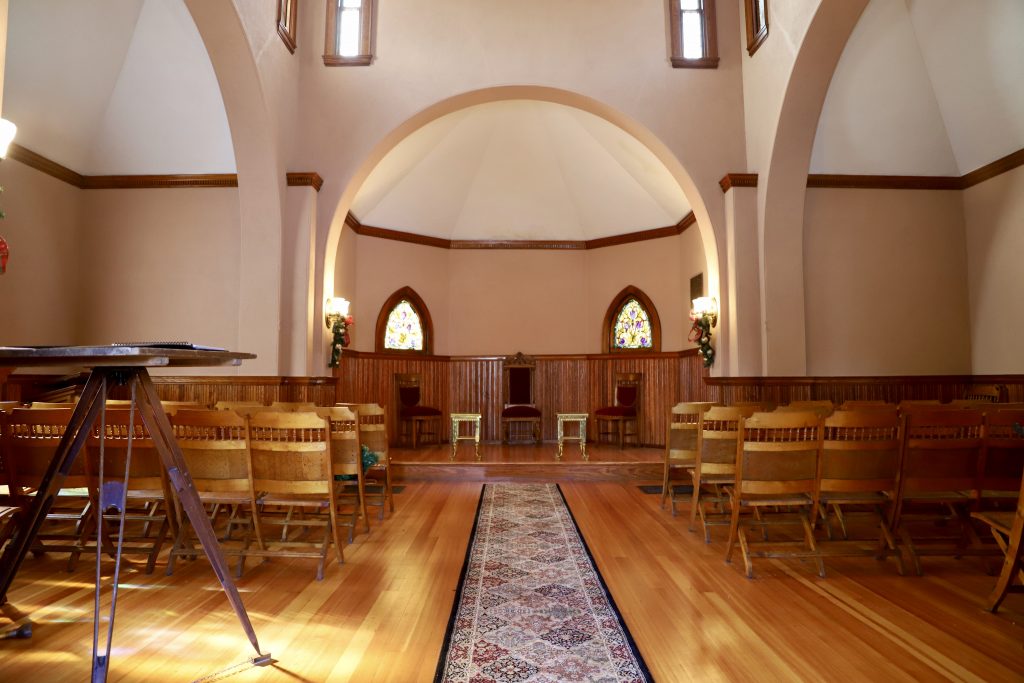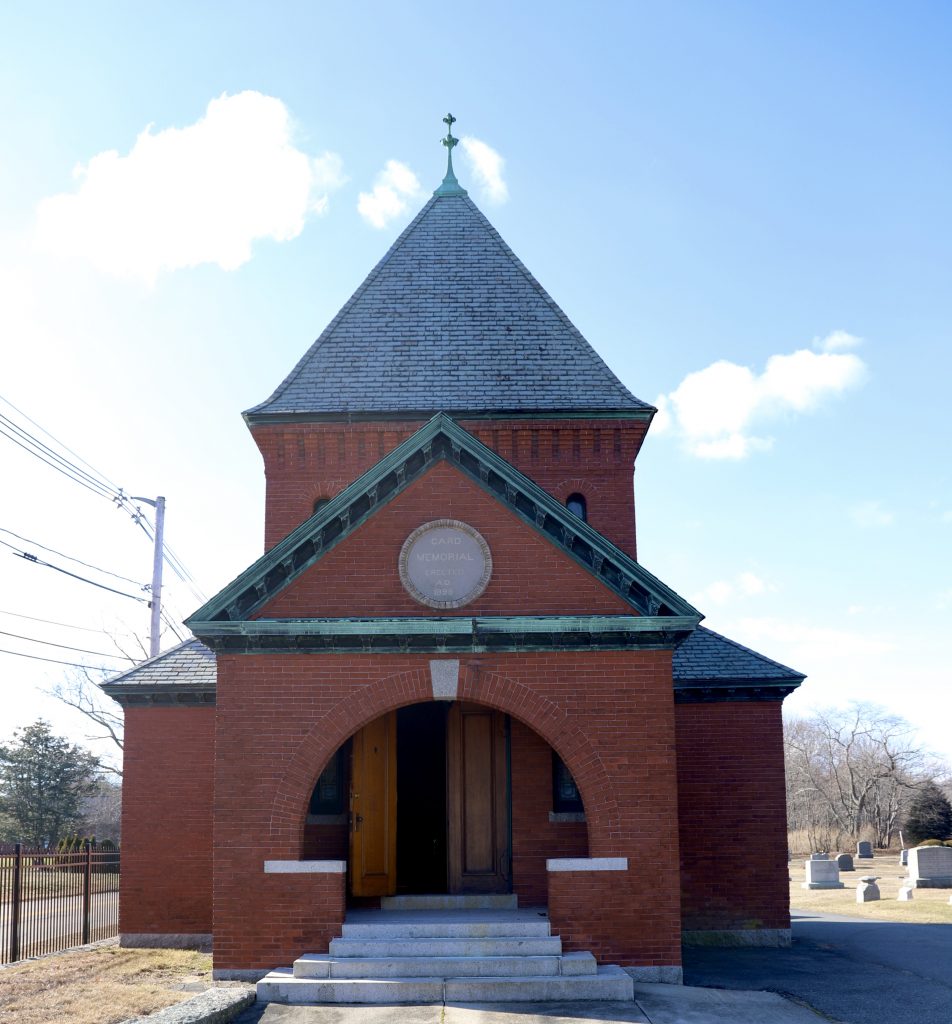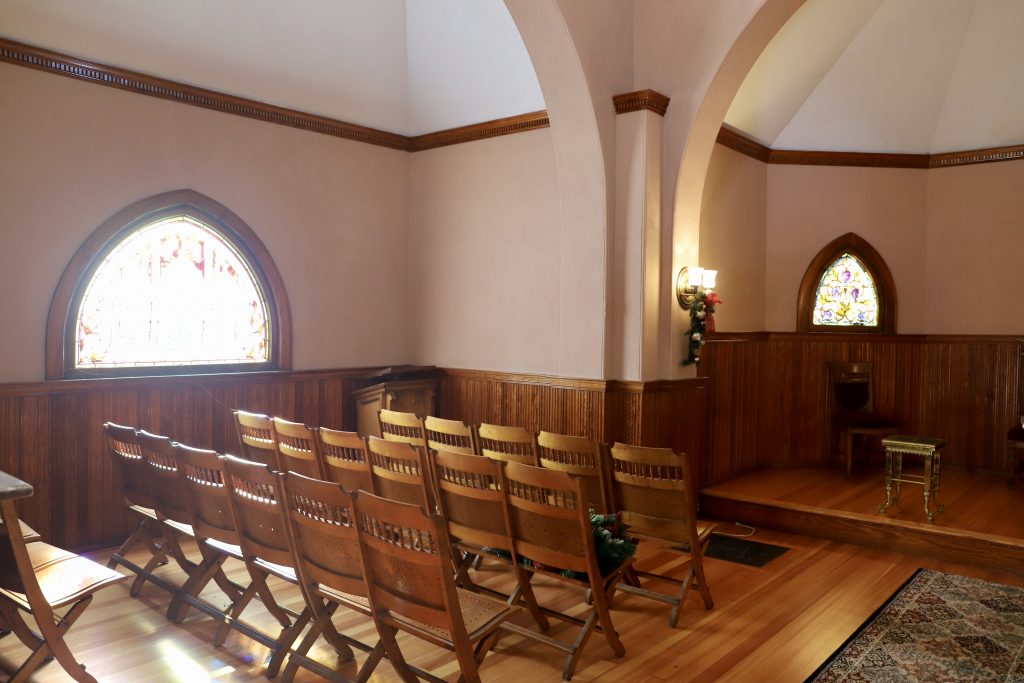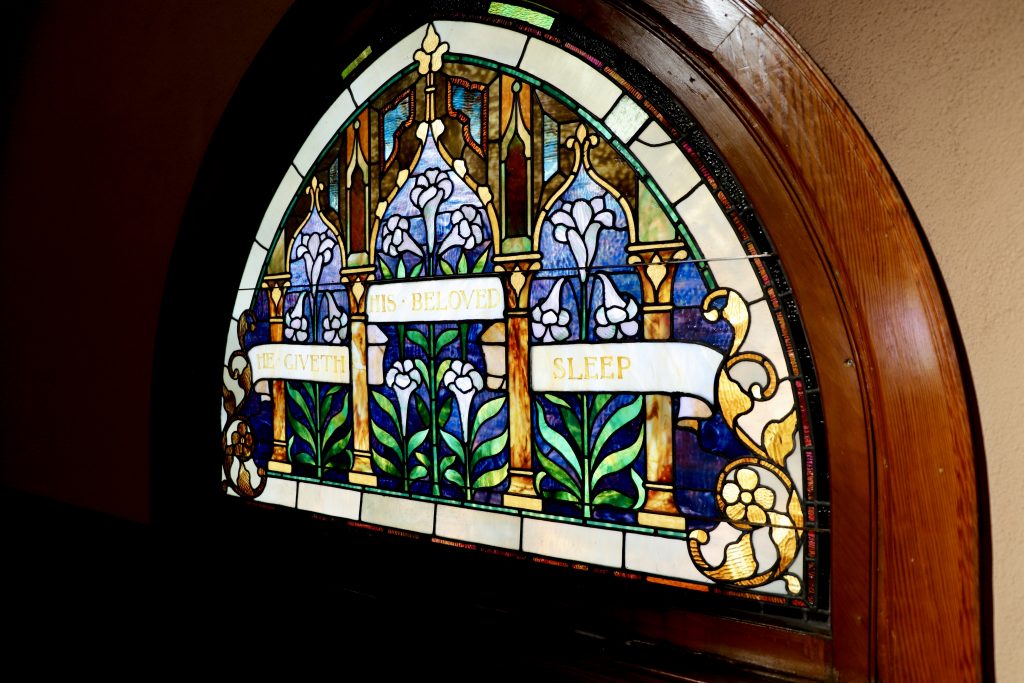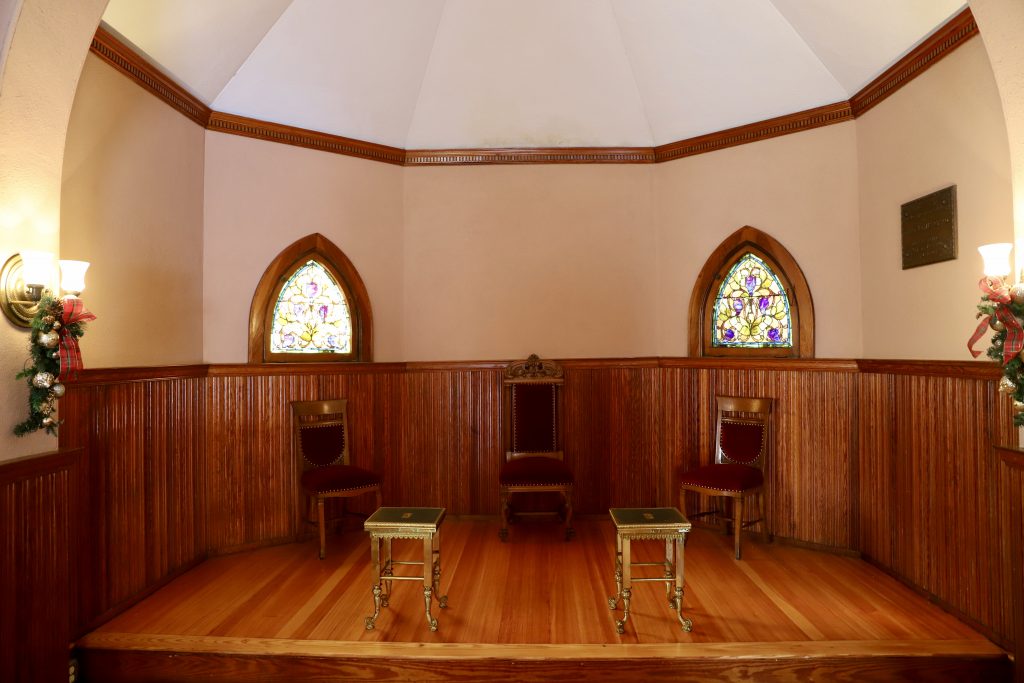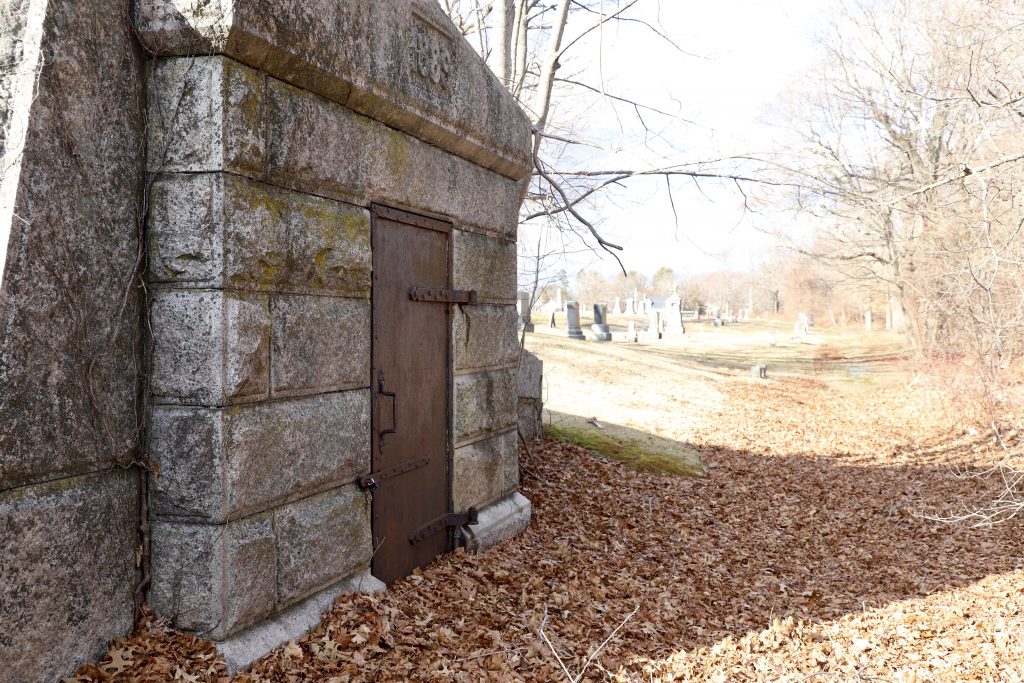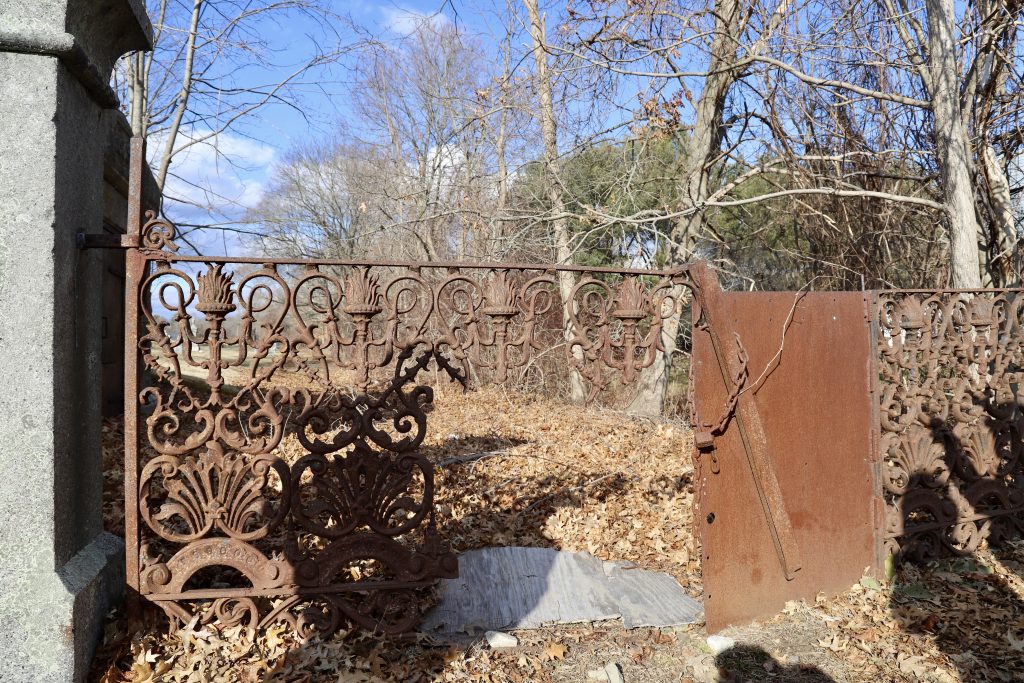President Alan Chesney’s Photographic Legacy
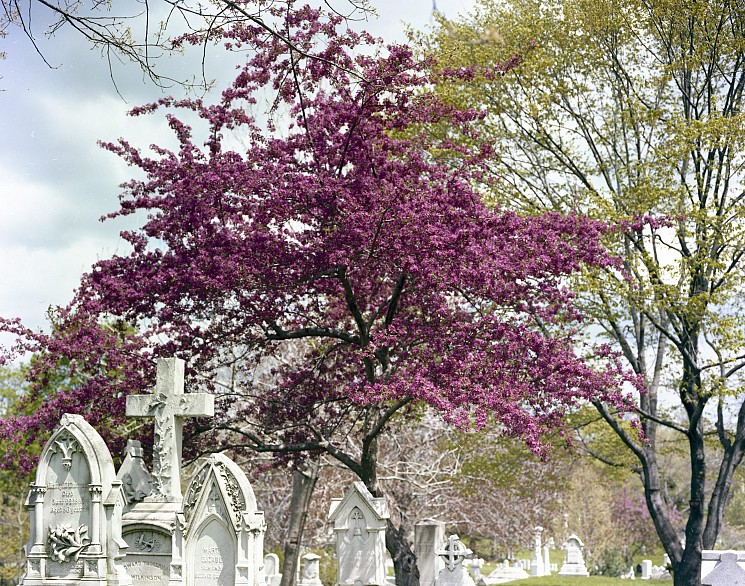
A former Air Force pilot who served 35 missions in World War II, Alan Chesney was president and trustee of Mount Auburn from 1968 to 1988. During that time, Chesney oversaw the sale of 15 acres of land for family lots and single graves, the addition of 4,000 new grave spaces, and the planting of hundreds of trees and shrubs. He also established the Friends of Mount Auburn Cemetery (FOMAC) in 1986, a program that continues to promote the appreciation of the Cemetery through its preservation, horticultural rejuvenation, and educational programs. Photo above: Flowering Tree, Wilkinson Monument, Undated.
(more…)Preserving Washington Tower

If there’s one spot people are most likely to remember about Mount Auburn, it’s Washington Tower. At 62-feet tall, the Tower provides a spectacular view of the Boston skyline, and has been one of the most beloved features in our landscape ever since it was built in 1854.
Today, the Tower is in need of preservation. If we want to guarantee that we can keep it open to the public for another century, it will require major work in the coming years.
Thanks to generous support from grants and individual gifts, we were able to complete a preservation assessment of the Tower in 2020. We now have a complete assessment, options for repair and improvements, and estimated budgets to support planning for restoration of this iconic structure.

Further planning will be needed over the next few years before the full preservation begins. But already, the 2020 assessment has shown that there is significant work to be done on the Tower’s masonry. Fortunately, its large blocks of Quincy granite are extremely durable. However, as water has worked its way into the walls from upward-facing joints at the top of the Tower, the stones have shifted – creating opportunities for water to get in. Stopping this cycle of deterioration will require dismantling the top quarter of the Tower and rebuilding it using the existing granite. Additionally, the wood tracery windows will be repaired or reconstructed, new lighting installed, and safety improvements made to the stair rail. Finally, the architect presented potential plans for increasing the accessibility of the site, including a graded path and handicap parking along the road. Stay tuned for more updates on the launch of this multi-year preservation initiative!
Beyond the Gates: A Cemetery Explorer’s Guide to the Old Town Cemetery in Mansfield, MA
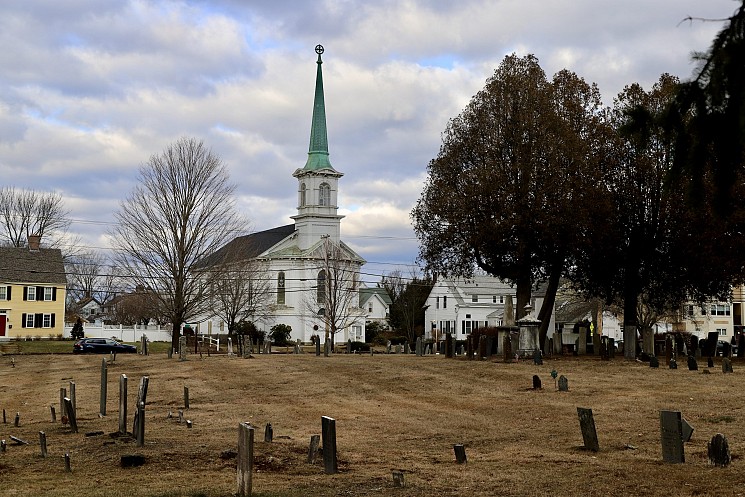
Beyond the Gates: A Cemetery Explorer’s Guide is a blog hosted by The Friends of Mount Auburn Cemetery written and researched by Corinne Elicone and Zoë G. Burnett. Our intention for this blog is to rediscover the out of the way and obscure graveyards that surround us, as well as to uncover new histories among the more well-trod grounds of prominent burial places. With this blog as a guide, visitors can experience cemeteries in a new way. As important landmarks of cultural heritage, our hope is that interest in these quiet places will help to preserve and educate us about our past and, ultimately, everyone’s shared future.
OLD TOWN CEMETERY | MANSFIELD, MA (~1658)
Following last week’s post, Corinne and I also toured another of Mansfield’s thirteen cemeteries during our visit. Possibly the burial ground of Mansfield’s first parish, settled in 1658, many graves in the Old Town Cemetery predate the town’s 1775 incorporation. The town Common is watched over by the Congregational Church’s historic copper steeple, built on foundations laid in 1764. This site is the last in a series of meetinghouses that served as the hubs of all early American towns, and Mansfield is a great example of how these communities expanded through the centuries while preserving its historical core.
The stones of the Old Town Cemetery reveal an expansive variety of designs and materials. An impressive amount of portrait stones neighbor finely inscribed early geometric willows, figural setting suns, and nineteenth-century urns that almost resemble Islamic lamps. Unusually ornate floreate, symmetric patterns occupy a good percentage of lunettes. Particularly of note are the hybrid cherub-skulls that seem to be from the same workshop as the suns. One rather crude but endearing example of this motif can be found amidst a grove of trees , possibly an apprentice’s attempt at his master’s original design.
Some of the slate stones appear to have been partially conserved, resulting in an unusual green tint on the front surface. This usually only occurs when lichen spreads over slate, but even then it more commonly forms distinct clumps rather than a film. The tint could also be a result of chemical erosion, and appears to have been on the stones for some time. Similarly mysterious are a few markers of a distinctly darker slate than their peers. While most surviving gravestones are made from green slate, these resemble contemporary Grayson slate, quarried today in Virginia. Boston’s slate quarries were once a bountiful resource, but without chemical analysis it’s tricky to determine the dark slate’s origin.

No seventeenth-century headstones have survived, and the oldest belongs to Sarah Pratt (d. 1724), the sole decoration of which is the inscription of her name, her husband Josiah’s name, and her death date. Their son, Josiah’s second wife, and the children of that union are laid to rest nearby. Josiah is credited with co-owning Mansfield’s first grist mill, which was operational from 1719 to 1824, mainly so he and his partner could warrant owning the twelve acres granted to grist mill owners at that time. All around are buildings and plaques commemorating the town’s self-efficiency, including an industrial boom in the twentieth century that has since declined. Empty as the Common is during pandemic times, one hopes that when the weather warms, the few fallen and broken stones will receive some attention.
ABOUT THE AUTHOR

Z.G. Burnett is a writer and editor with a background in early American history and material culture. She has been published by The Attic on Eighth, Ivy-Style, and The Vintage Woman Magazine. Combining her passion for the paranormal and everything pink, Z.G. is currently working on her first personal style guide.
If you are a representative of a cemetery or a cemetery historian and would like to see your cemetery featured in this blog please email Corinne Elicone at celicone@mountauburn.org
Beyond the Gates: A Cemetery Explorer’s Guide to Spring Brook Cemetery in Mansfield, Massachusetts
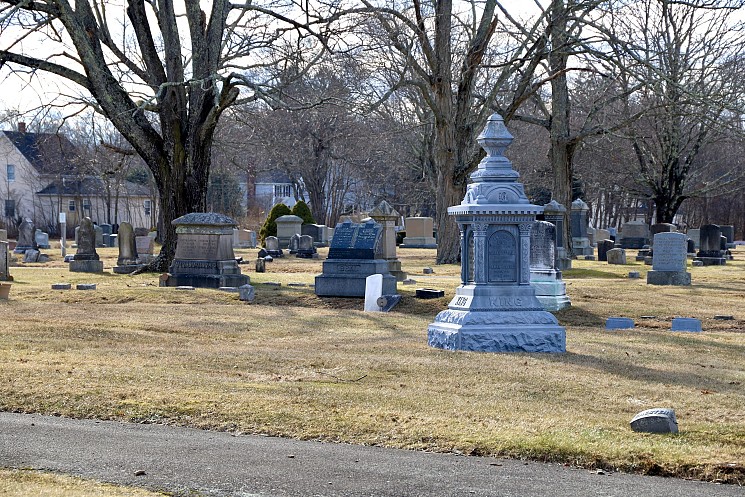
Beyond the Gates: A Cemetery Explorer’s Guide is a blog hosted by The Friends of Mount Auburn Cemetery written and researched by Corinne Elicone and Zoë G. Burnett. Our intention for this blog is to rediscover the out of the way and obscure graveyards that surround us, as well as to uncover new histories among the more well-trod grounds of prominent burial places. With this blog as a guide, visitors can experience cemeteries in a new way. As important landmarks of cultural heritage, our hope is that interest in these quiet places will help to preserve and educate us about our past and, ultimately, everyone’s shared future.
SPRING BROOK CEMETERY, MA (1860)
Reader, today we have a tale of two different kinds of cemeteries, both alike in dignity under one name in fair Mansfield, Massachusetts where we lay our scene. Spring Brook Cemetery, consecrated in 1860, has a clear boundary between the old and the new. A simple flat plot of land next to what we can only assume used to be a babbling brook now down to a steady trickle, rests with a few structures of interest and a smattering of Victorian-style beech trees. In the old quarter (19th century) marble, granite, and even a handful of zinc monuments memorialize Mansfields’ dead: many masons from the very active Mansfield Masonic Lodge, lots of Odd Fellows, as well as appearances from the Grand Army of the Republic. Camaraderie and fraternal bonds seem to be some of the most pervasive values of the old industrial town.
On the opposite side of the cemetery, modern monuments stand with sleek and shiny granite polished and etched into familiar terms of endearment, and many a “fishing with dad” reference. The difference between the two sides of the cemetery is stark. At the turn of the 19th century burial tastes rapidly developed and so did the design and aesthetic of modern day death paraphernalia. Journey through a late 20th – early 21st century cemetery and you’ll find mementos of plastic or stone left by the active family members missing their loved one, and bringing them tokens and treats, much as they did when they were alive. I even saw a toy horse at the grave of a horse aficionado. In the cemetery community there is often a harsh judgement placed on these mementos and those who leave them. While I maintain concern for the environment, the preservation of the stones, as well as the groundskeeper’s equipment, I can’t help but be poignantly charmed by the thoughtfulness and personality these mementos give to the modern inexpressive granite blocks. They are evidence of a visitor to often lonely places.
For David Grant, the President of Spring Brook cemetery, the continuing story of the cemetery is also a personal one, a thought that becomes apparent to me as we happen upon a tombstone bearing the name “Grant”.
“My wife left out his favorite cupcakes the other day” he says as we stop to look. His son is buried in this spot and it was his 54th birthday recently. And a range of his other family members going back generations are scattered throughout the cemetery. Stewardship in cemeteries (especially very old ones) often comes in the form of an adopted fondness–a rogue genealogist seeing a need and filling a need, a parks department official slowly fixing a decrepit perimeter, a member of a local historical society meandering through a maze of archives…
Poignantly observing the President of this cemetery stop at his son’s grave, I realize he is both client and salesperson, visitor and security, genealogist and the genes themselves. A unique combination that lends itself to a great deal of passion and a curbing sense of realism. Realism, which far too often challenges Spring Brook Cemetery.
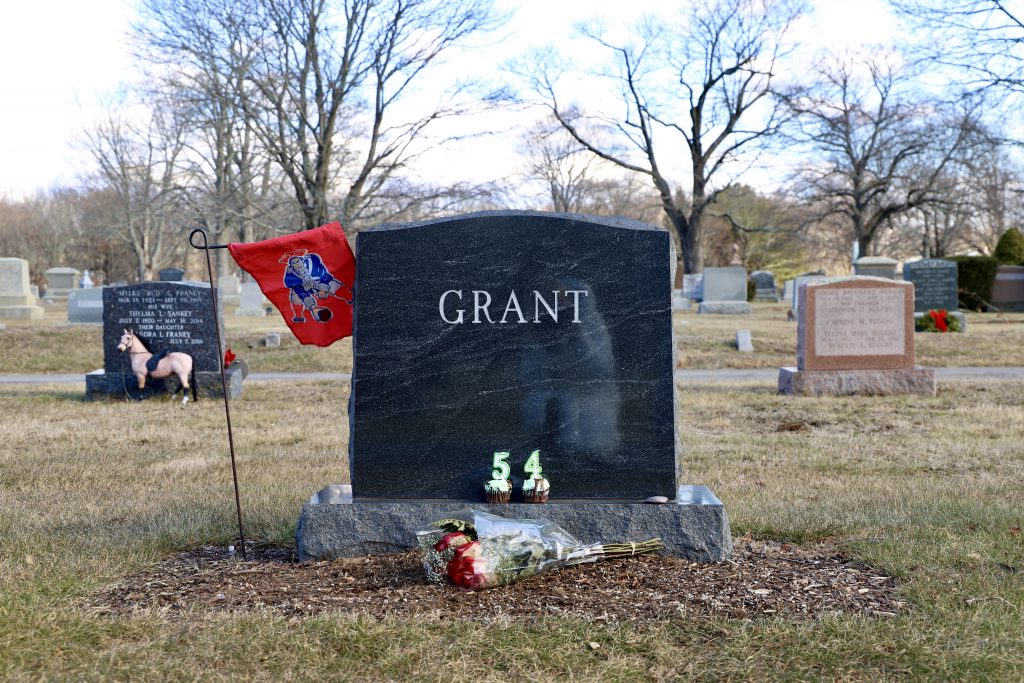
PRESERVATION & HISTORY
Despite the pandemic (which is overwhelming many cemeteries), sales at Spring Brook have been low leaving David Grant and his fellow board member Kevin McNatt (who is also President of the Mansfield Historical Society) in a number of financial binds. As we walk there are a number of old stones in need of preservation. In the past, Spring Brook received a grant and retained the services of the conservators of Beyond the Gravestone (great name). But it appears time and its habit of decay is outpacing the number of grants available to Spring Brook. A few weeks ago, a truck carrying a backhoe came through the gates and knocked the massive granite Spring Brook entrance sign to the ground! Another challenging item to add to Grant and McNatt’s ever-growing ledger. Sadly, this is the case for many old cemeteries as they develop into a future that seems increasingly set on forgetting them. Despite the ever-growing to-do list, Grant and McNatt seem determined that the projects will be completed, and from what I’ve learned about what they’ve accomplished already, I believe it too!
In 2007 Spring Brook Cemetery was added to the National Register of Historic Places. Despite being consecrated in 1860 as a non-profit, non-denominational cemetery, the earliest date on a monument is 1790 and the land had been used as a burial space up until it’s consecration 70 years later. The earliest newspaper in Mansfield was the Mansfield News in 1873, so there are no articles that can be researched to determine more accurate info of the deaths and burials in the town. Spring Brook is presently scouring old documents from Cemetery Records to see if they can find more. Archeologists have yet to determine if these earlier burials were original to the land, or if they were reburied from other burial grounds at a later date. According to the archeological survey conducted, there may exist a number of unmarked burials in Spring Brook, most likely of the community’s poor or unclaimed dead. While no known historic Indigenous sites have been found within the boundaries of Spring Brook it is possible they exist undiscovered– considering the activity of the Wampanoag people less than a mile away.
STRUCTURES
The Card Memorial Chapel is the largest structure on the grounds and was constructed in 1898 after the death of Mary Lewis (Lulu) Card– daughter of the prominent Mansfield Industrialist, Simon Card. A newspaper headline from June 3rd 1898 reads, “The Card Memorial Chapel: A Beautiful and Substantive Tribute to the Memory of a Beloved Only Daughter”. Spring Brook had recently received funding from the Mansfield Non-Profit Committee to refurbish the chapel. Inside the chapel is a warm and quaint location for a small family service, or even (as Grant told me took place a few years ago) a wedding!
In the corner of the cemetery right beside the babbling brook of the namesake is the receiving tomb for Spring Brook built in 1889. Before the invention of jackhammers, backhoes, and electric heaters when the ground was too frozen to dig, that was that. Pack it up and wait for spring. But where would the bodies be stored in the winter? Aha! The receiving tomb. I did a video for Mount Auburn on receiving tombs. Check it out if you’d like to hear more.
There is a beautiful original and ornate cast-iron fence roadside by the receiving tomb. Recently, Spring Brook received a donation to begin repairs on their perimeter fence, and I do hope that they are able to repair this portion someday soon!
Oftentimes when we learn about death we are either learning about the past or the future. The old way of doing things vs the new way of doing things. For historic cemeteries still operating today there exists a fluidity on this spectrum full of growing-pains as we adapt and create. And we couldn’t do it without our visitors and clients who guide us in different directions and illuminate so much about the end-of-life choices we want to provide. Support your local cemeteries, they are places of rich history, cultural tapestries, and philosophical guidance.
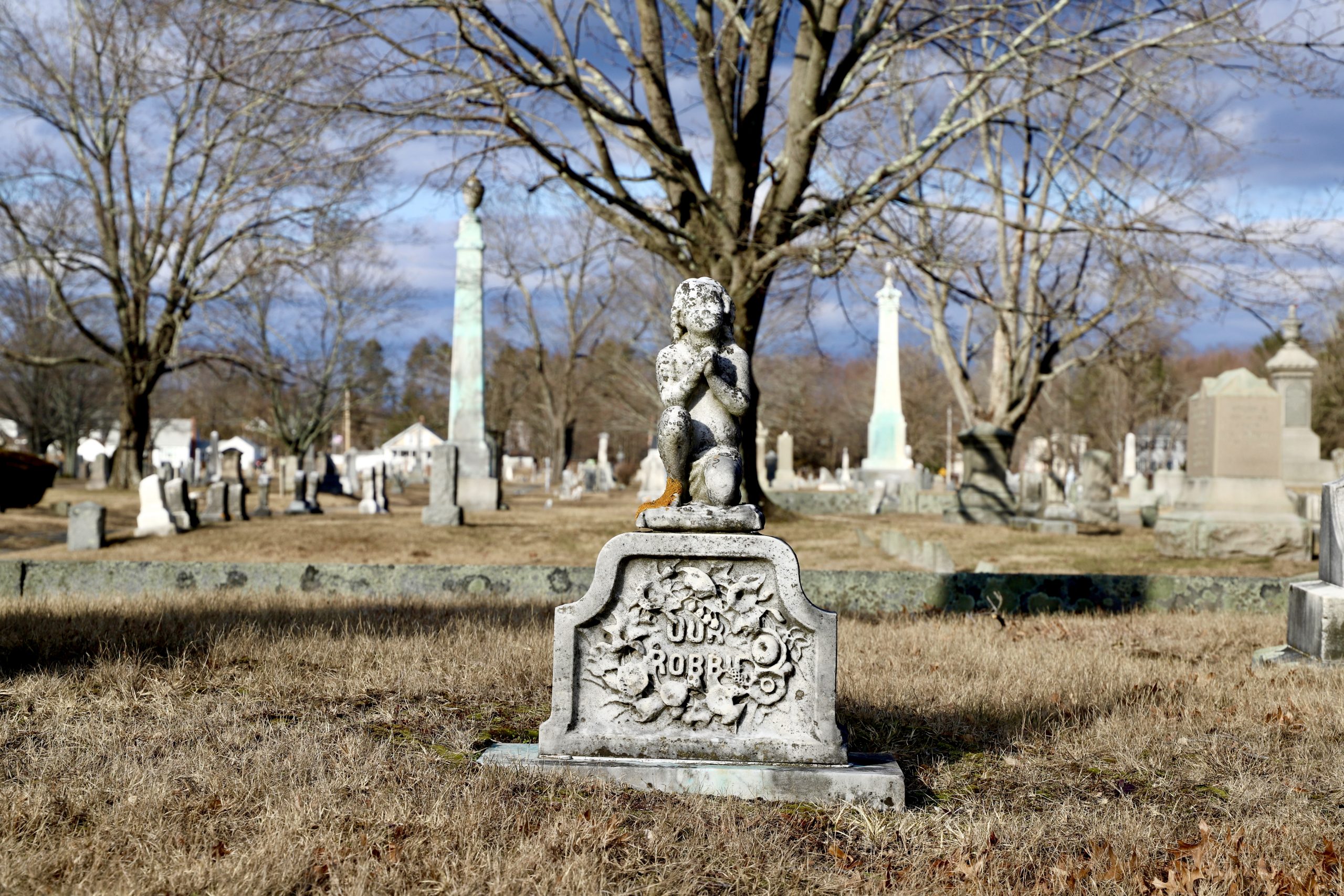
A big thank you to David Grant and Kevin McNatt and the rest of the board of Spring Brook Cemetery for inviting me. Please learn more about the cemetery on their website here: https://www.springbrookcemetery.com/
ABOUT THE AUTHOR

Corinne Elicone is the Events & Outreach Coordinator at Mount Auburn Cemetery. She curates Mount Auburn’s “death positive” programming, online video content, and historic walking tours of the grounds. She is also Mount Auburn’s first female crematory operator in their near 190 year history.
If you are a representative of a cemetery or a cemetery historian and would like to see your cemetery featured in this blog please email Corinne Elicone at celicone@mountauburn.org
